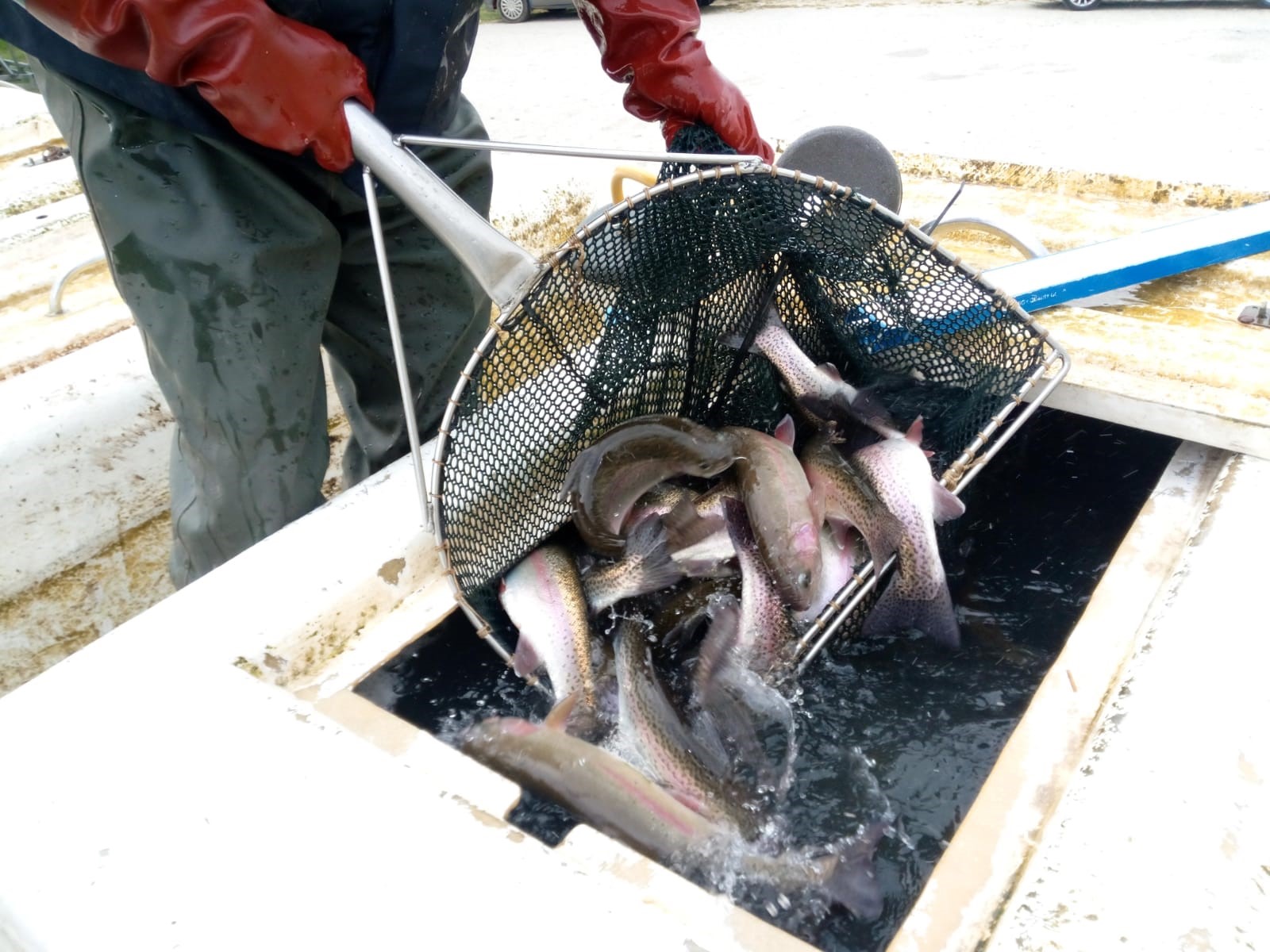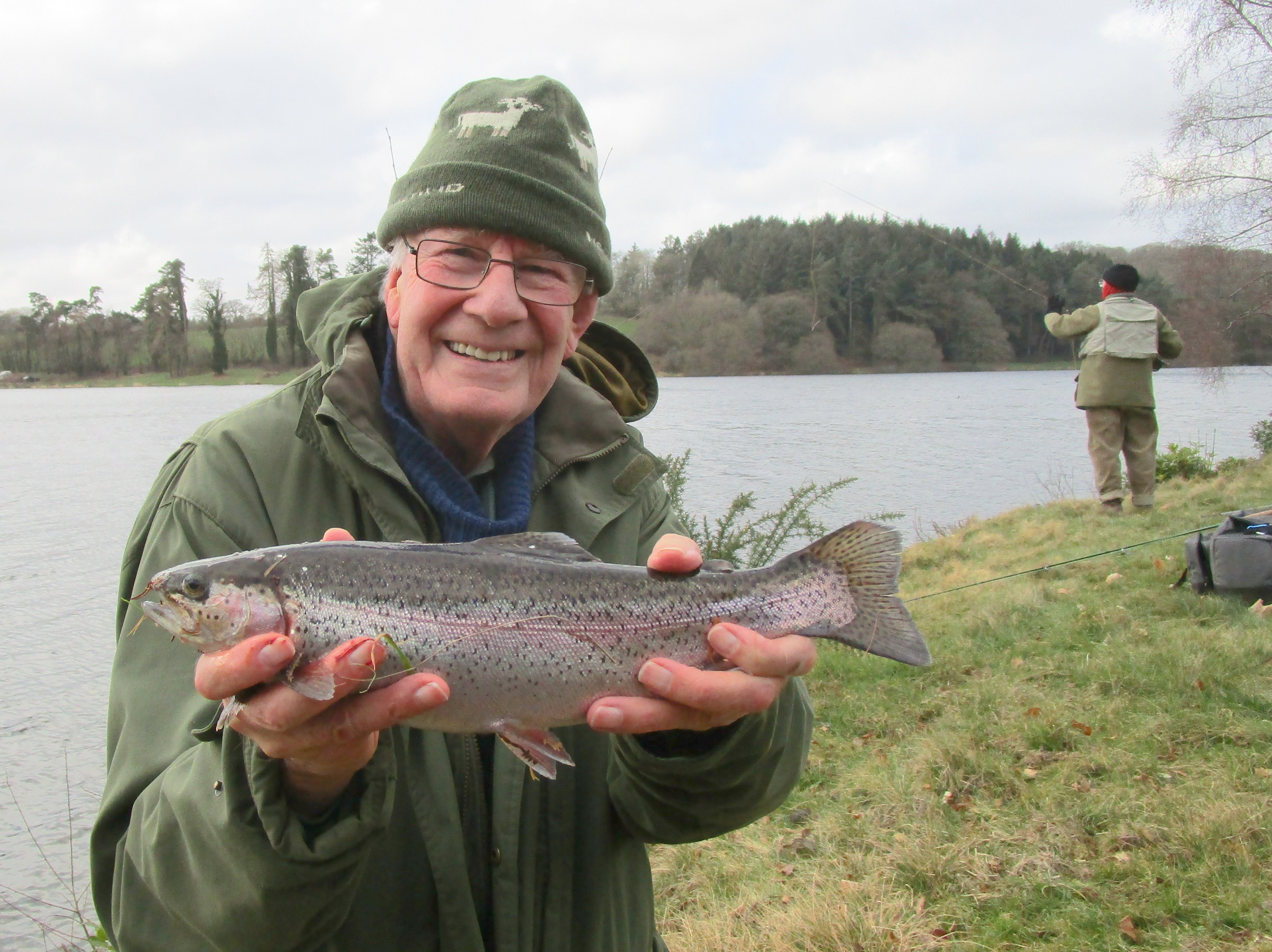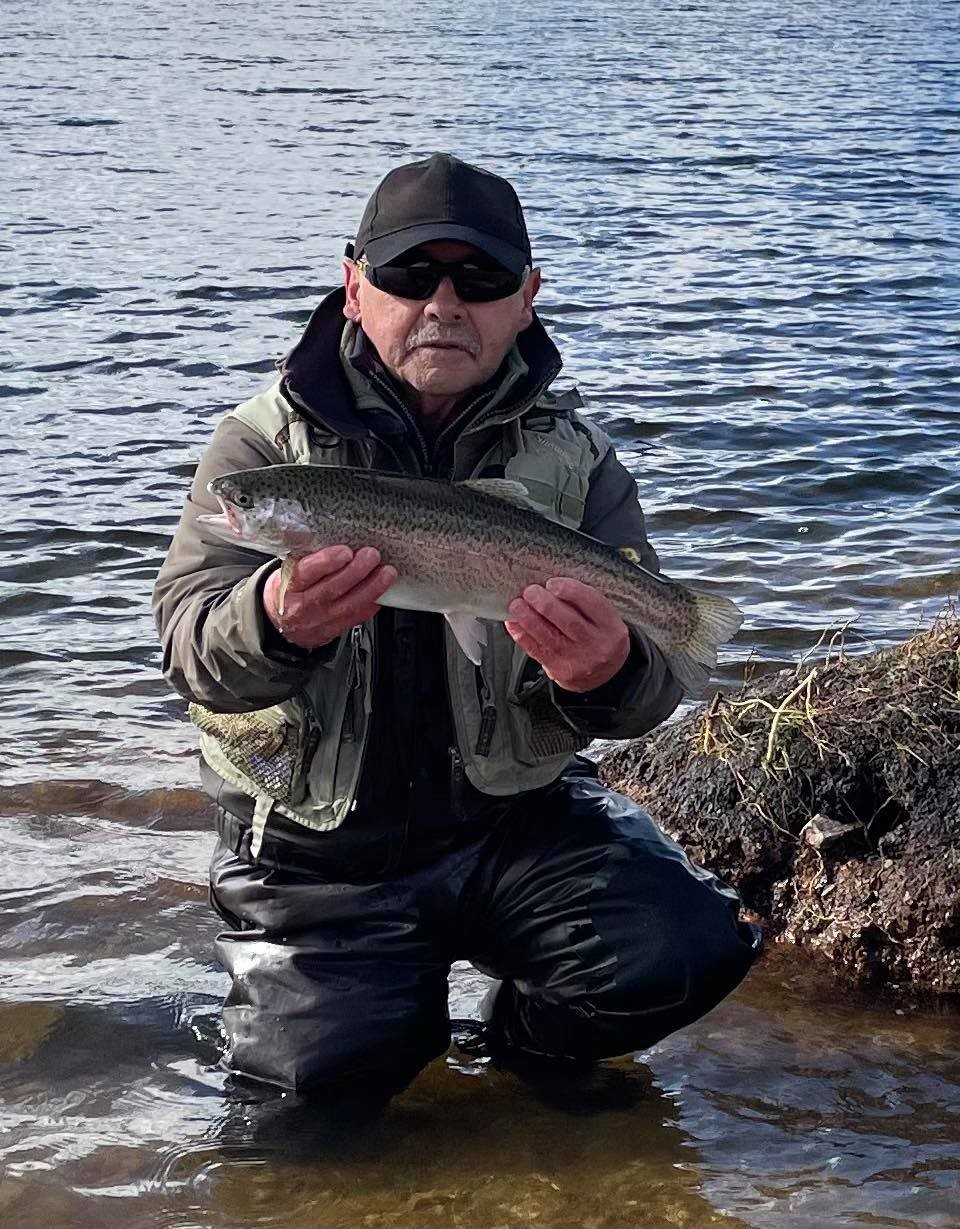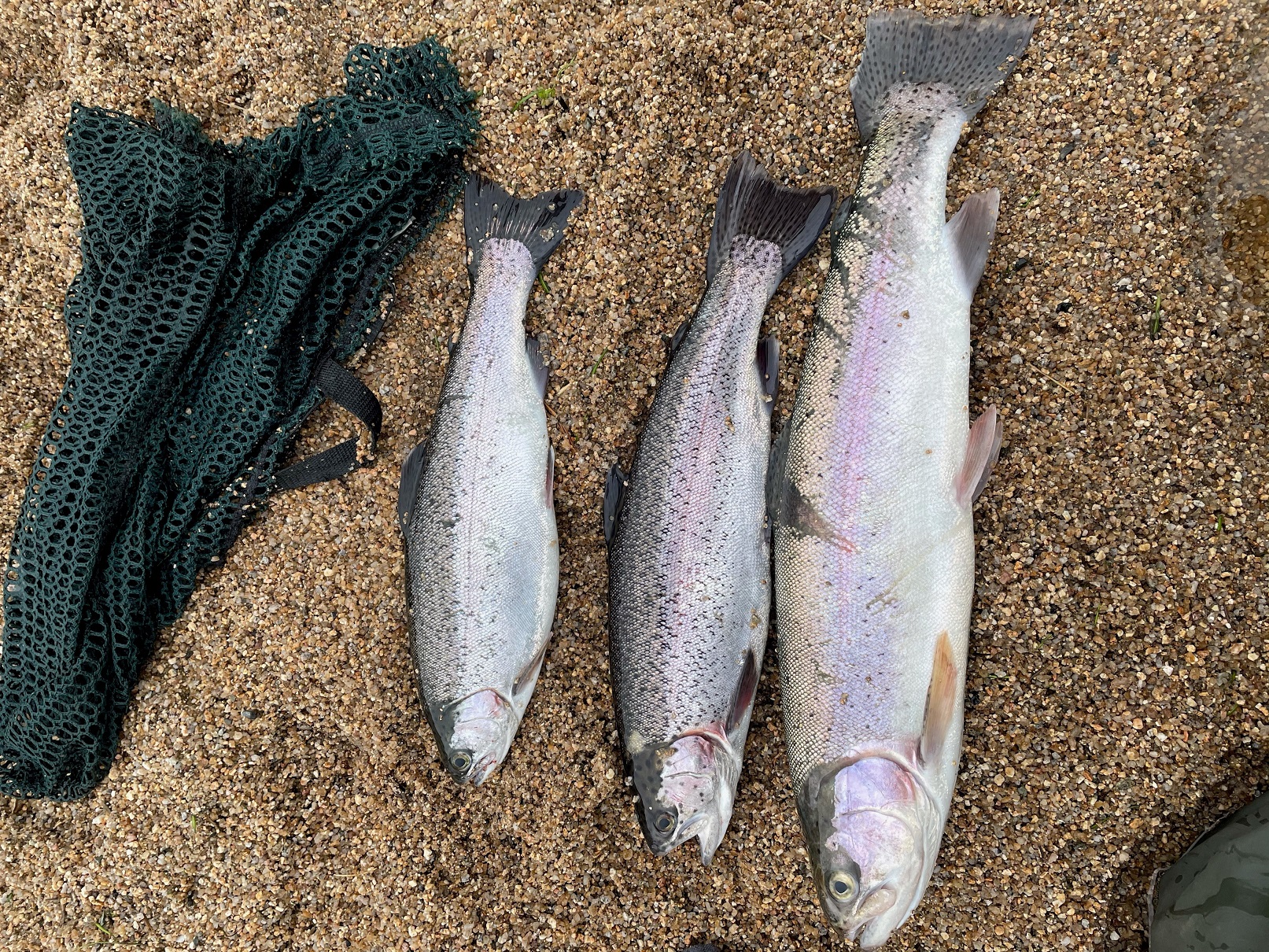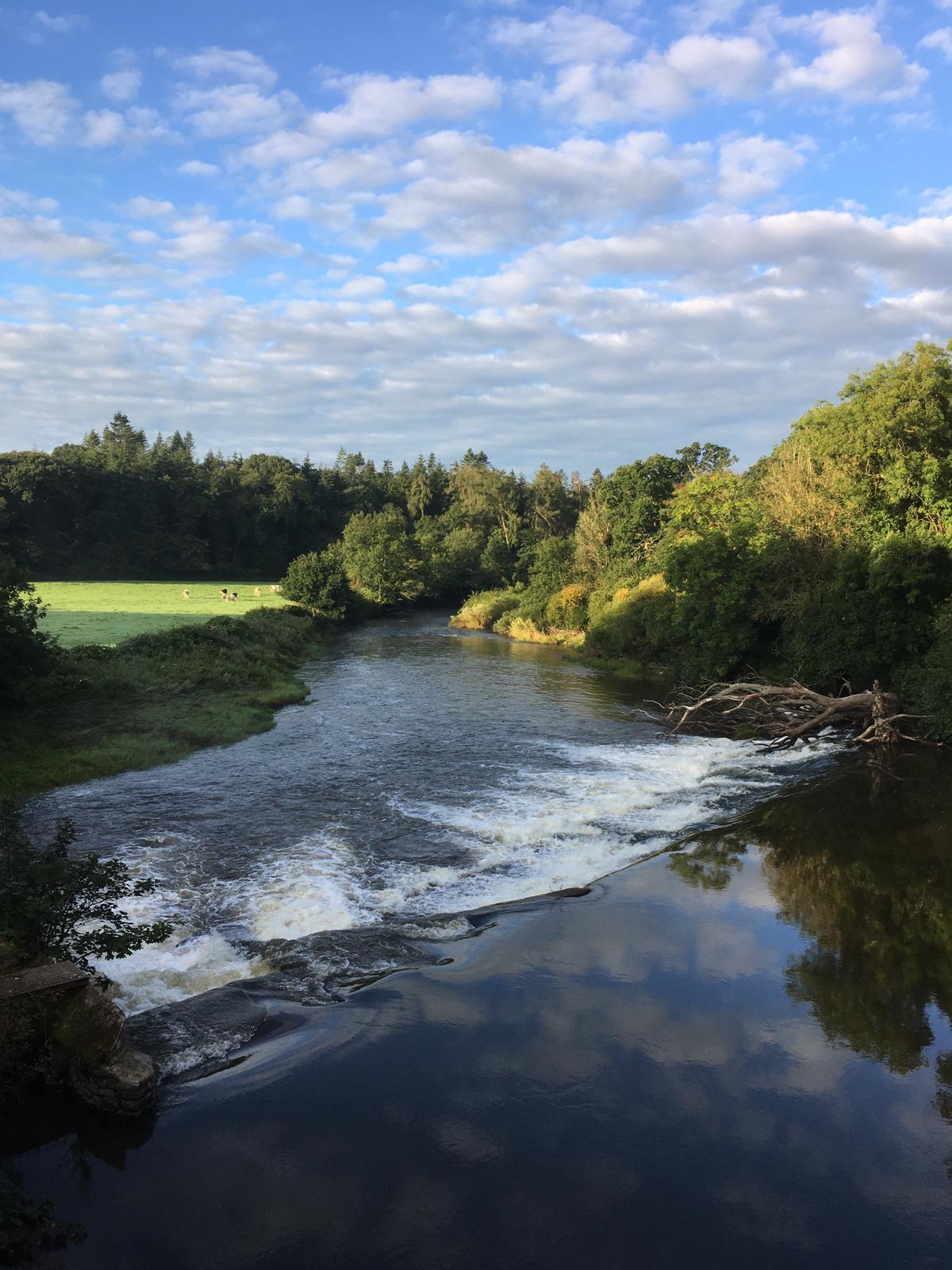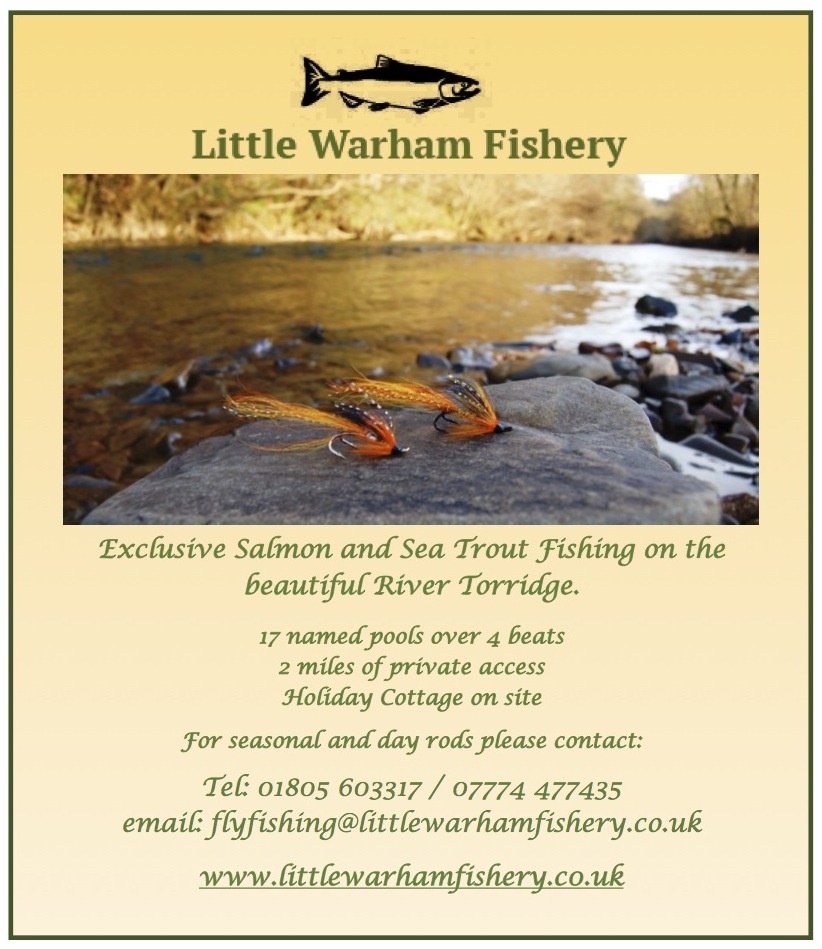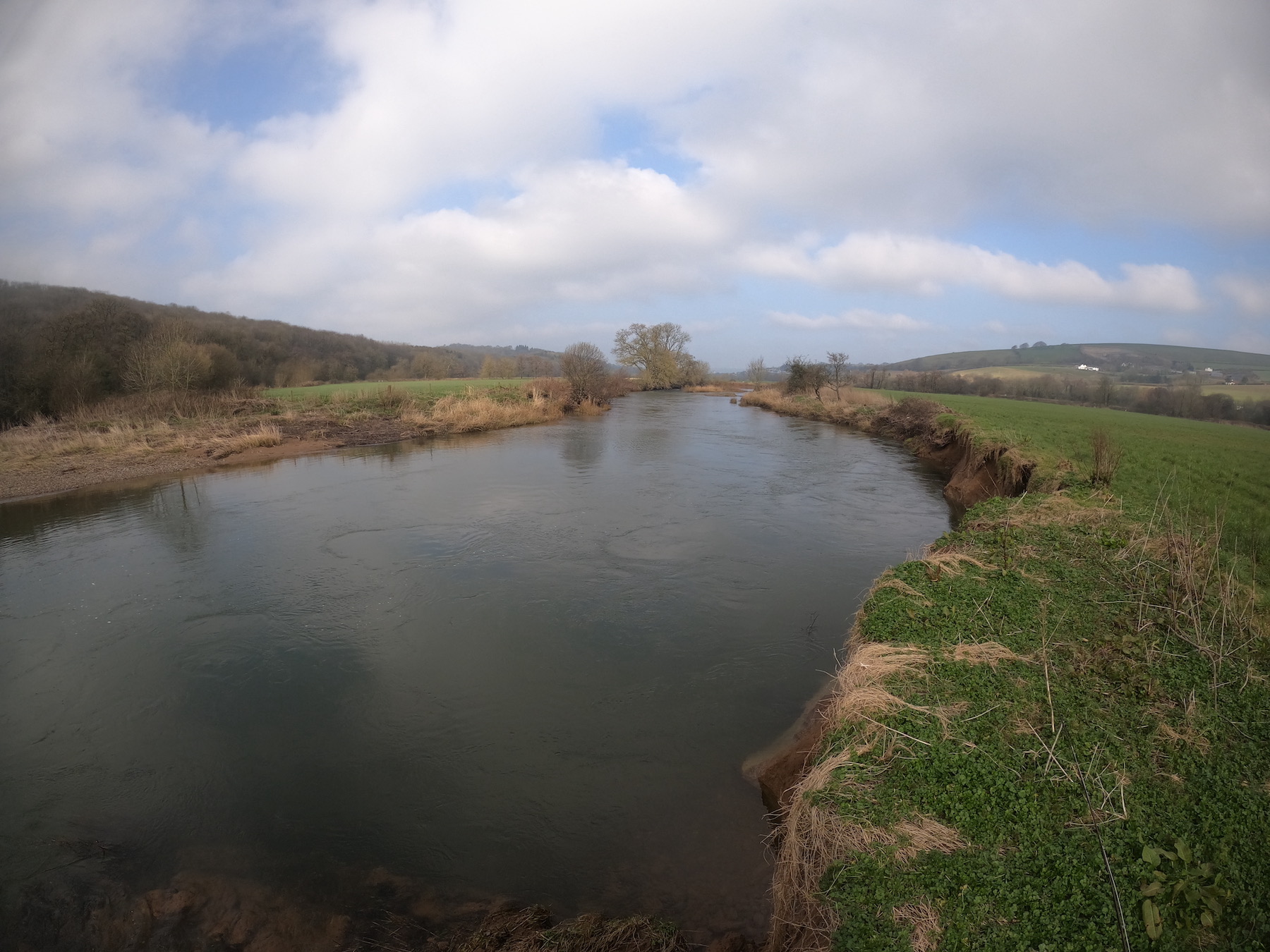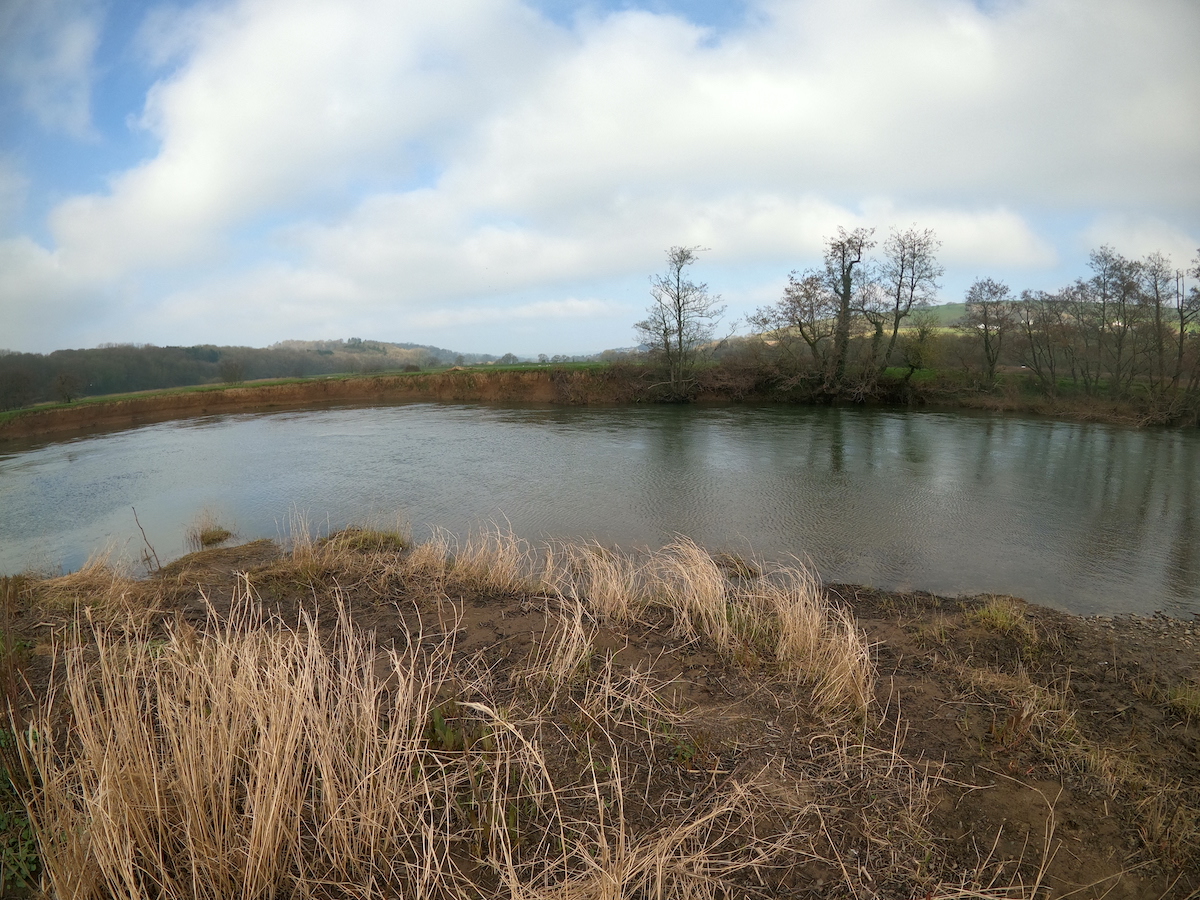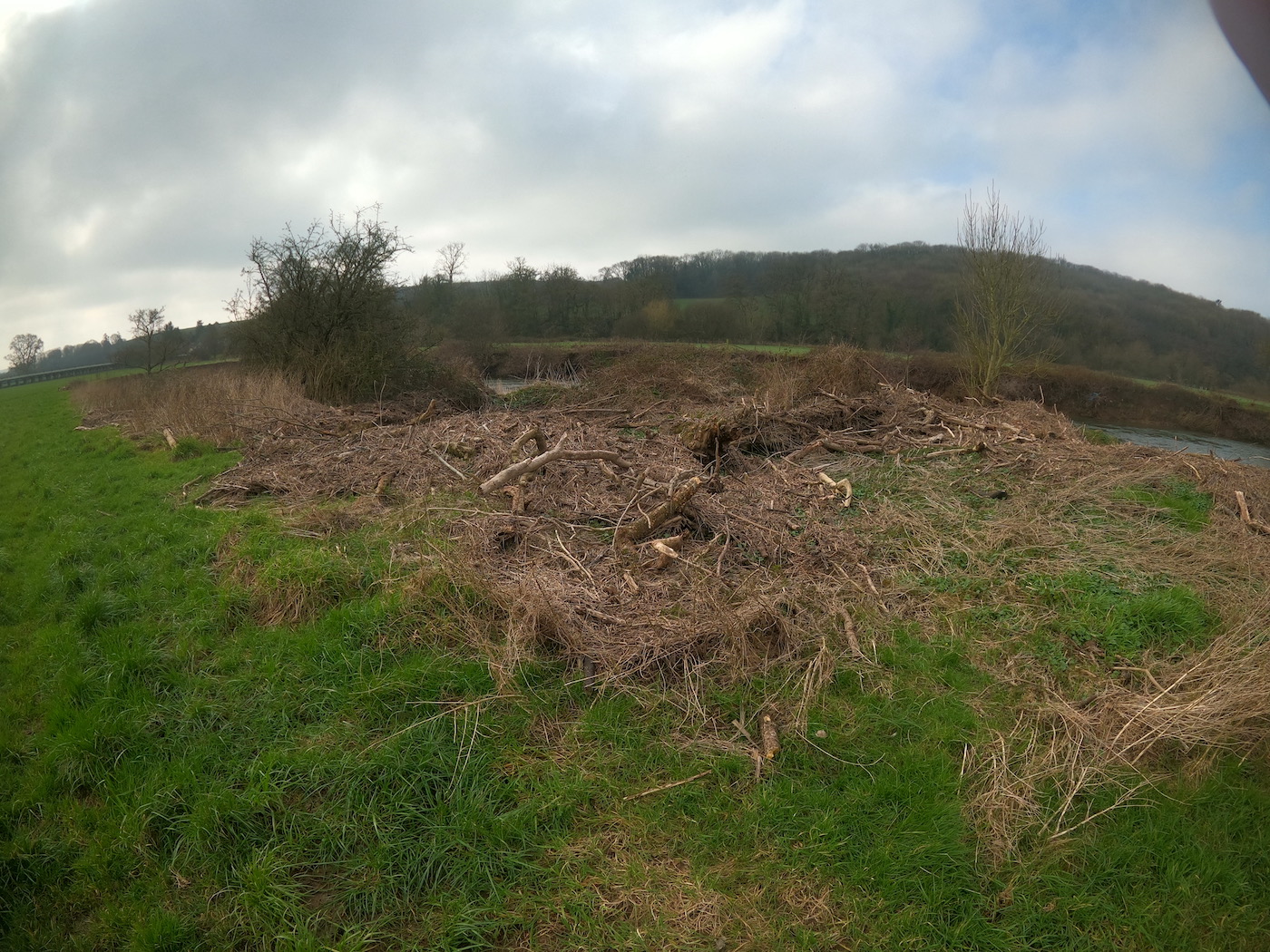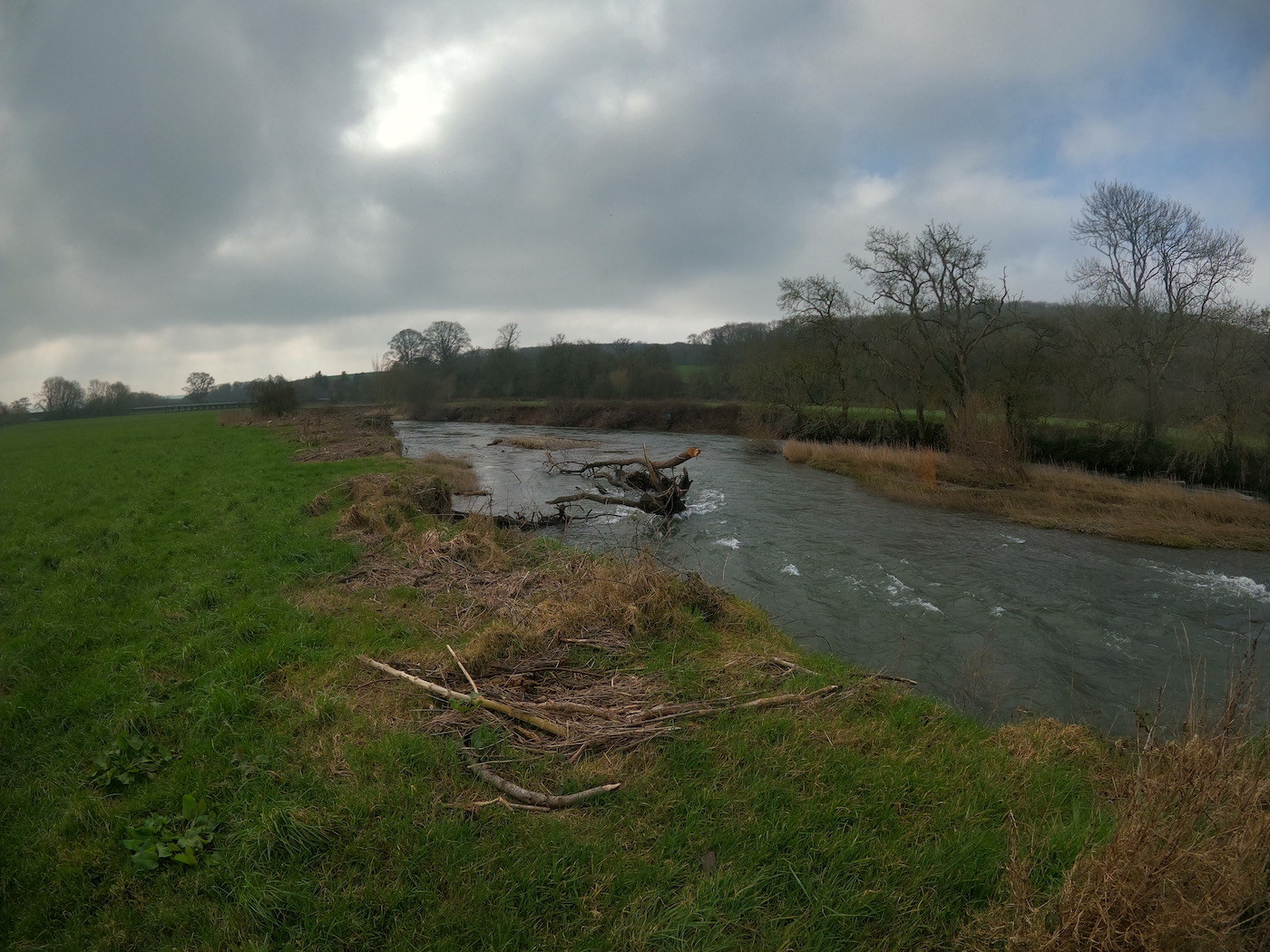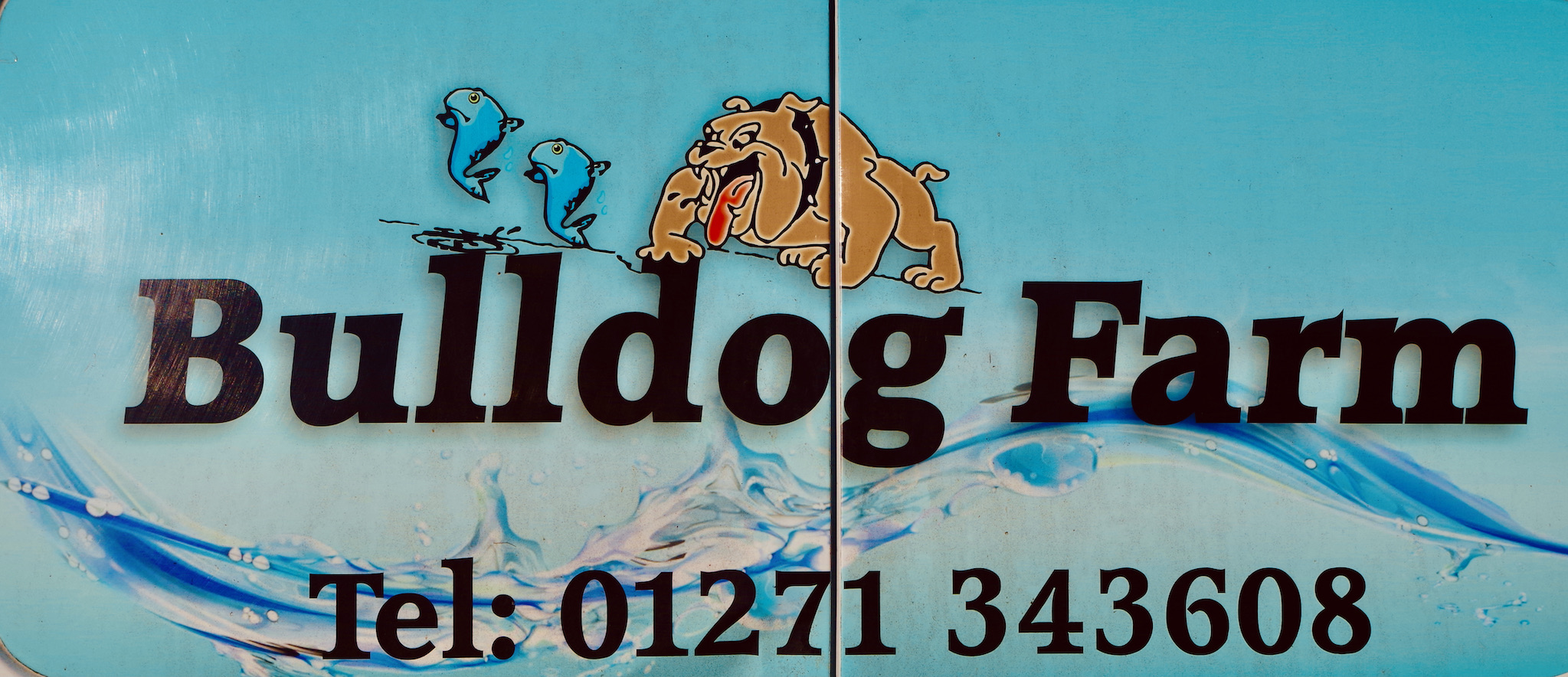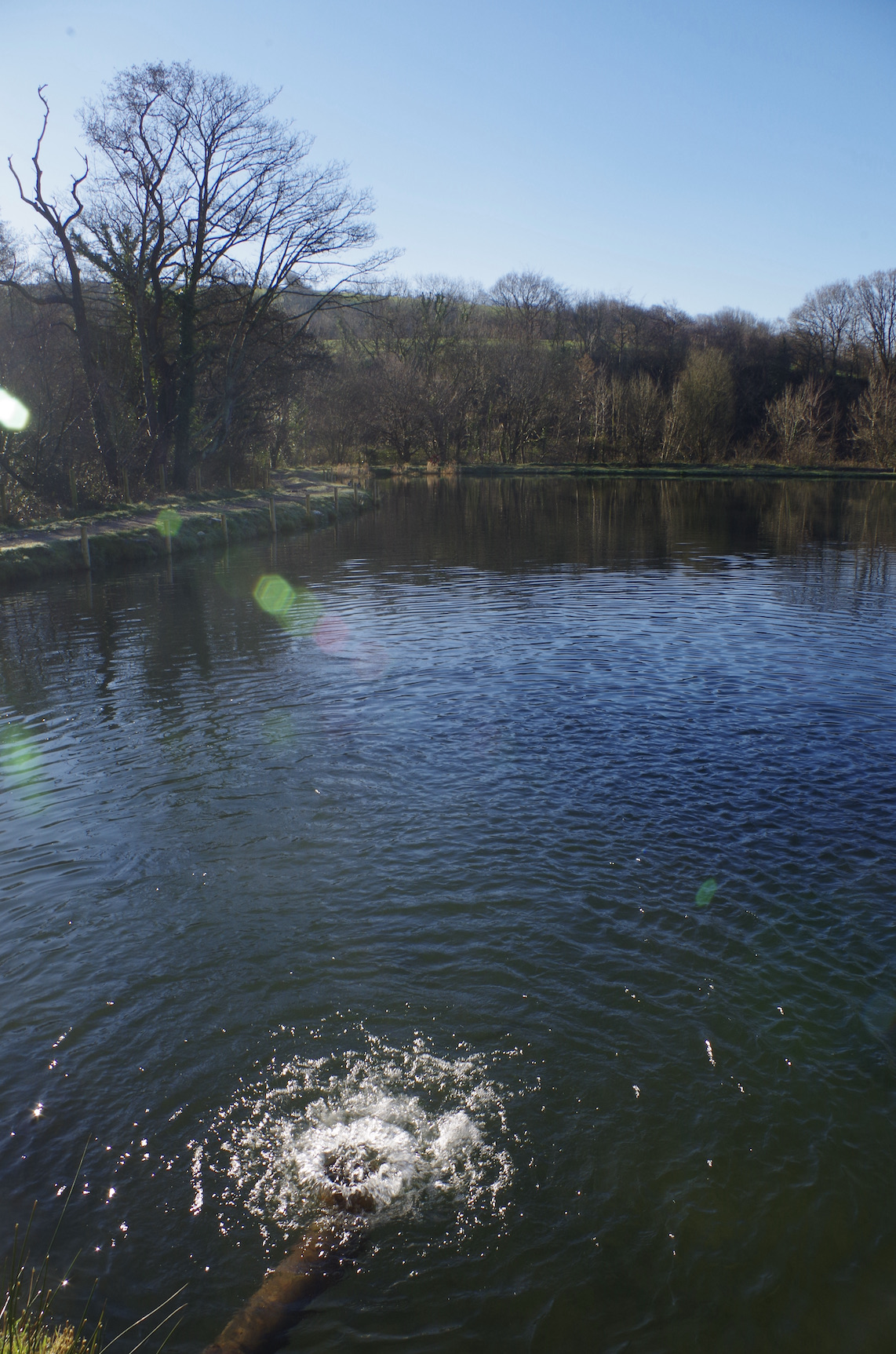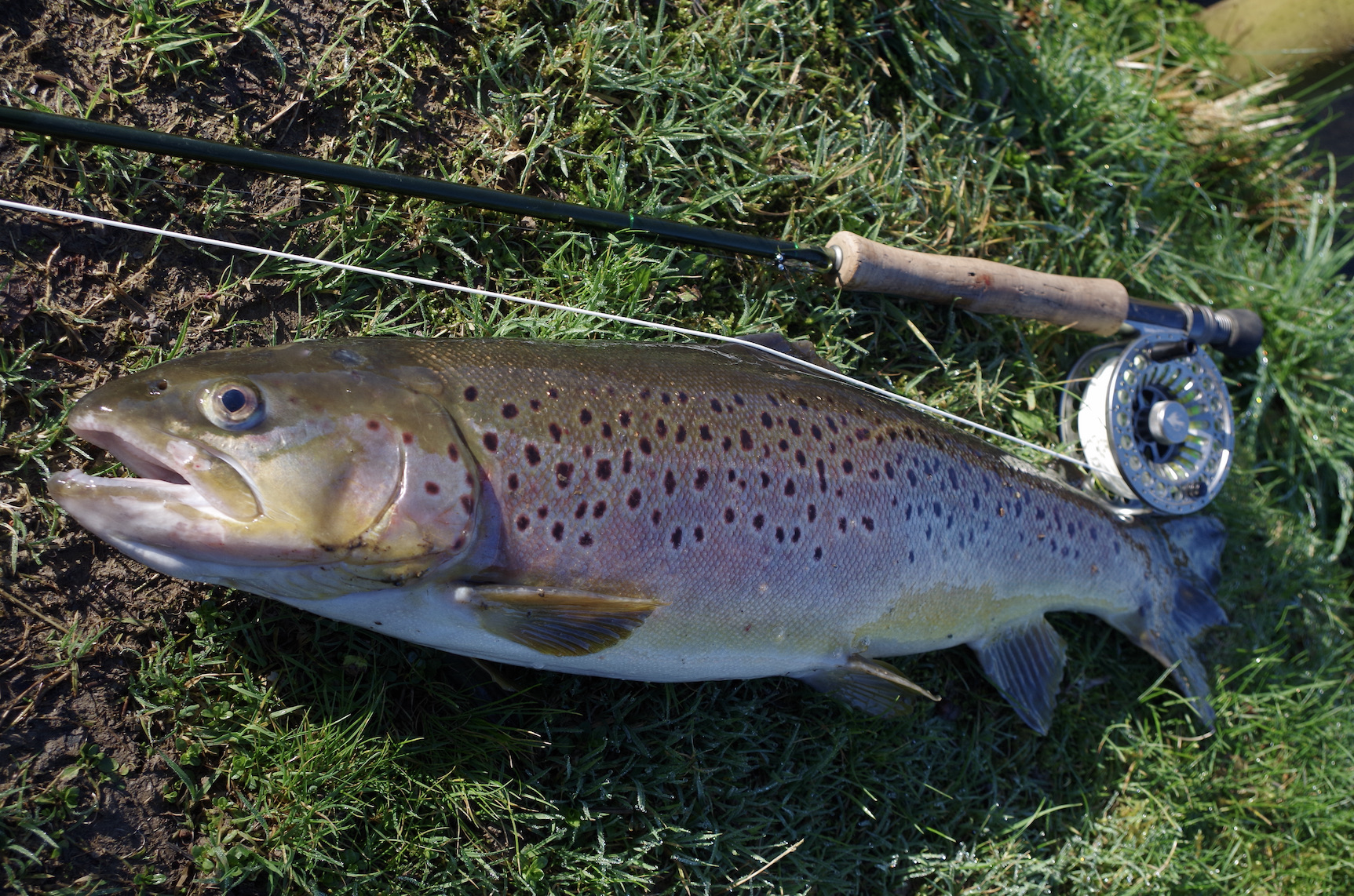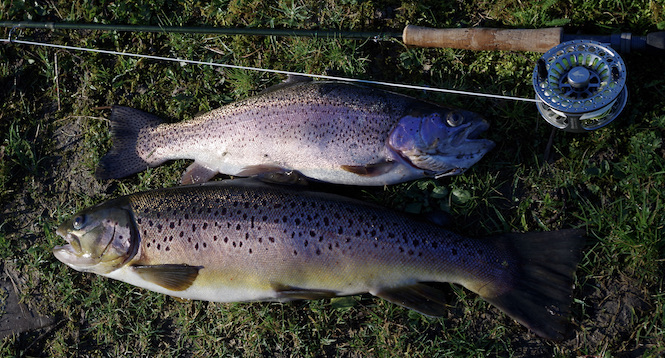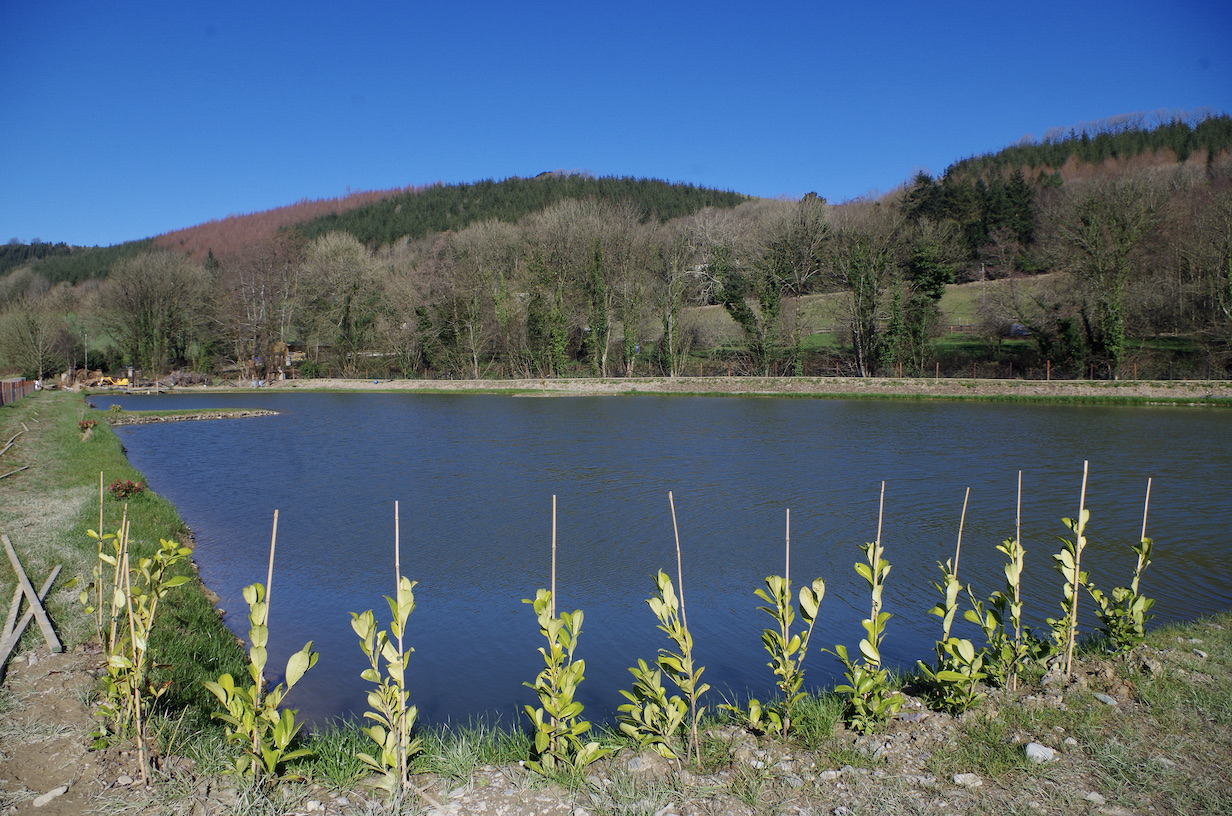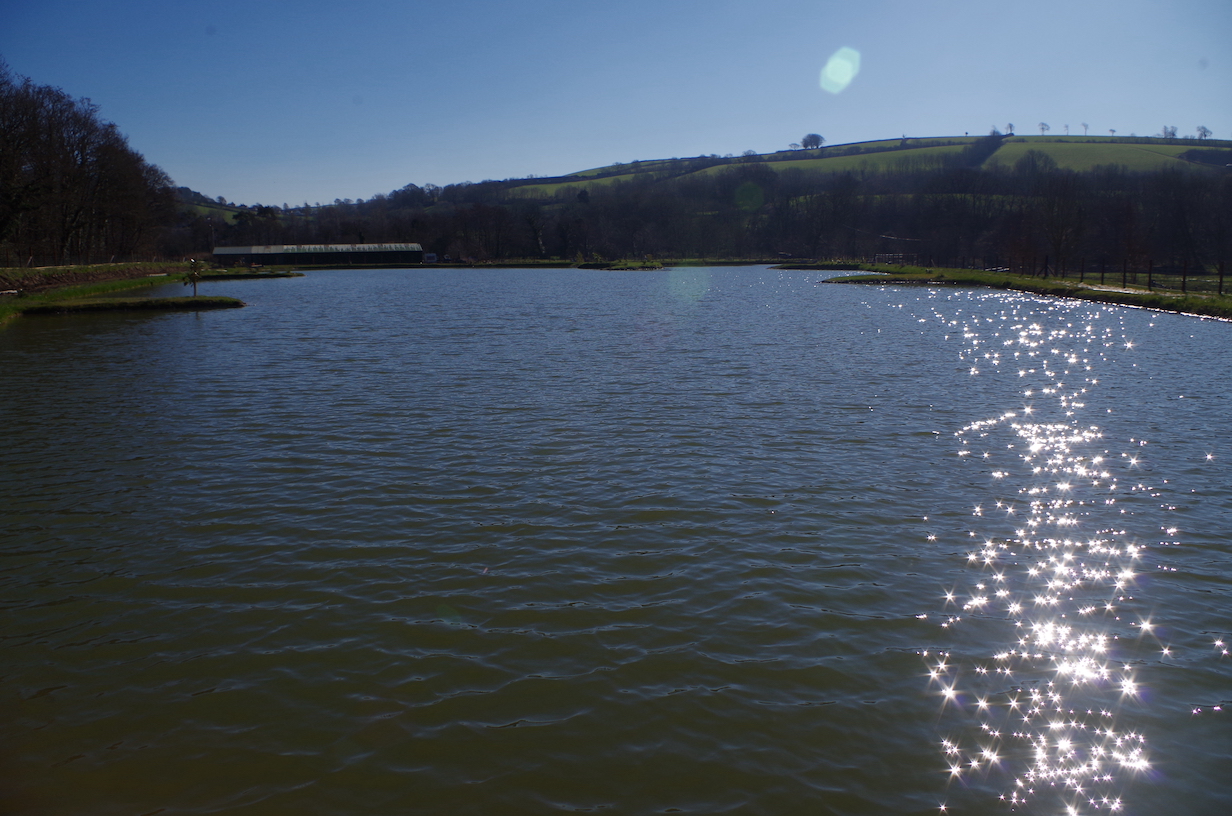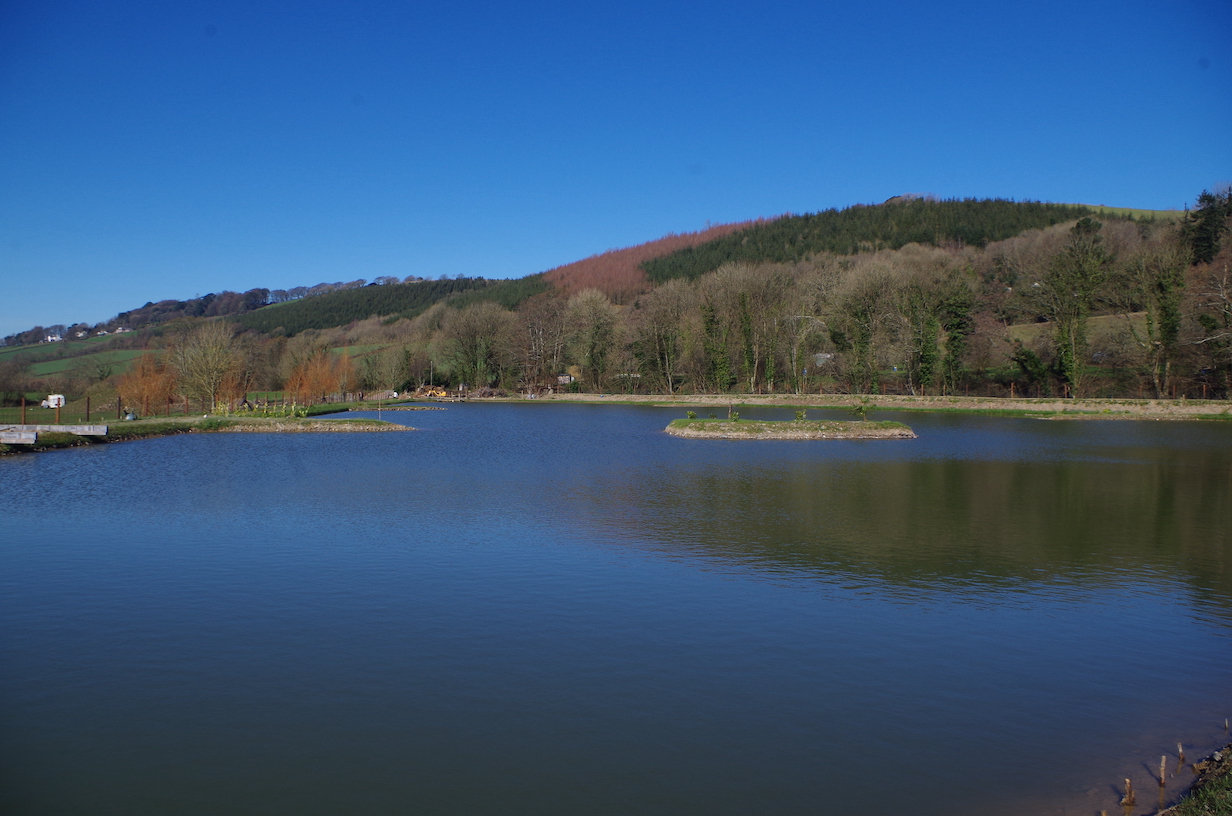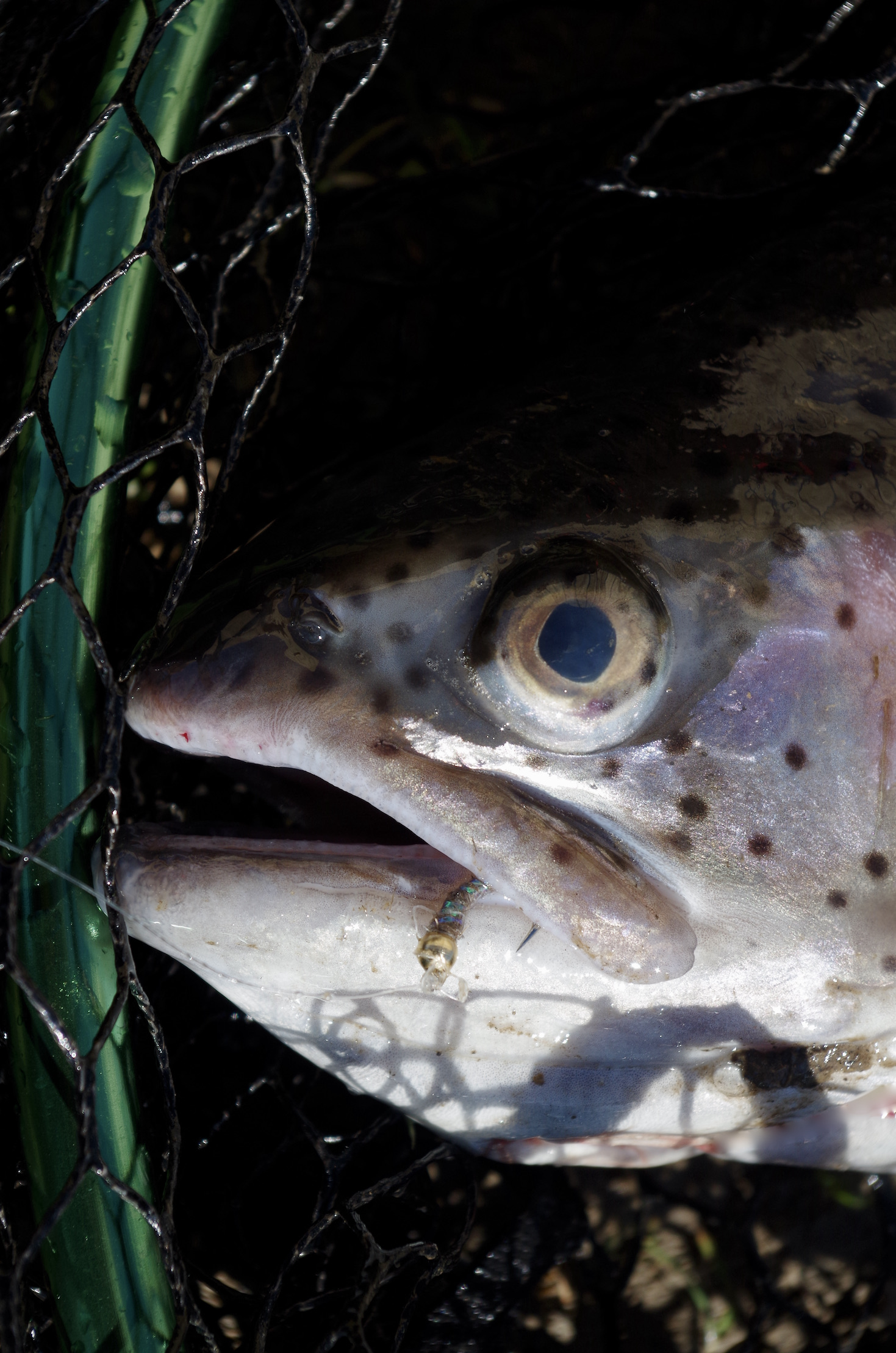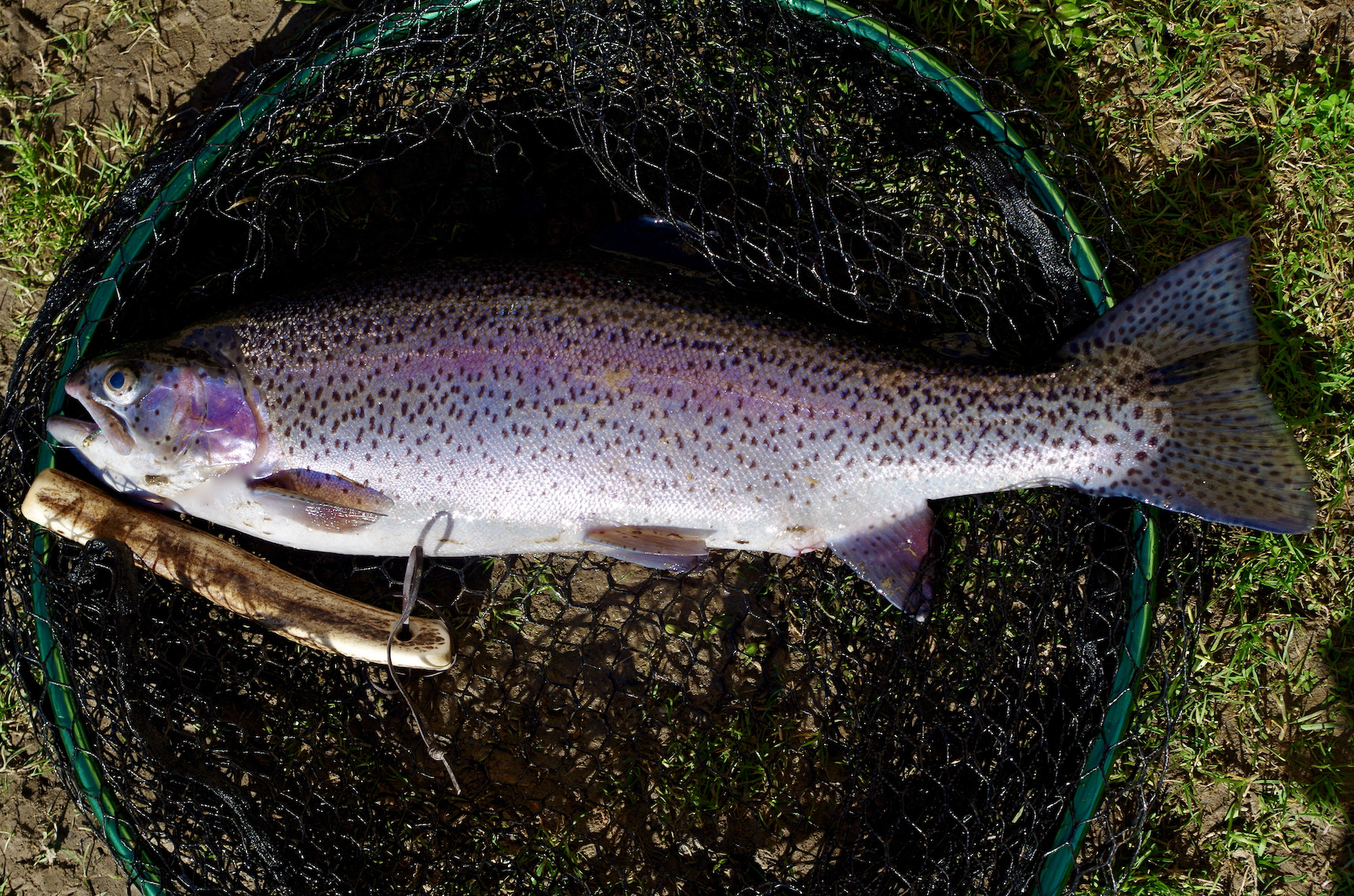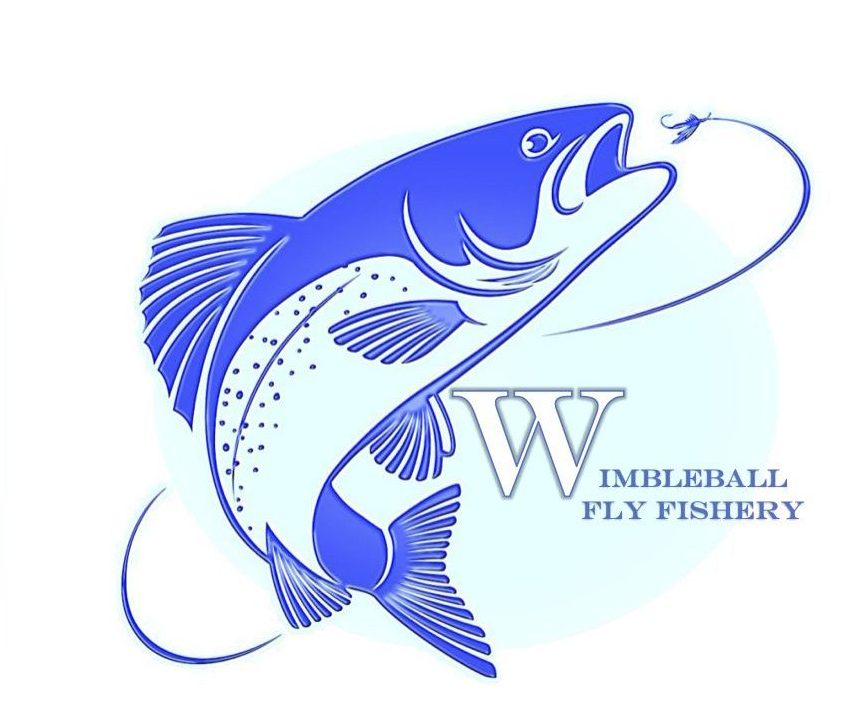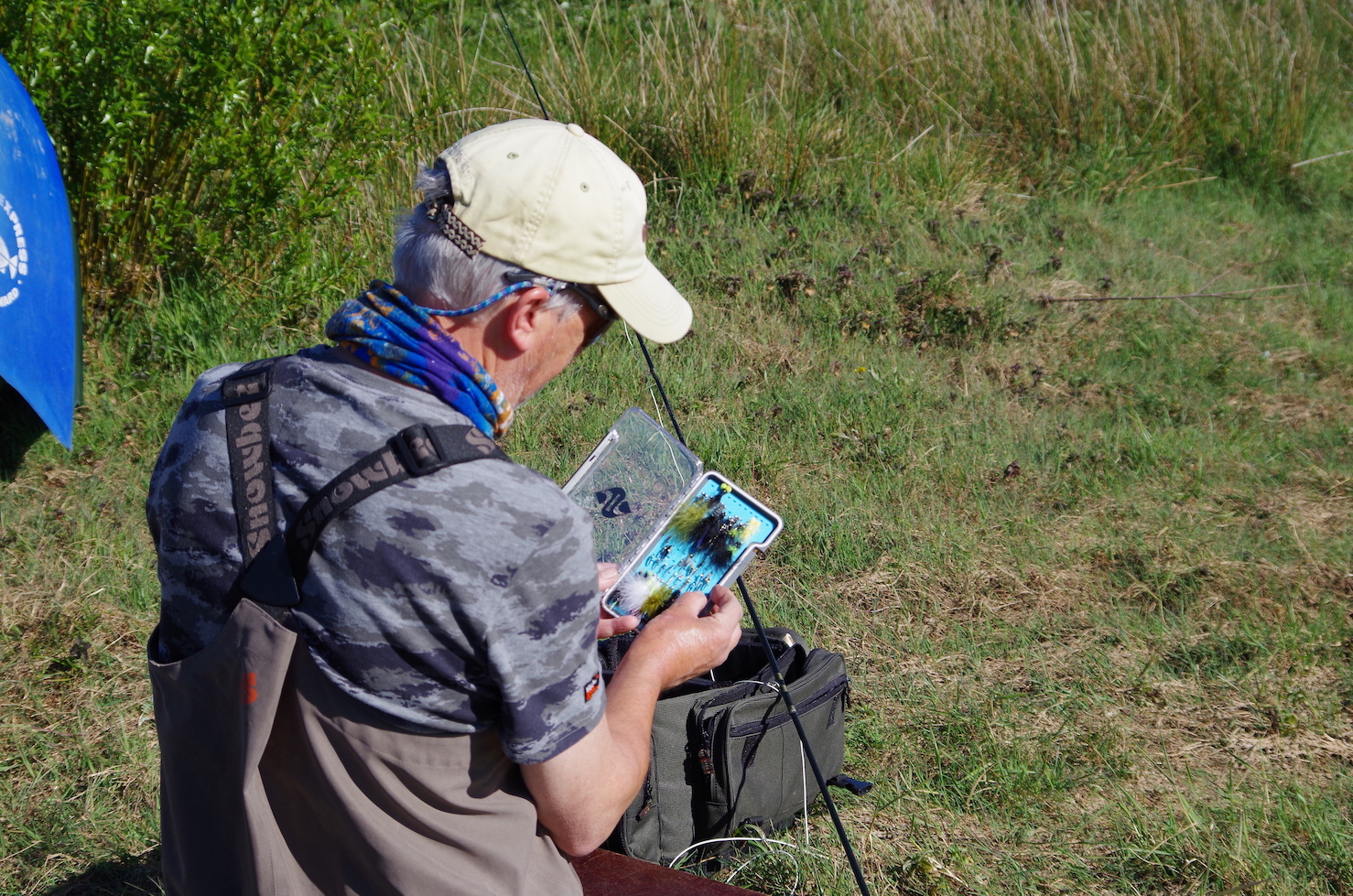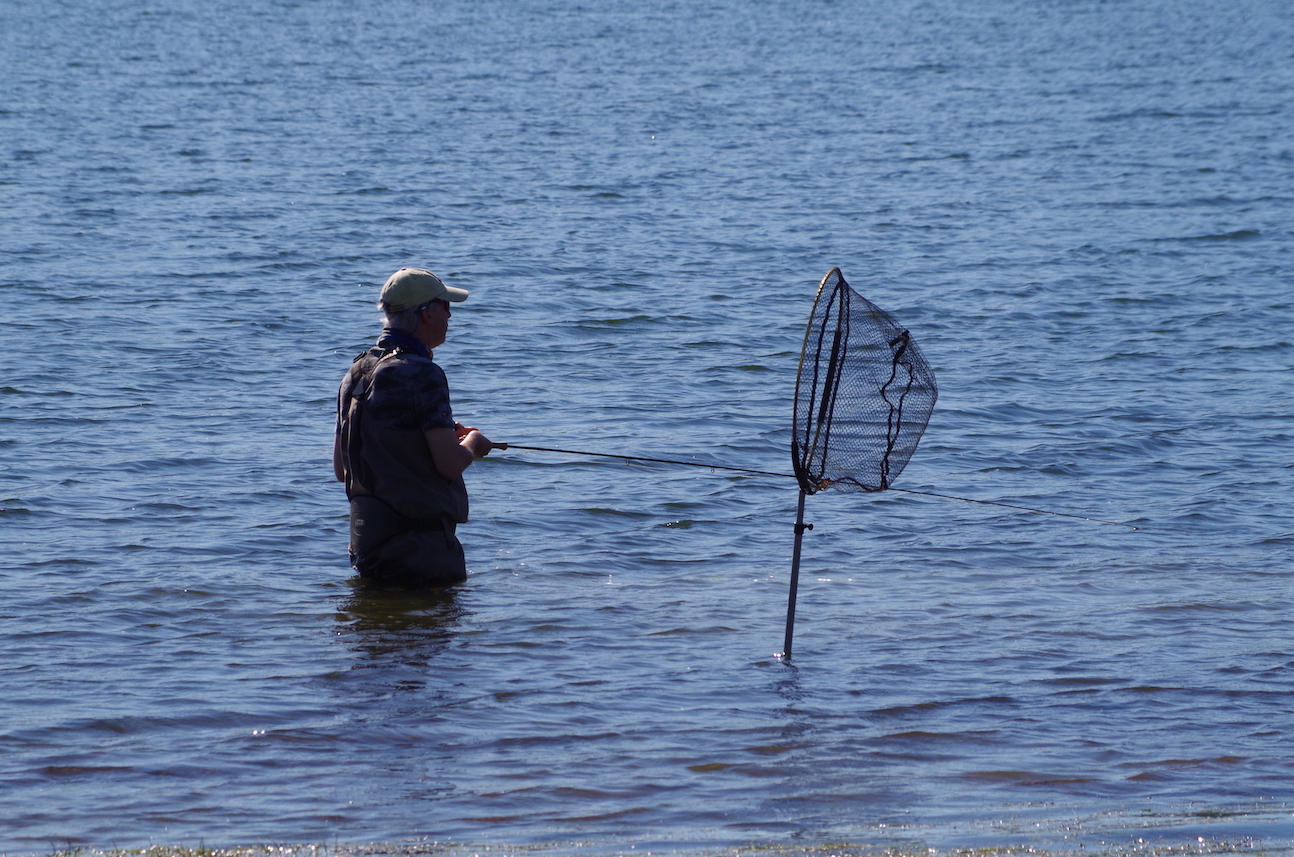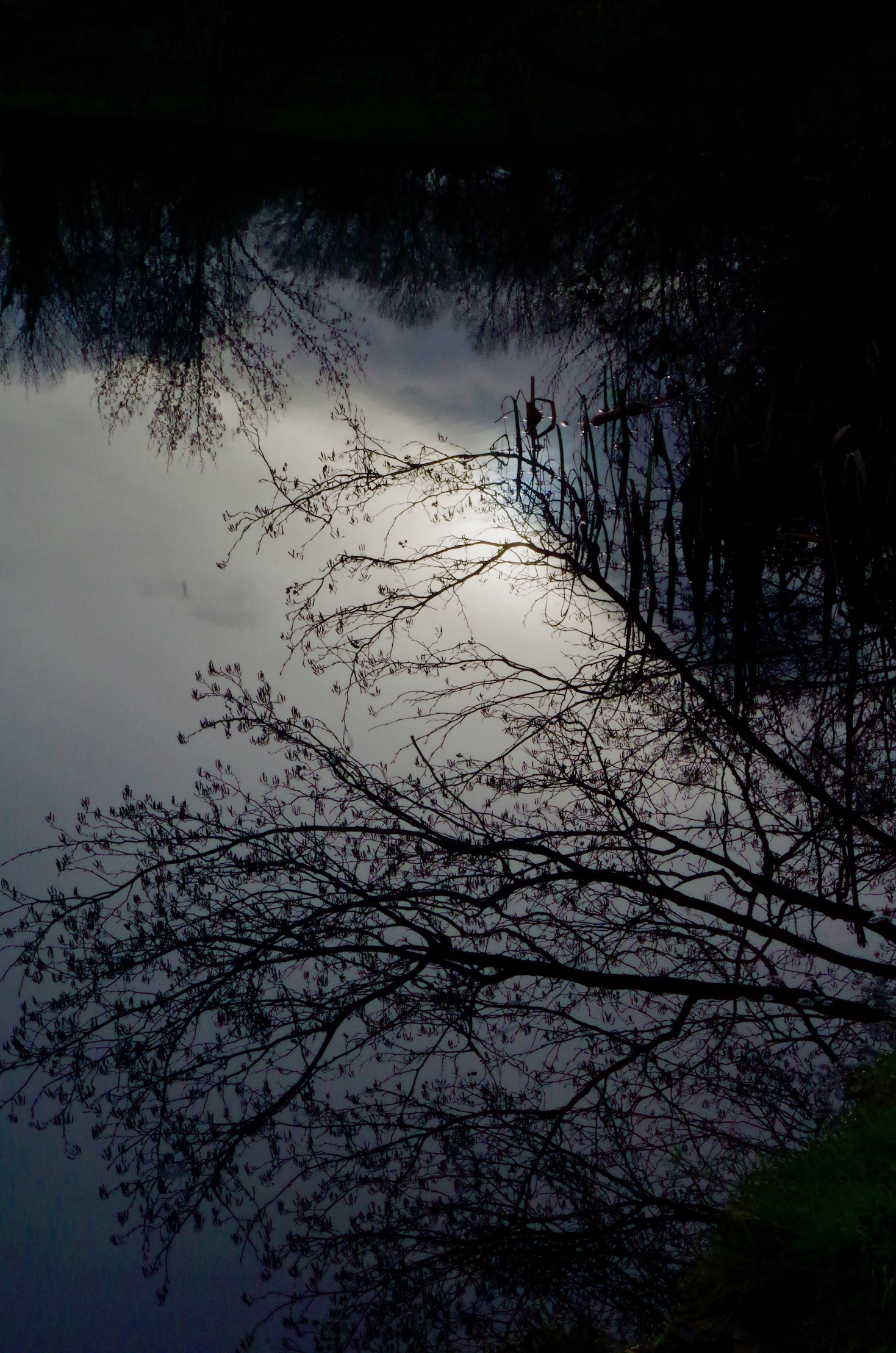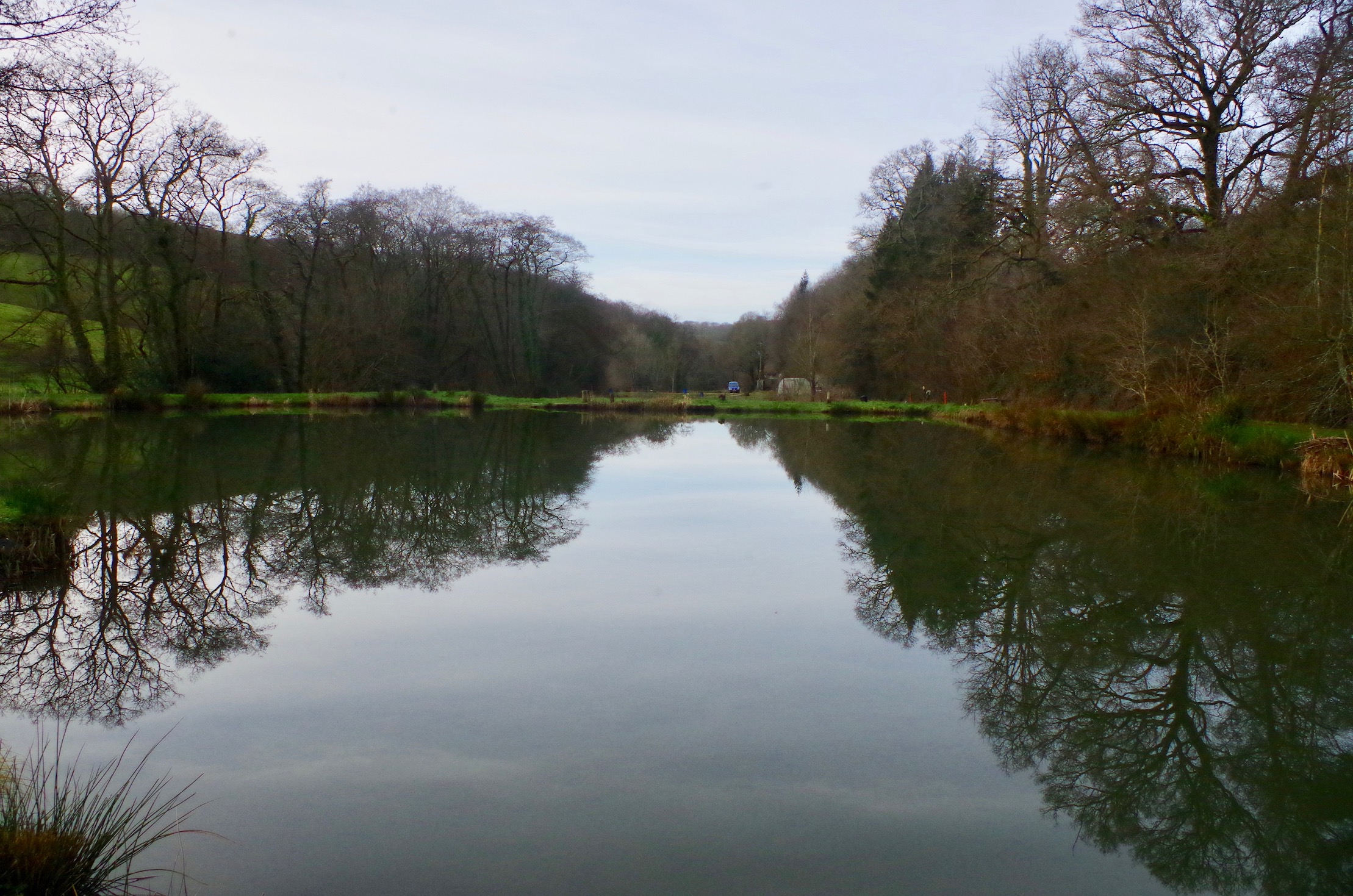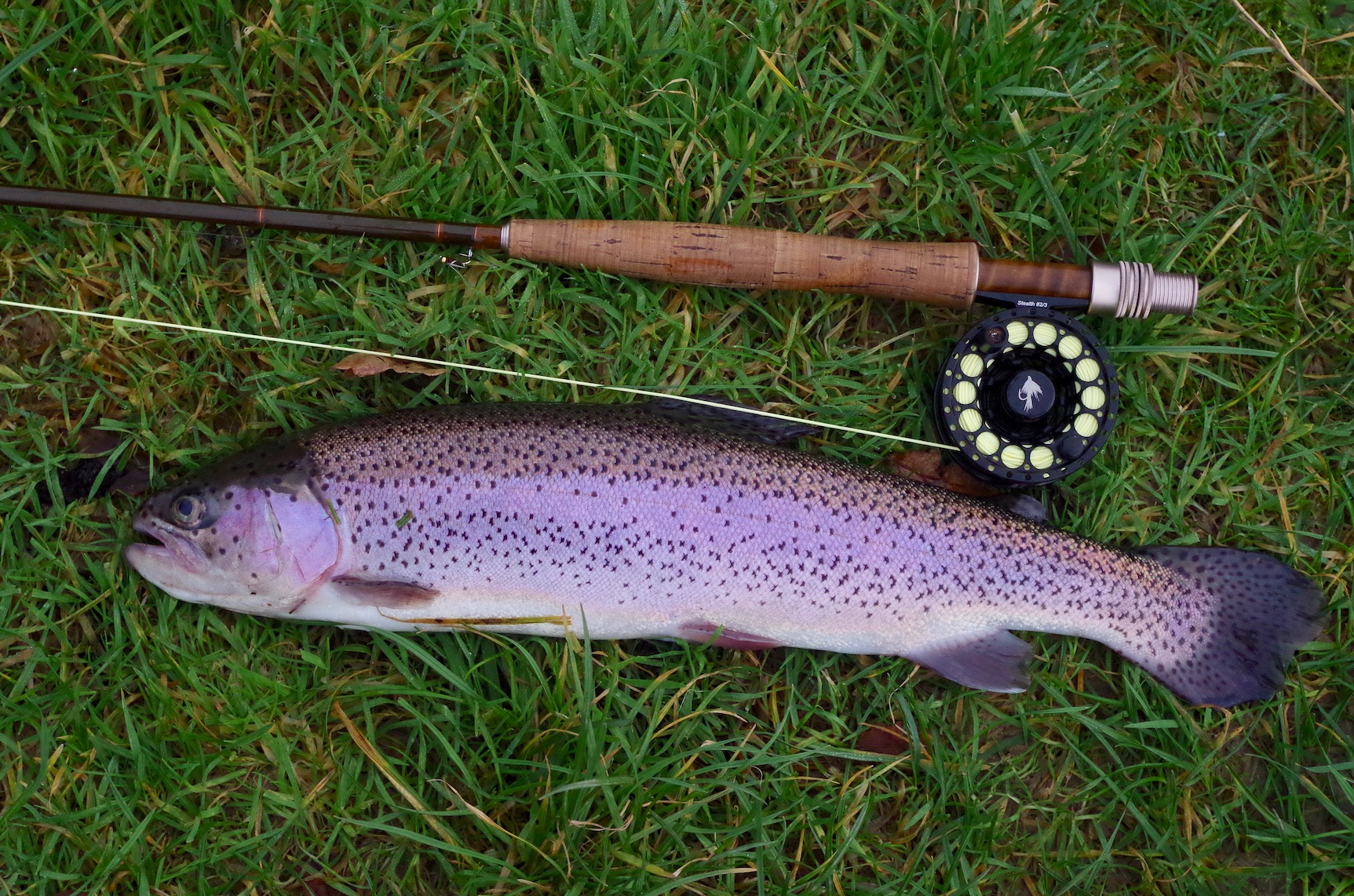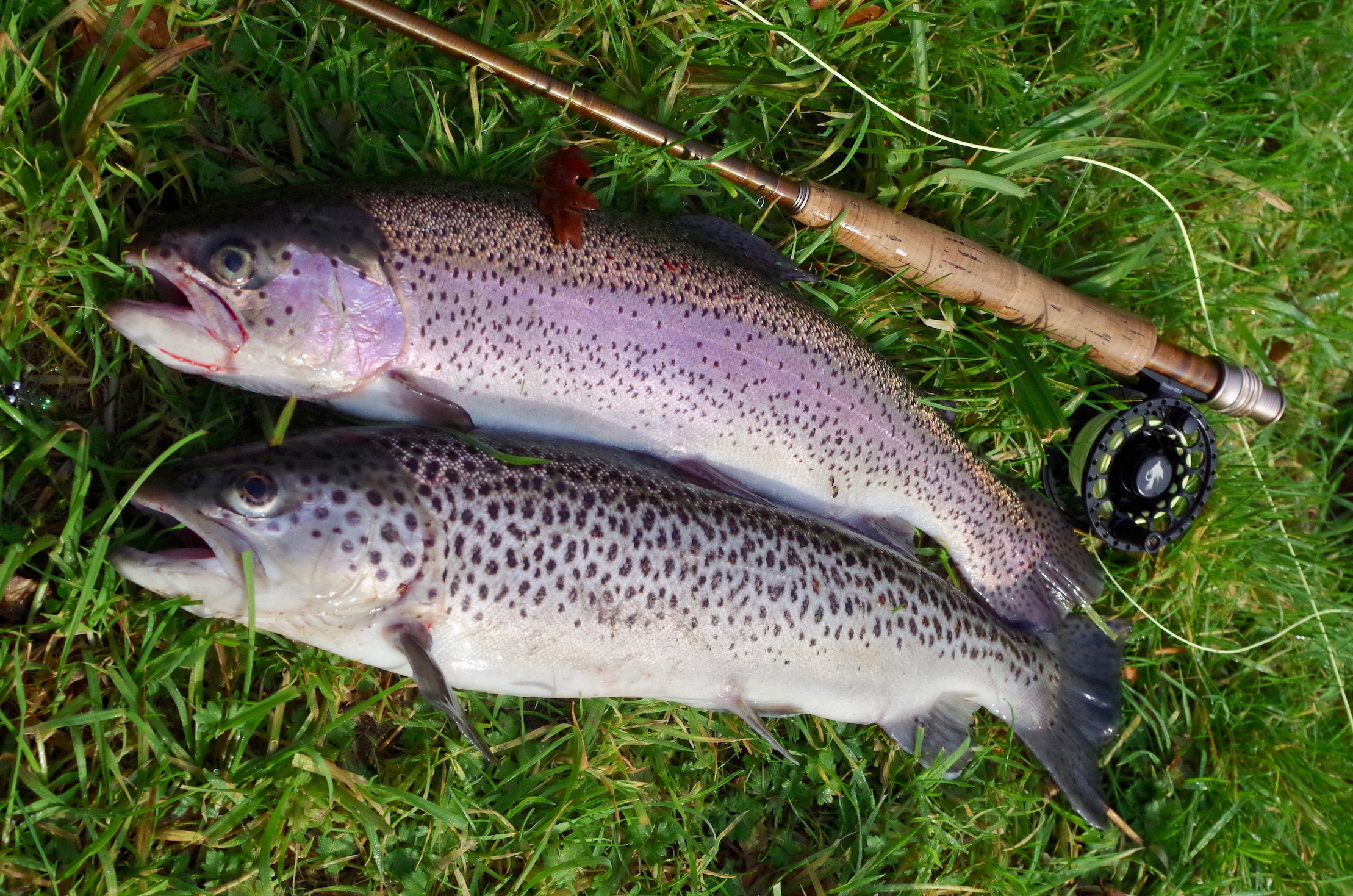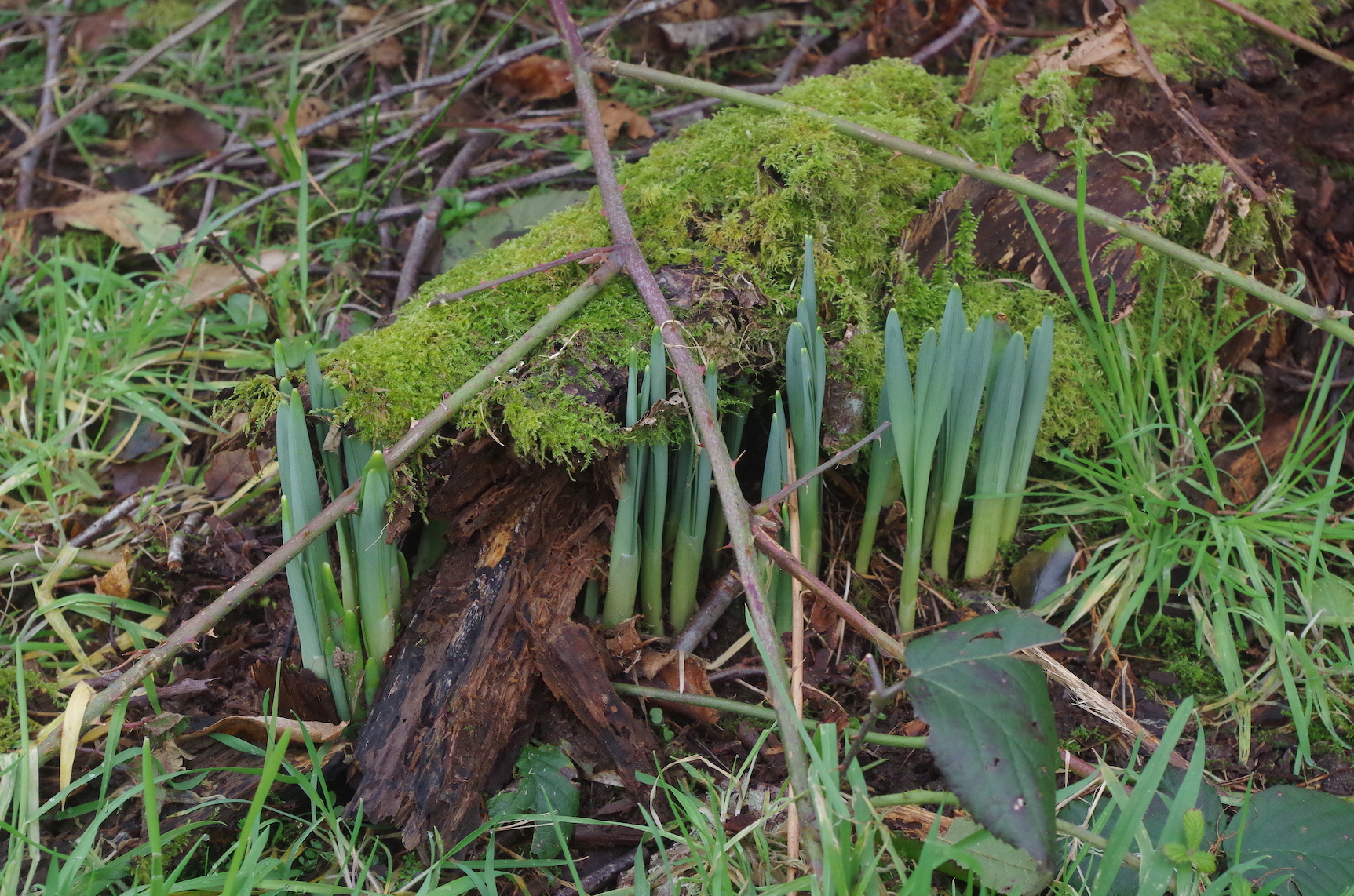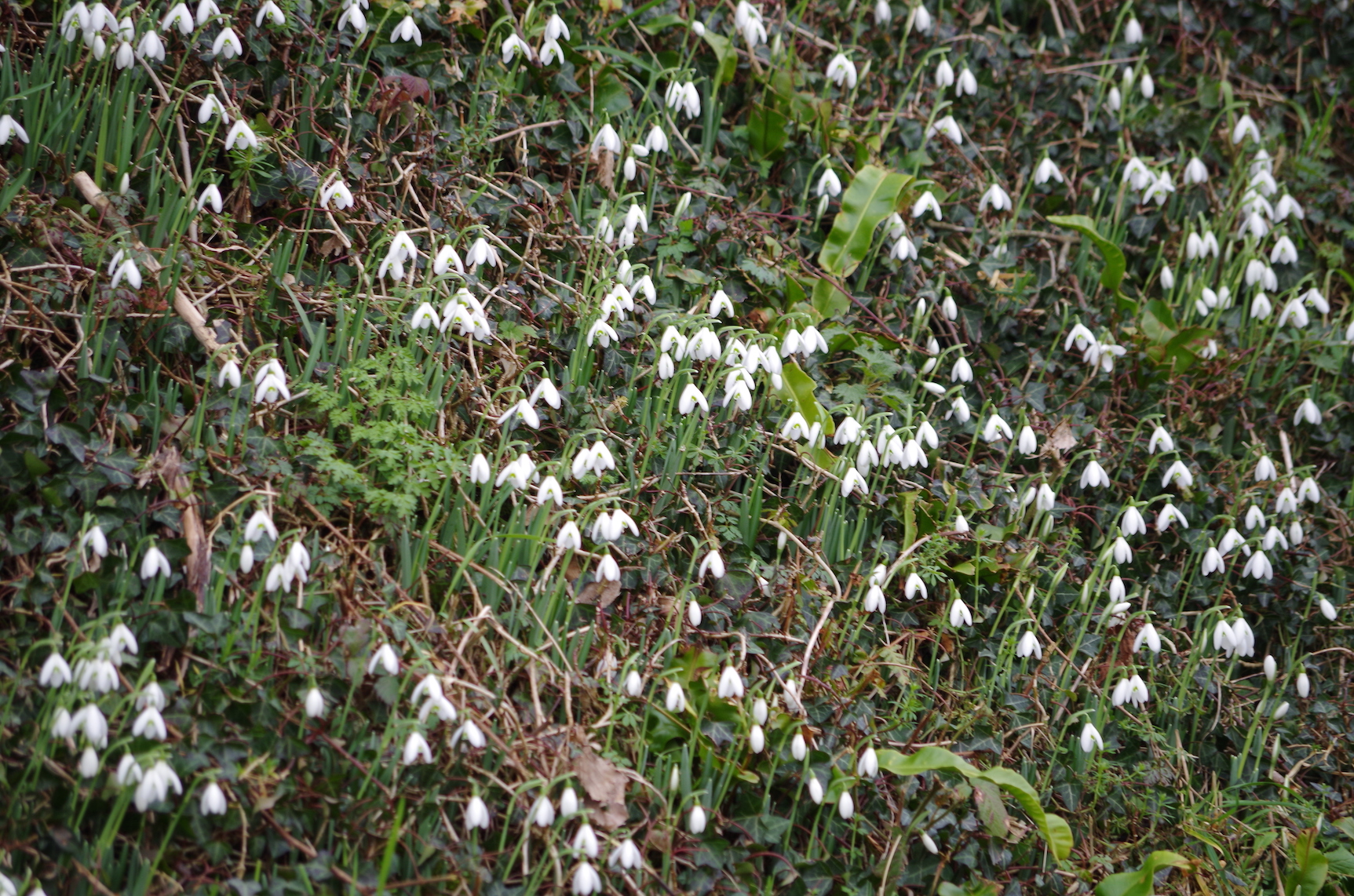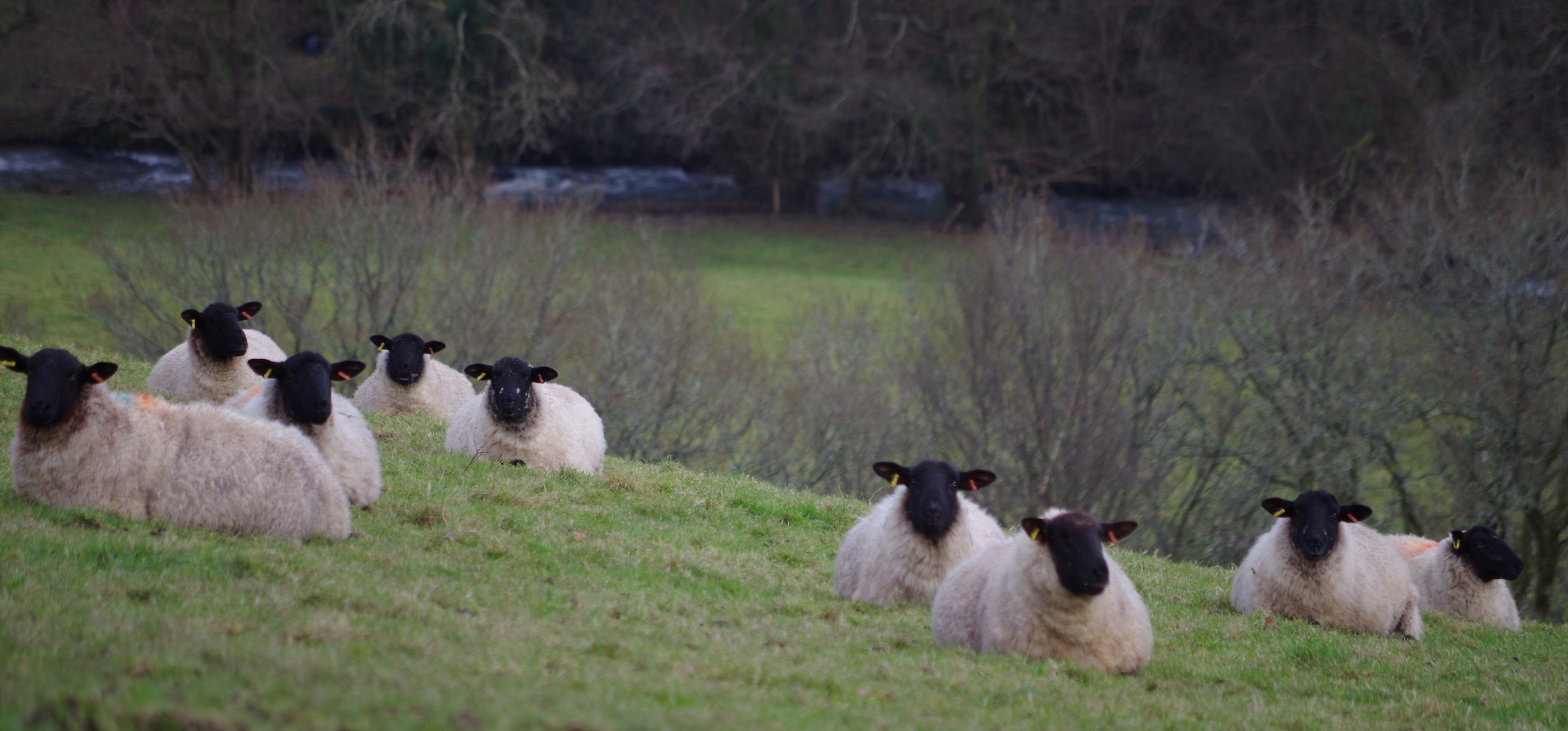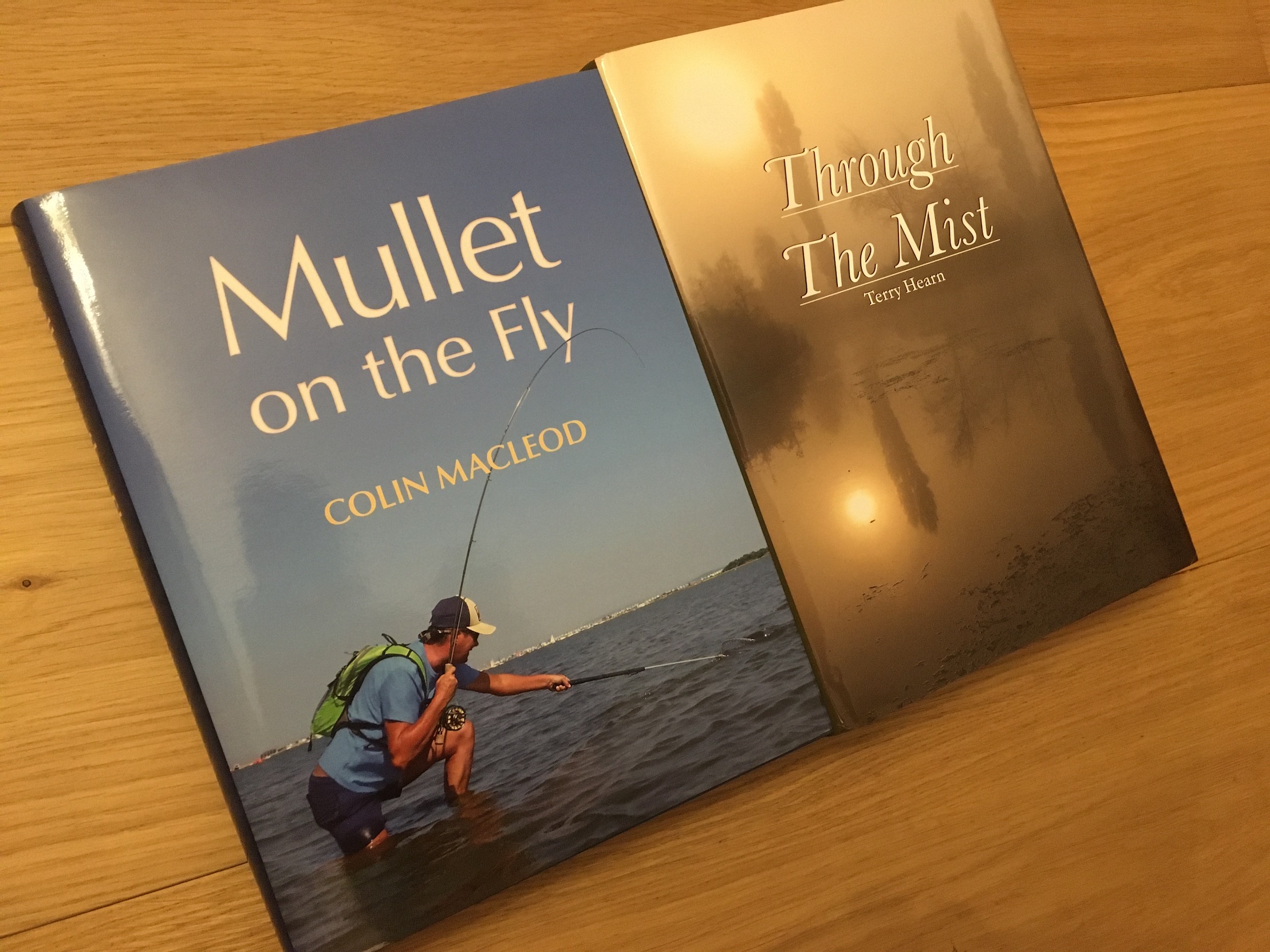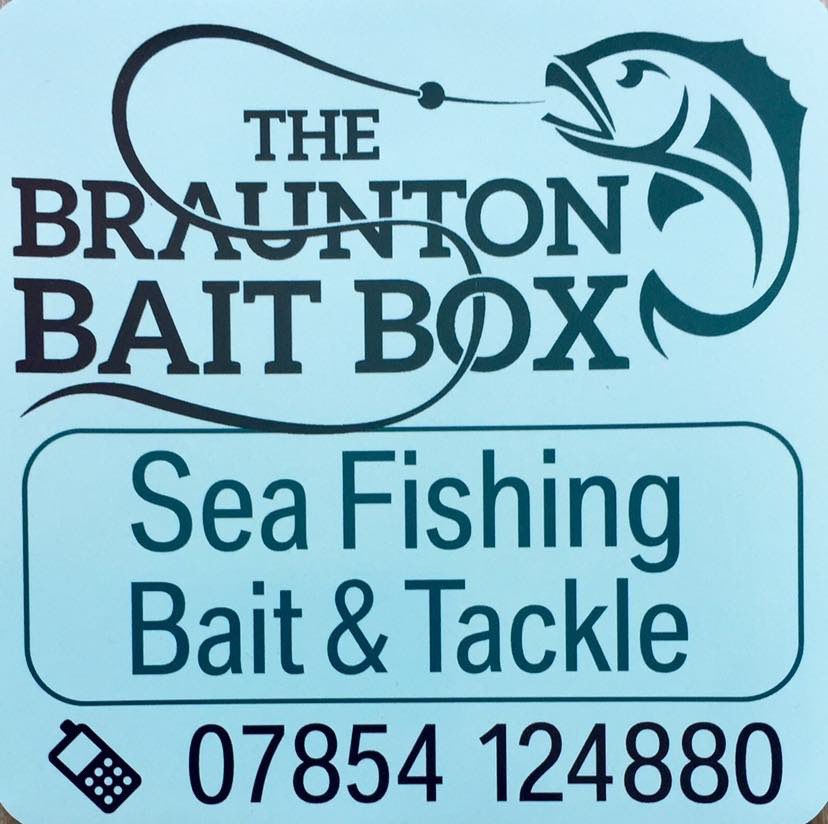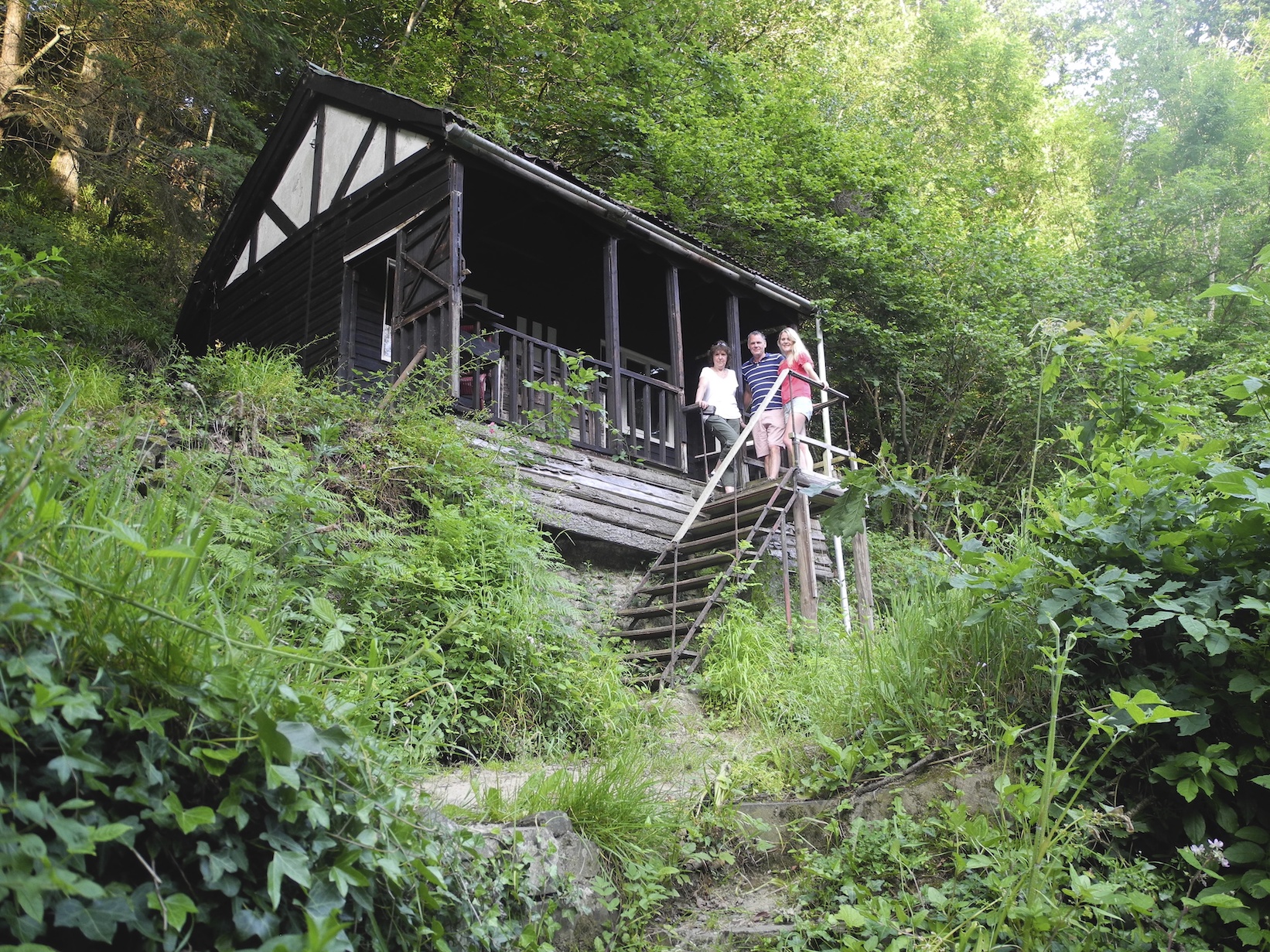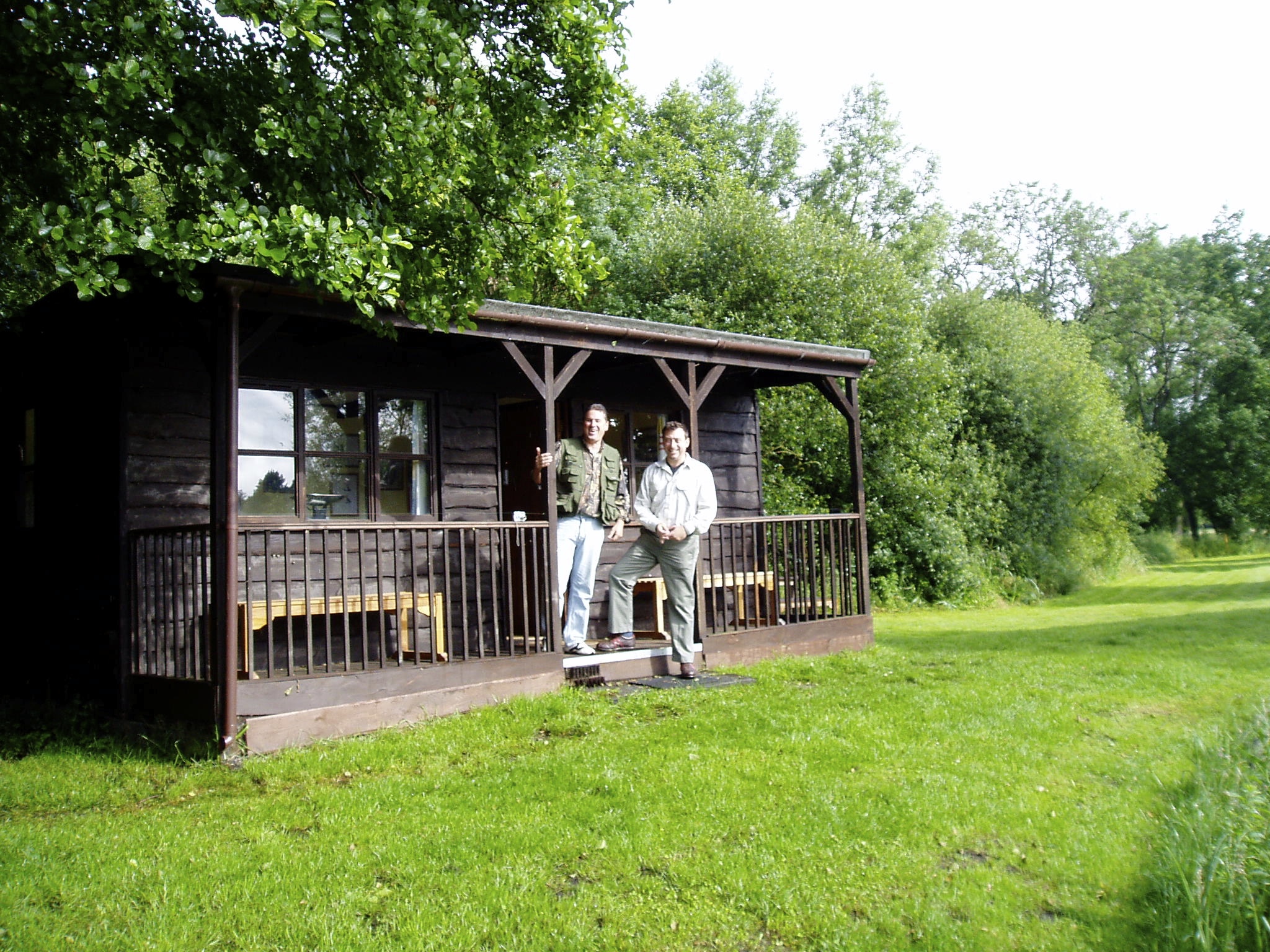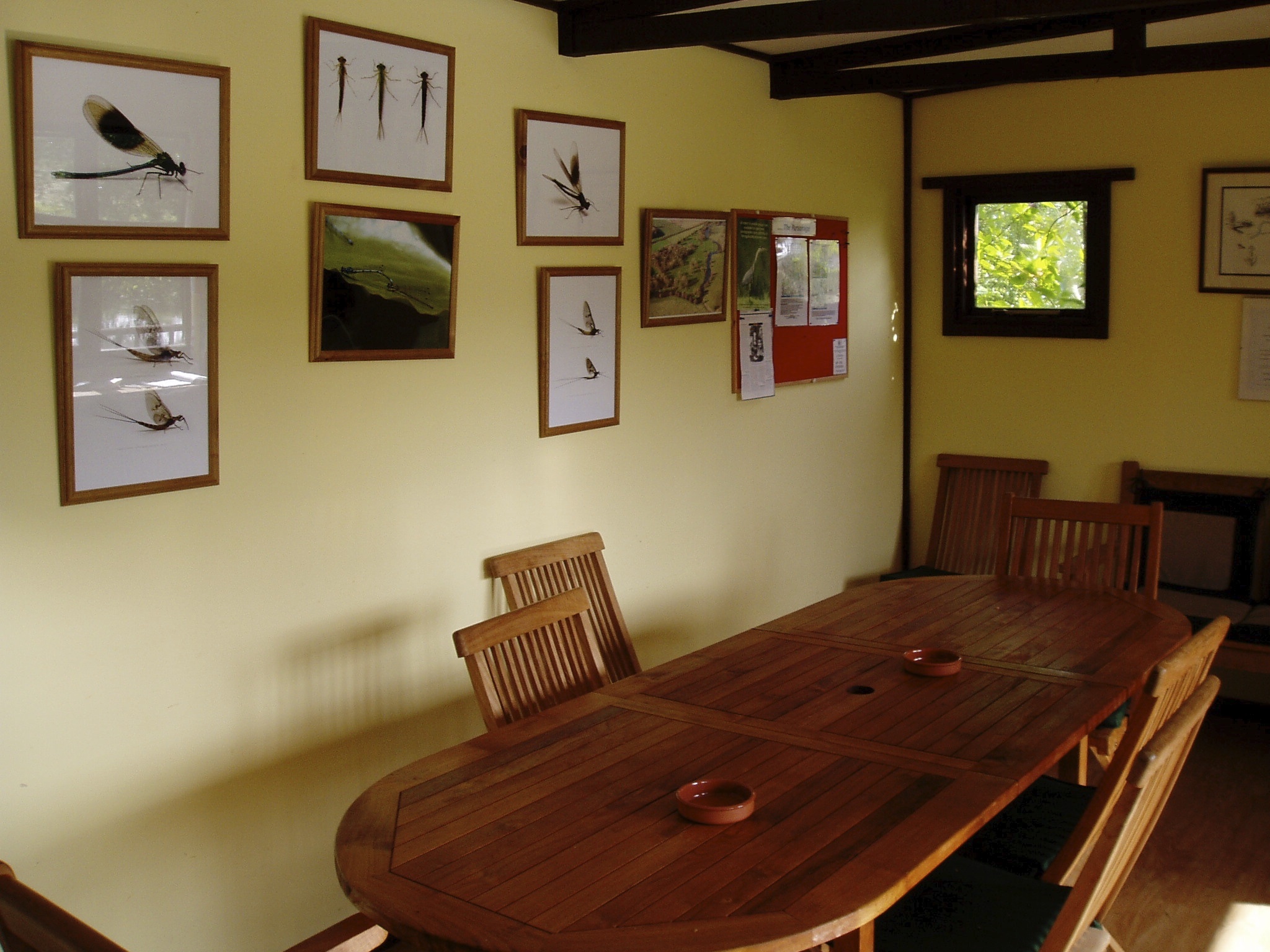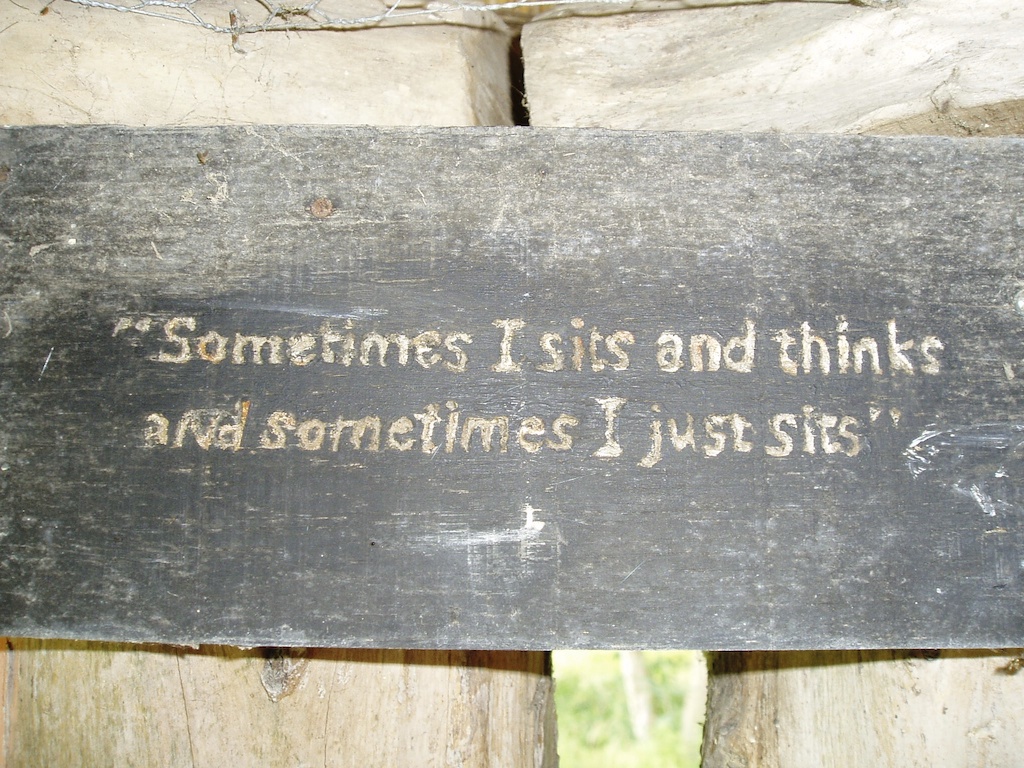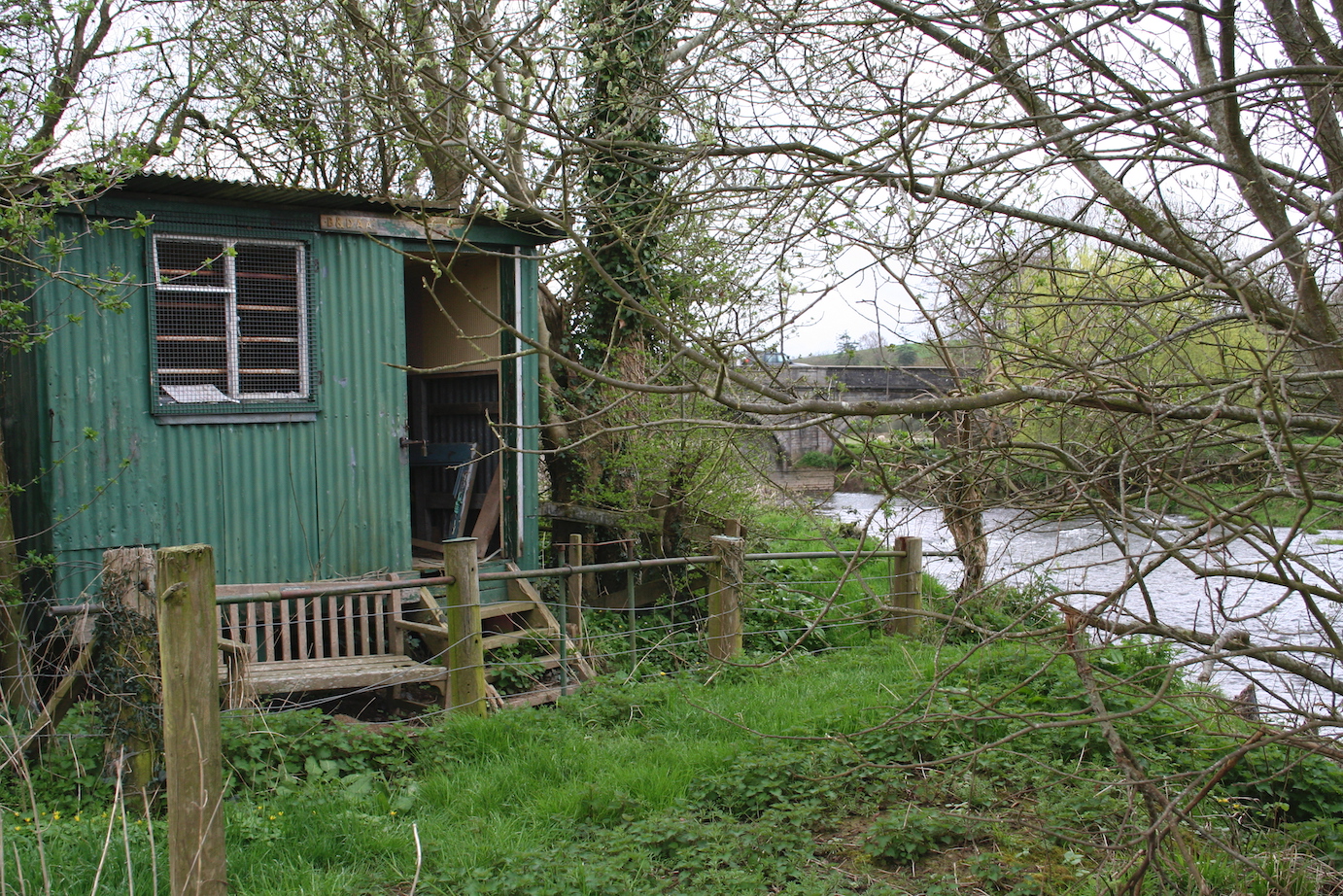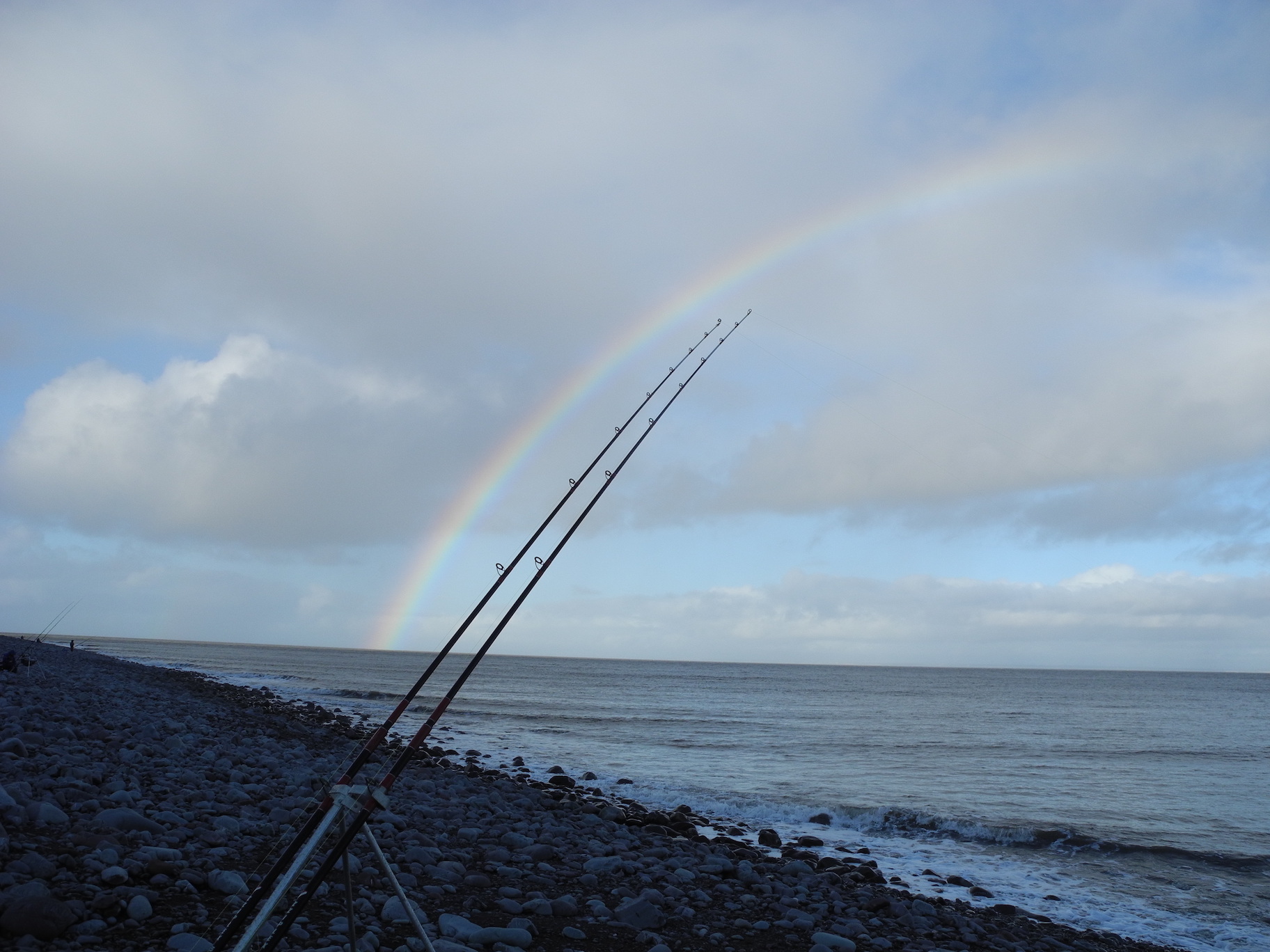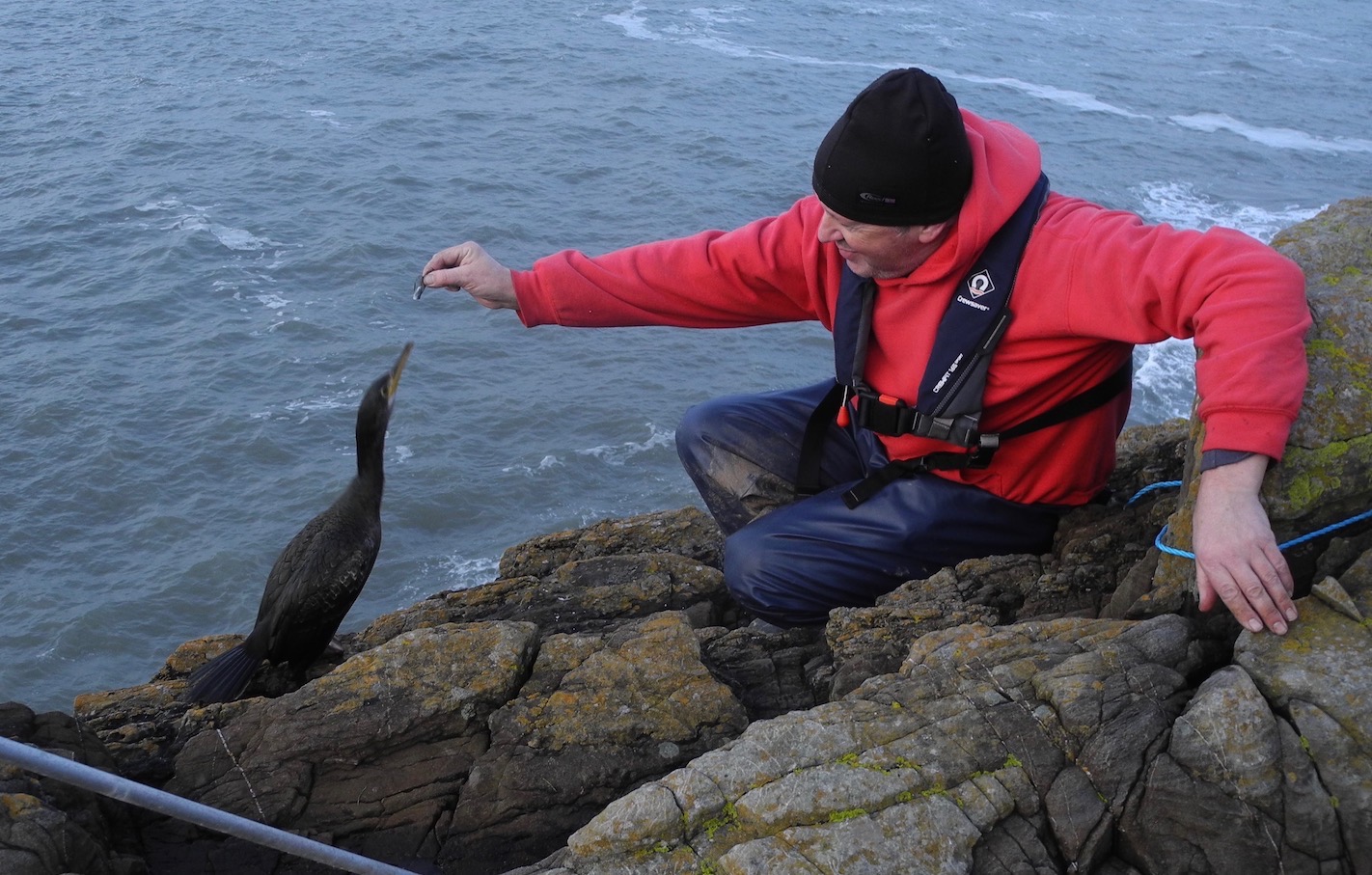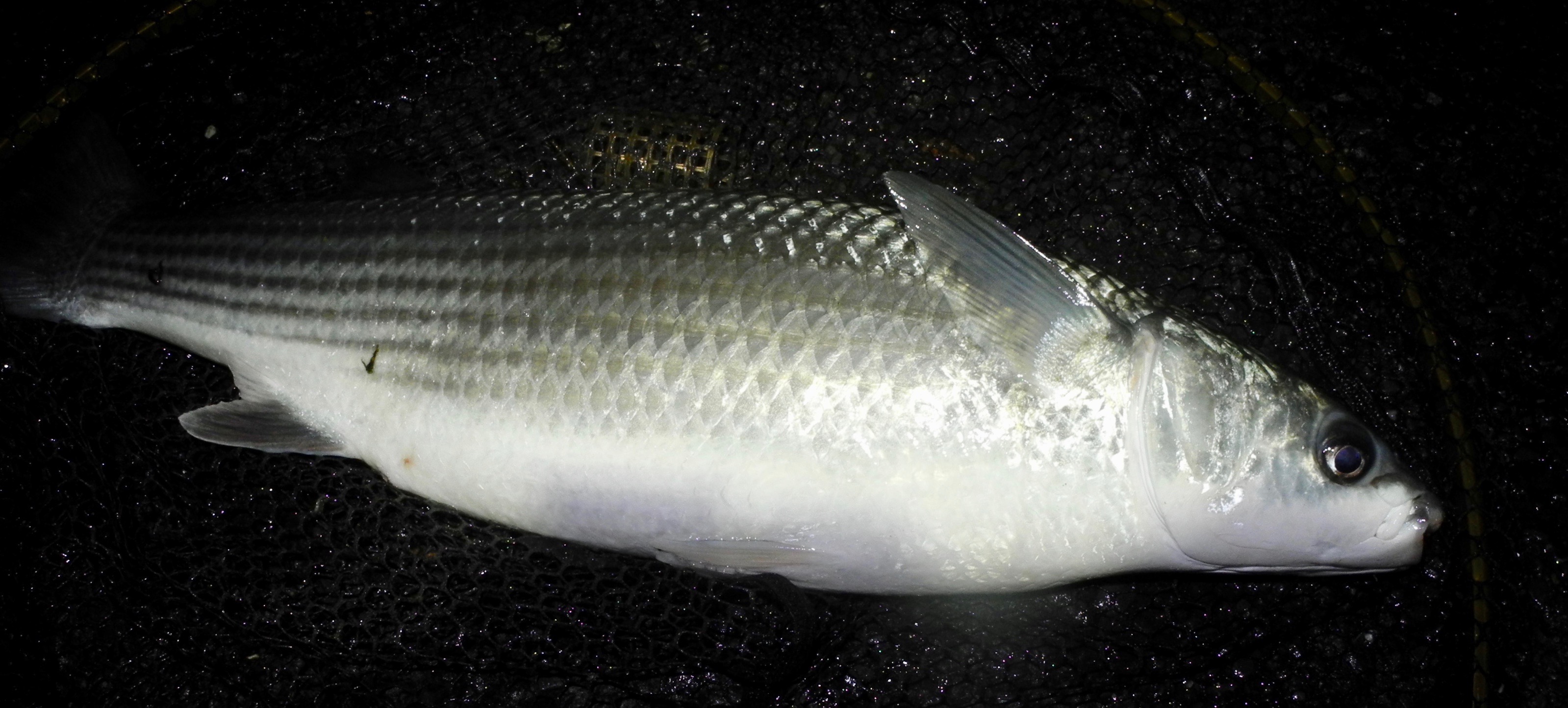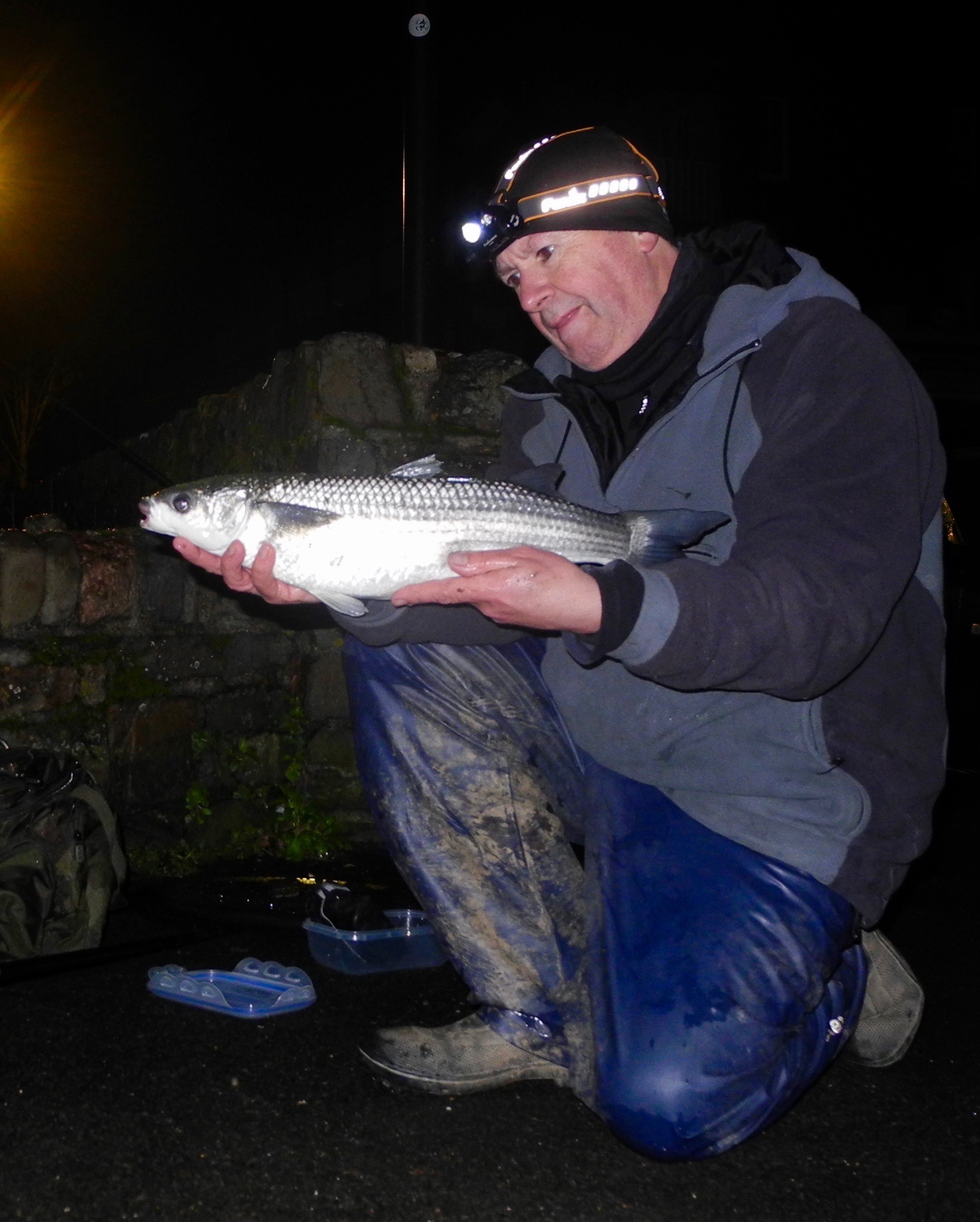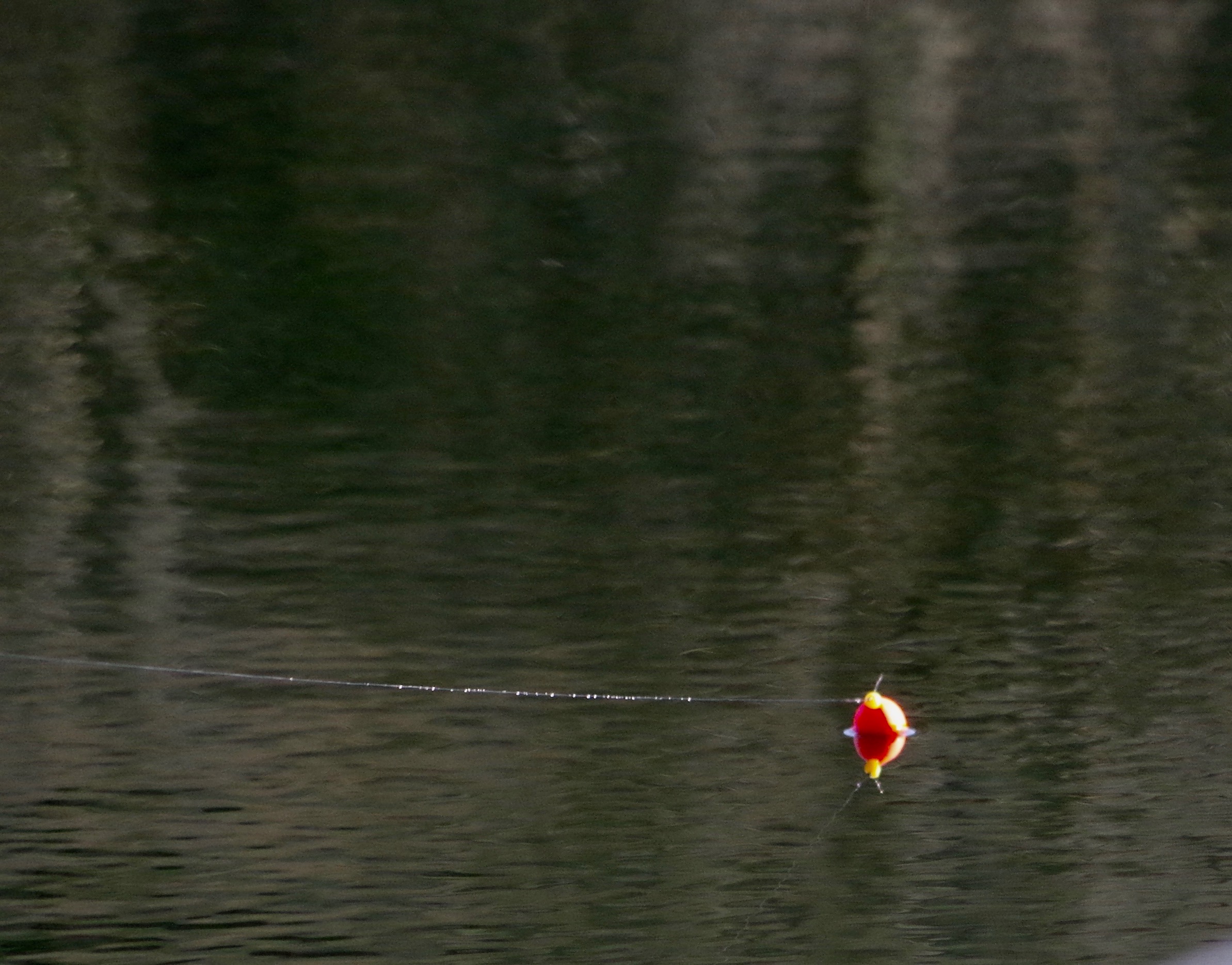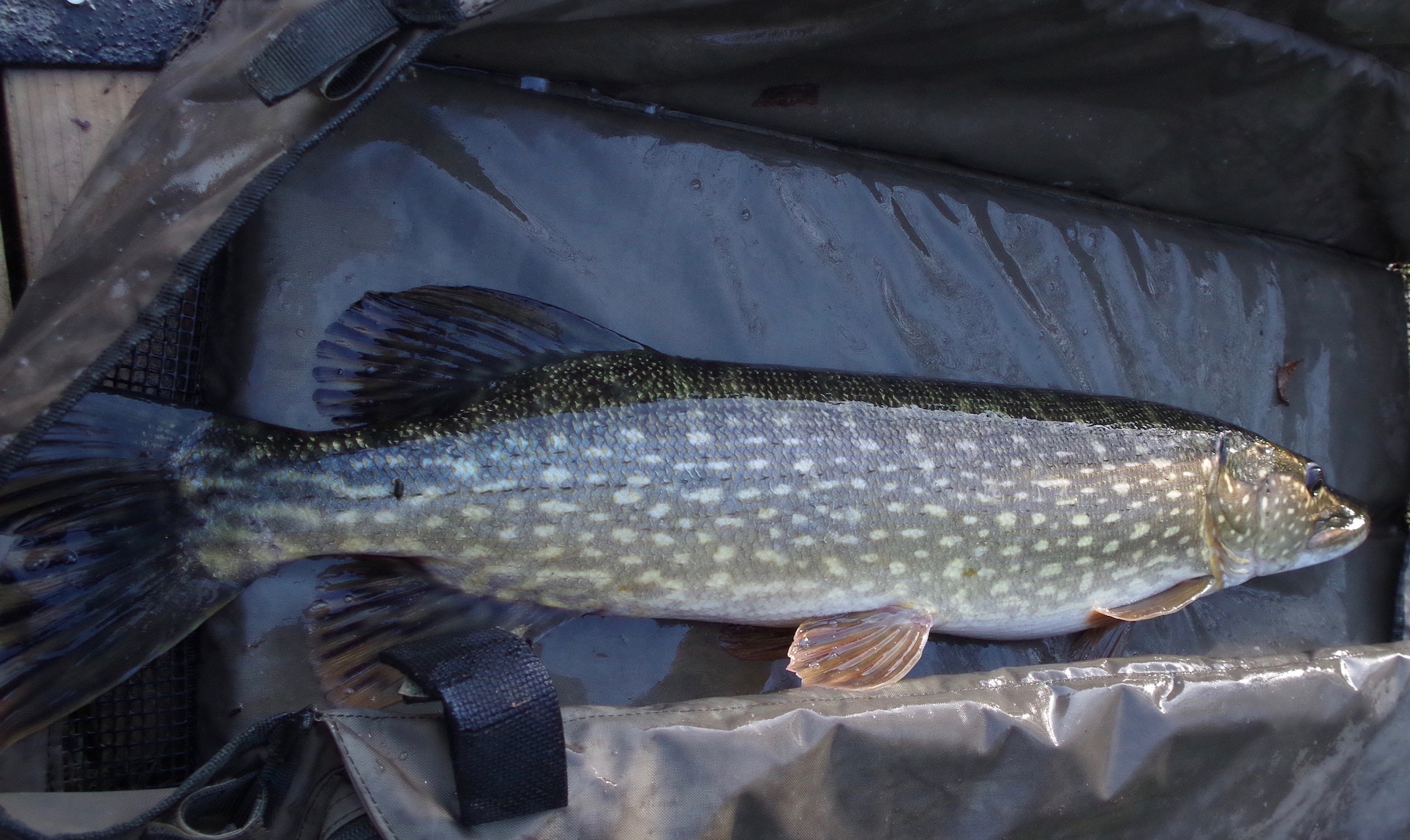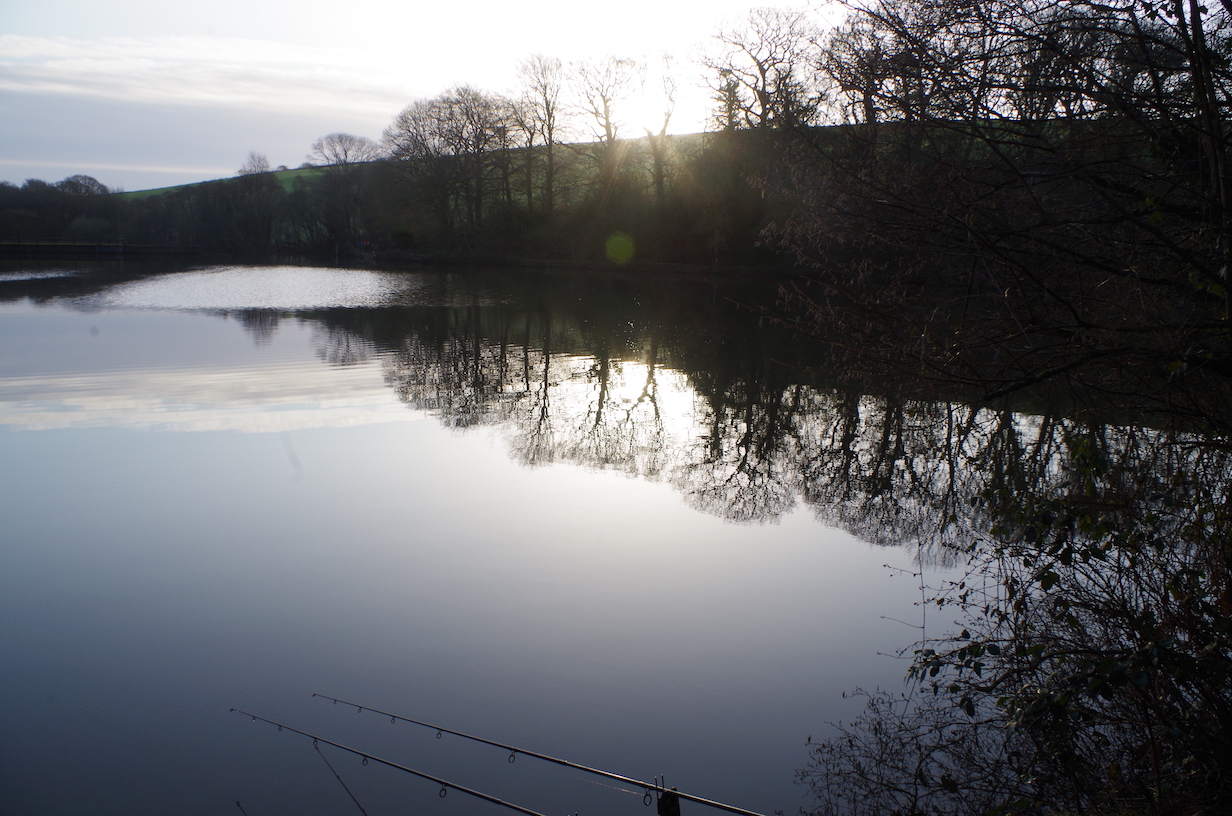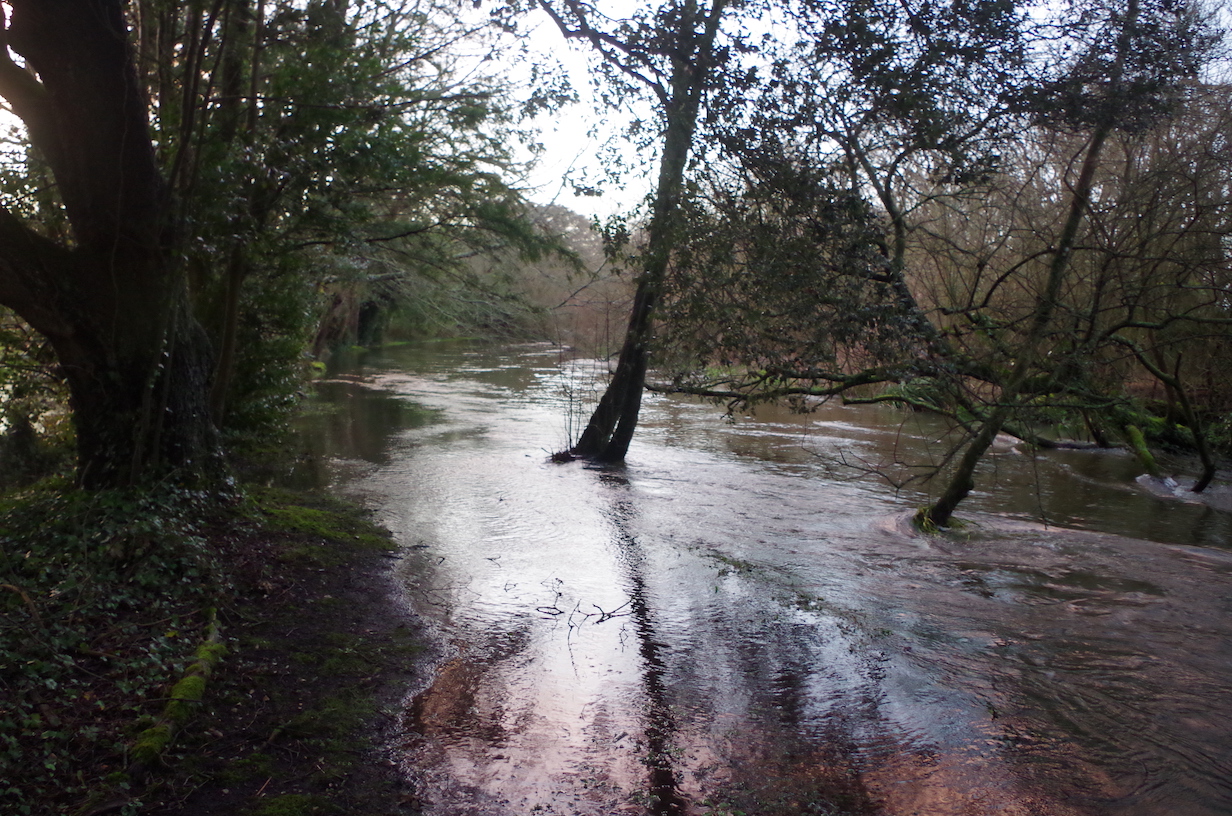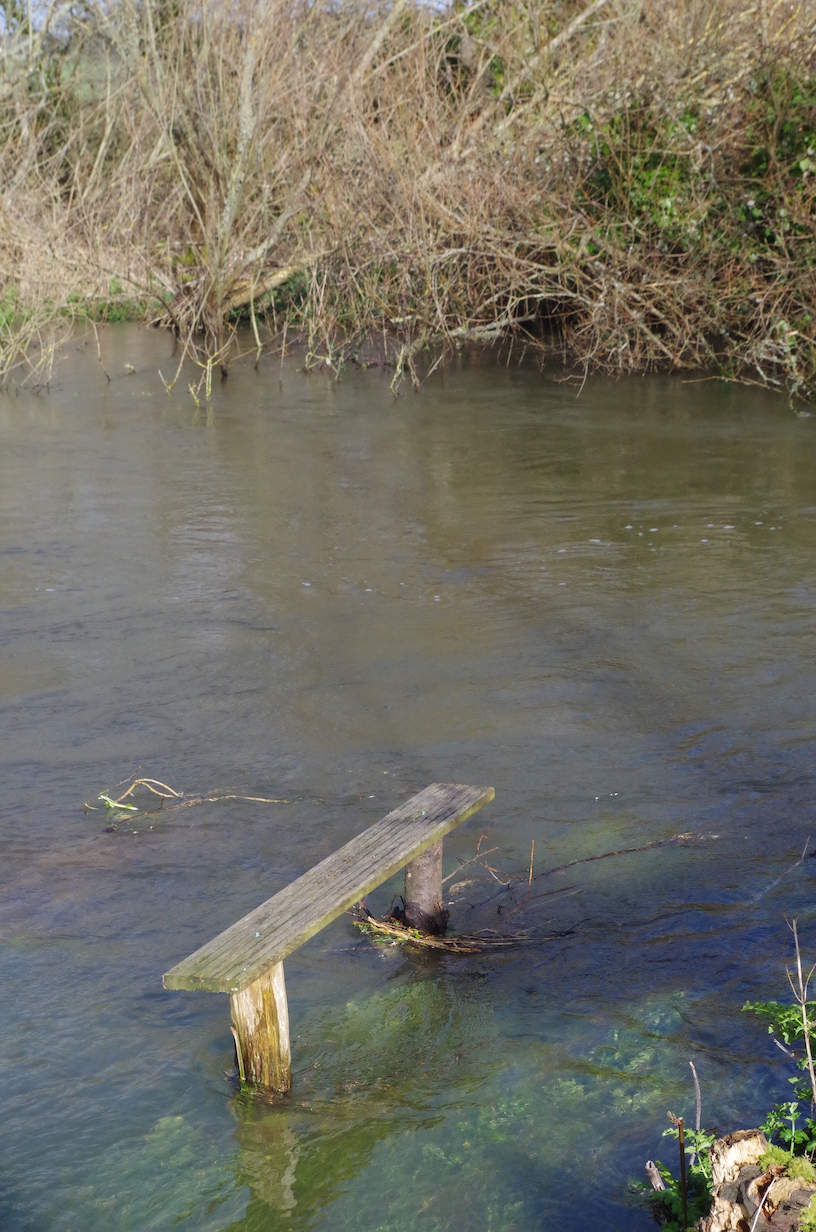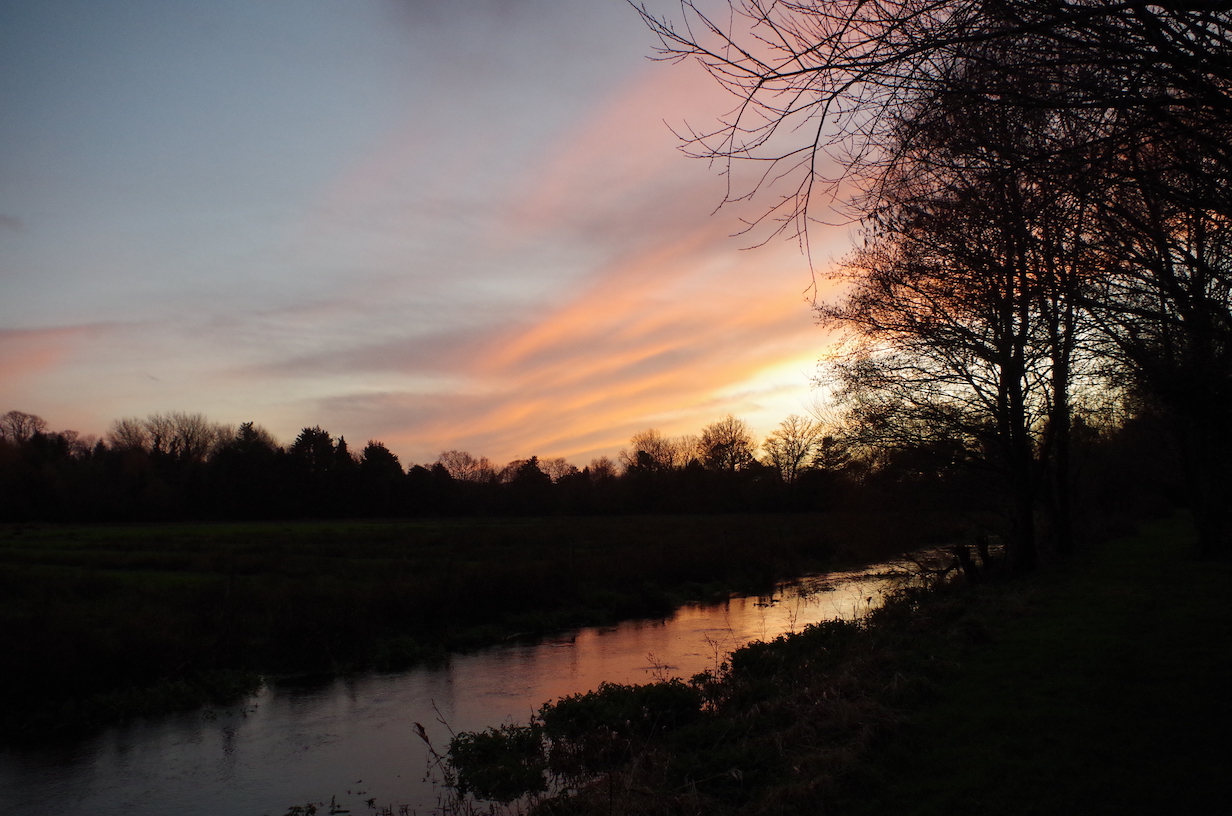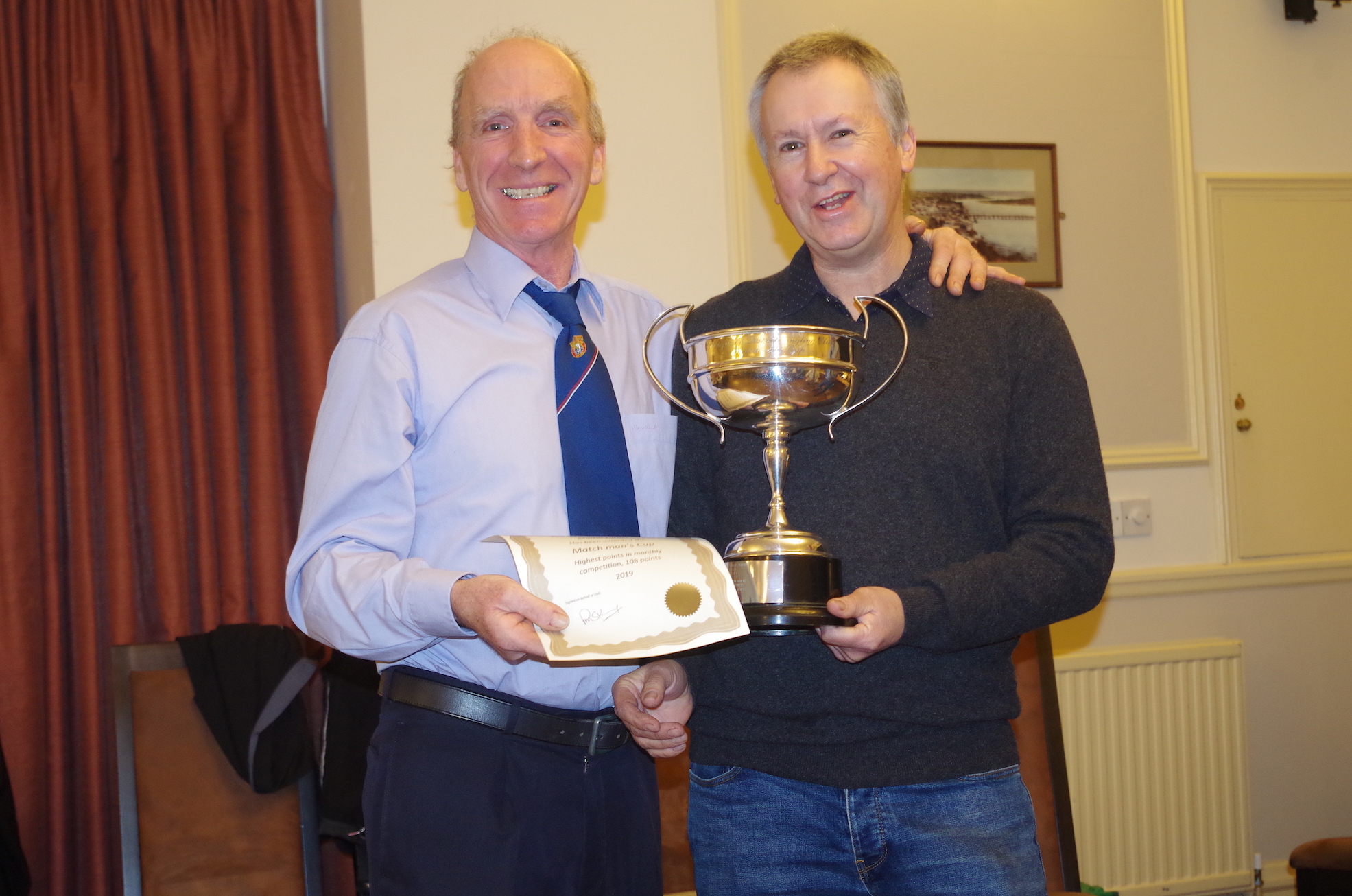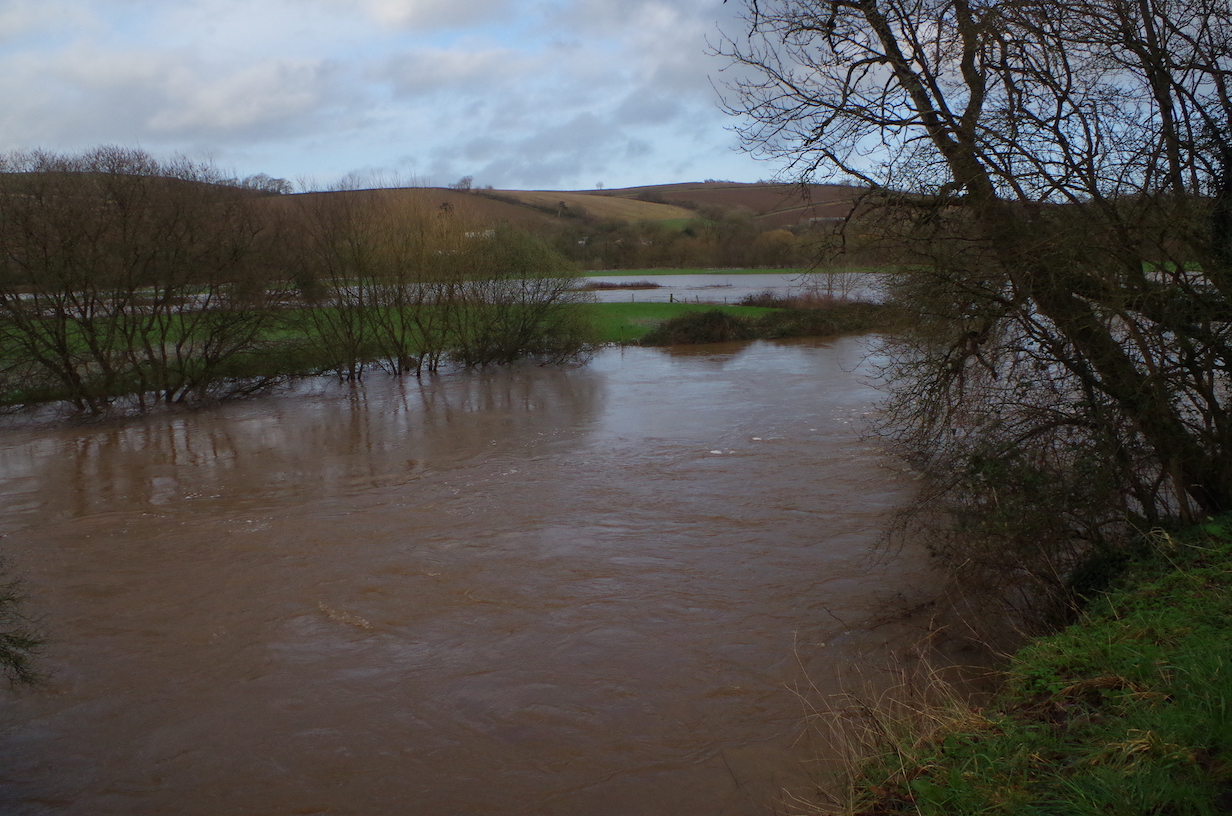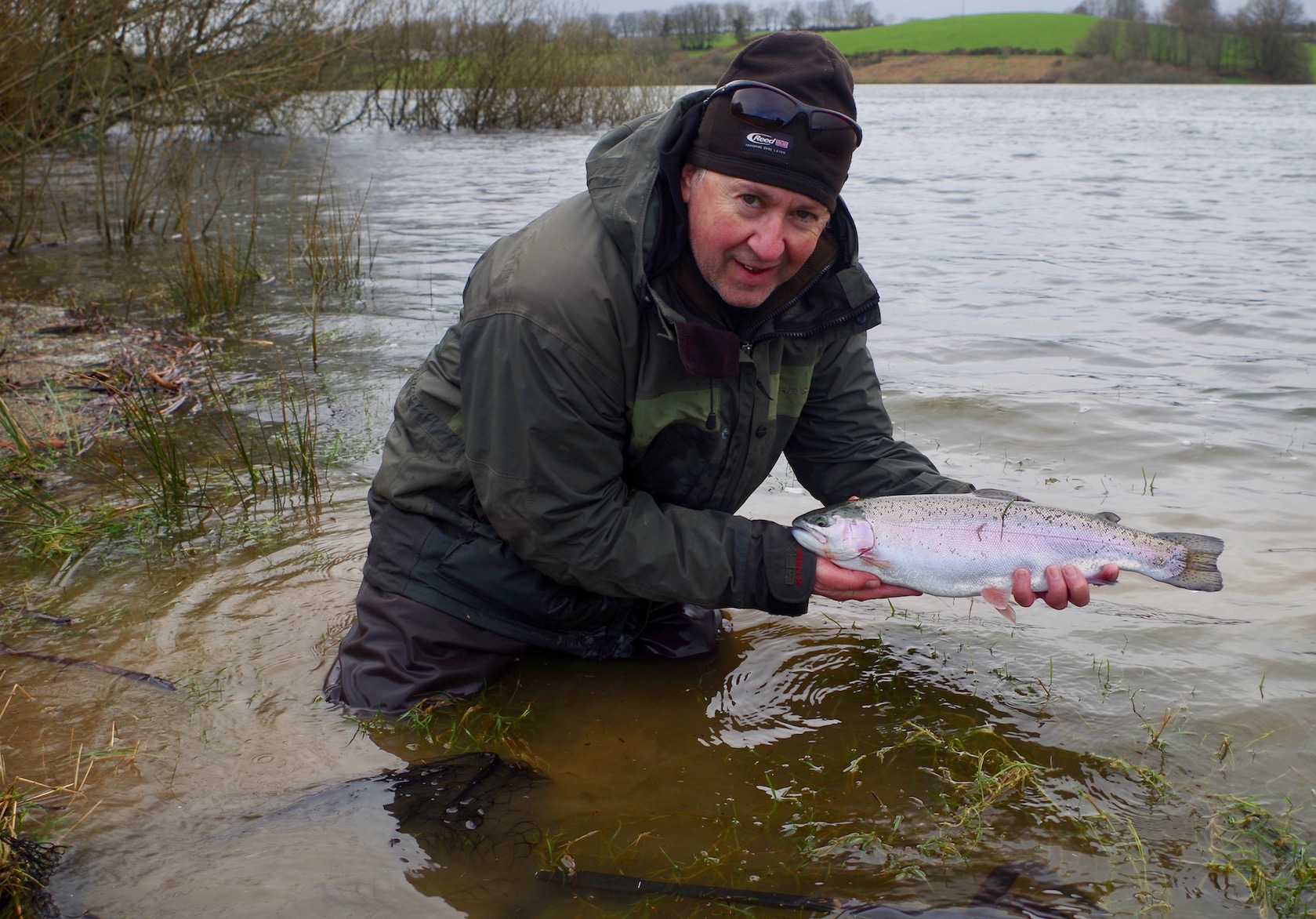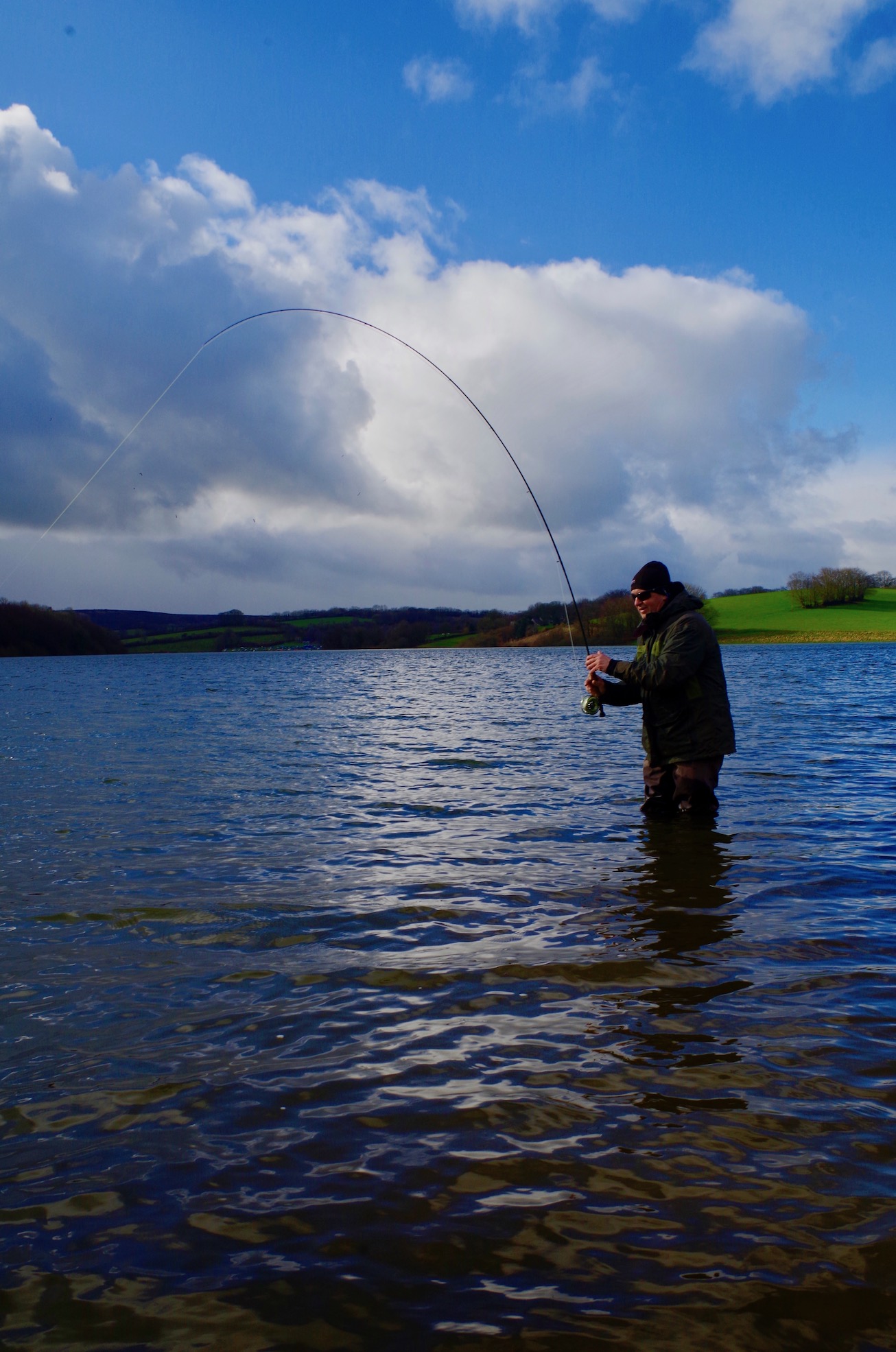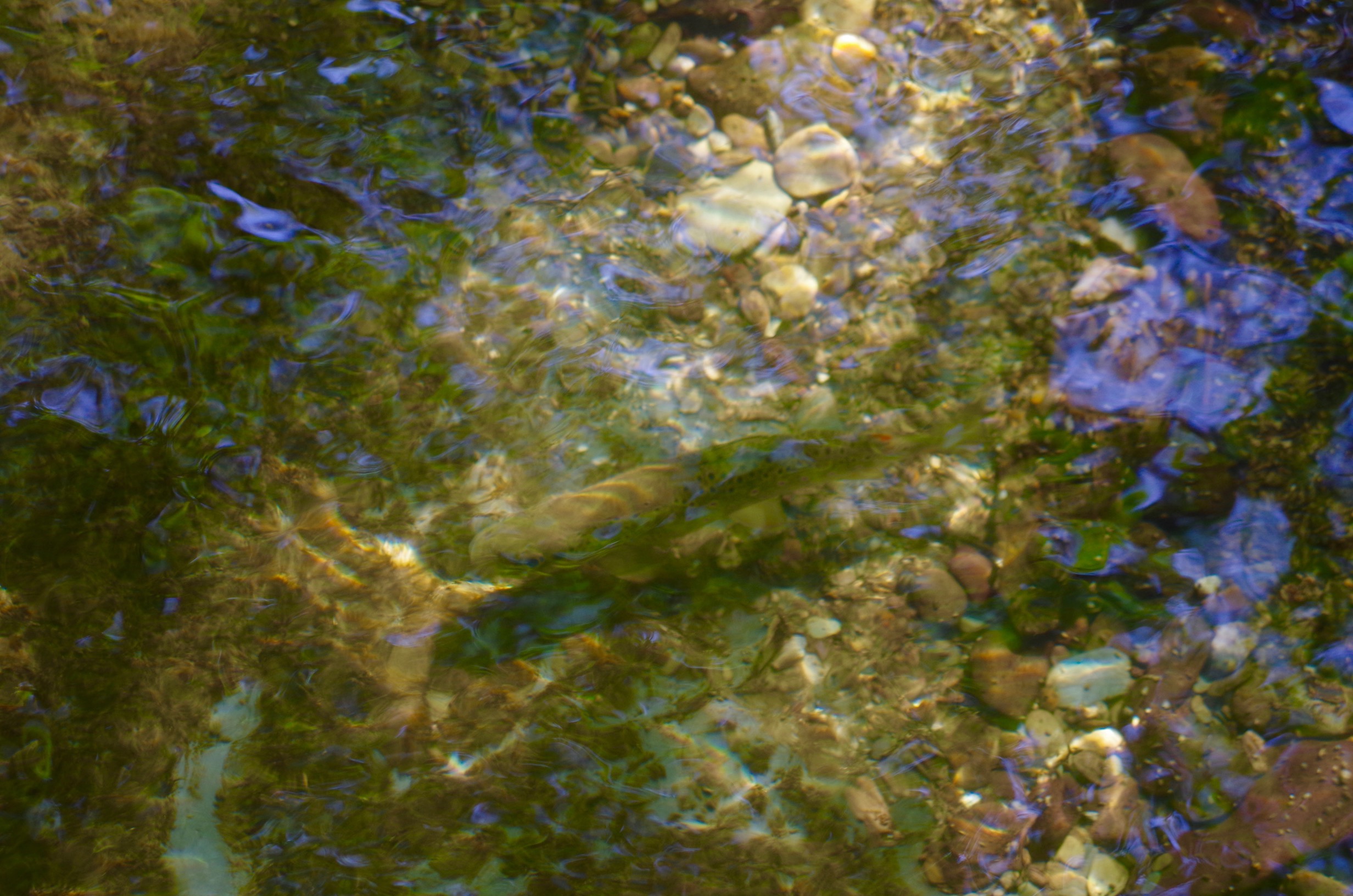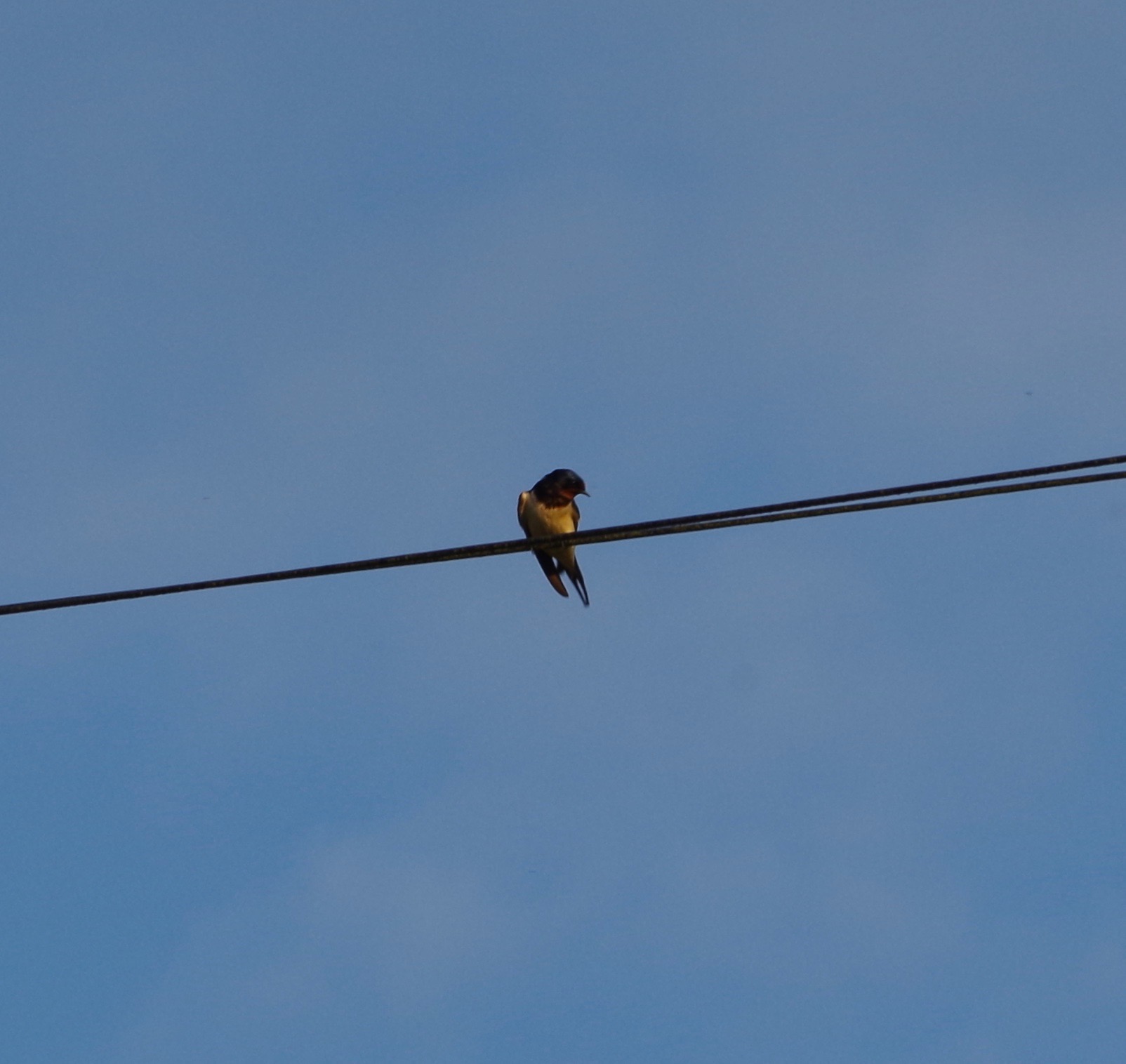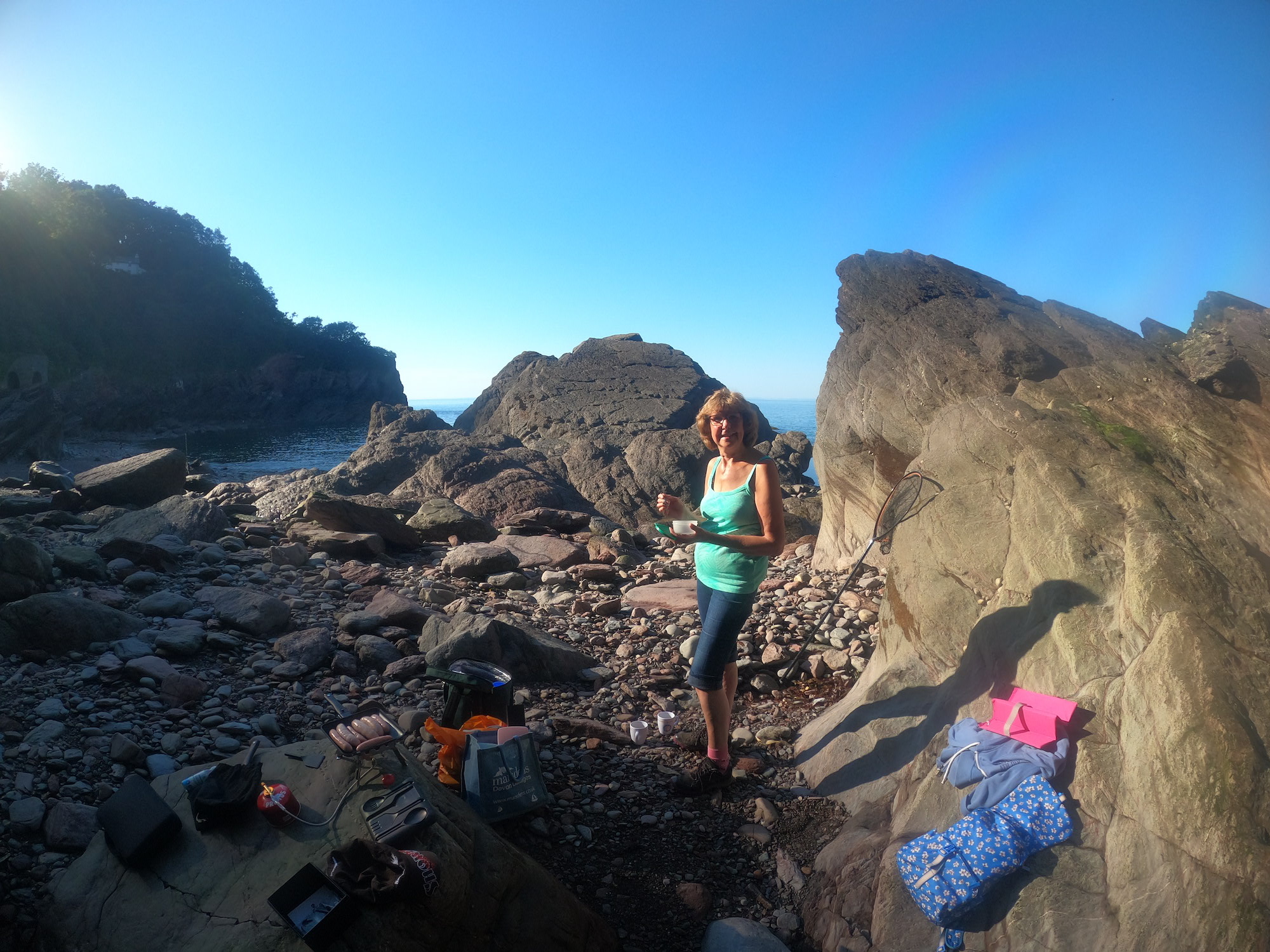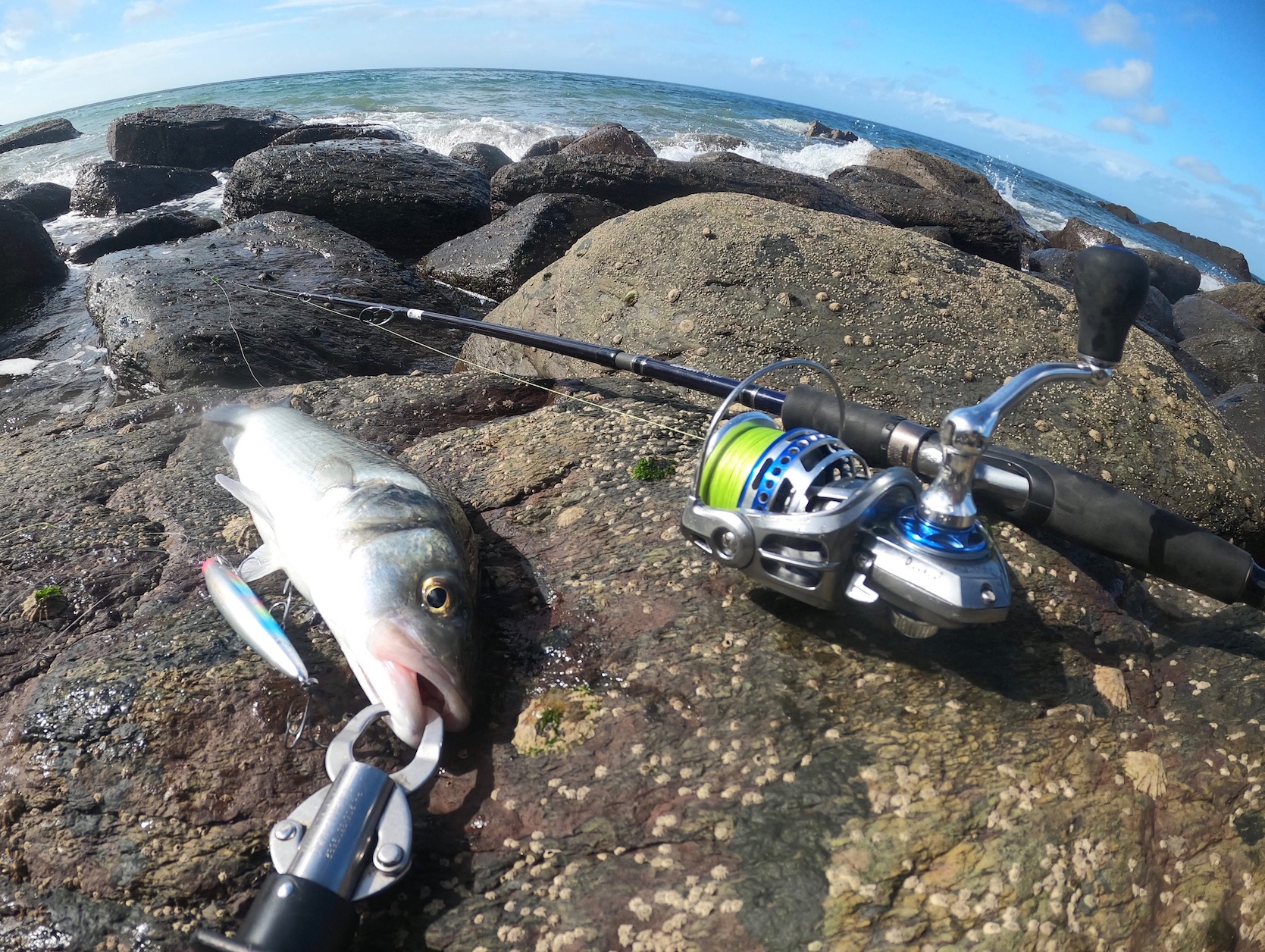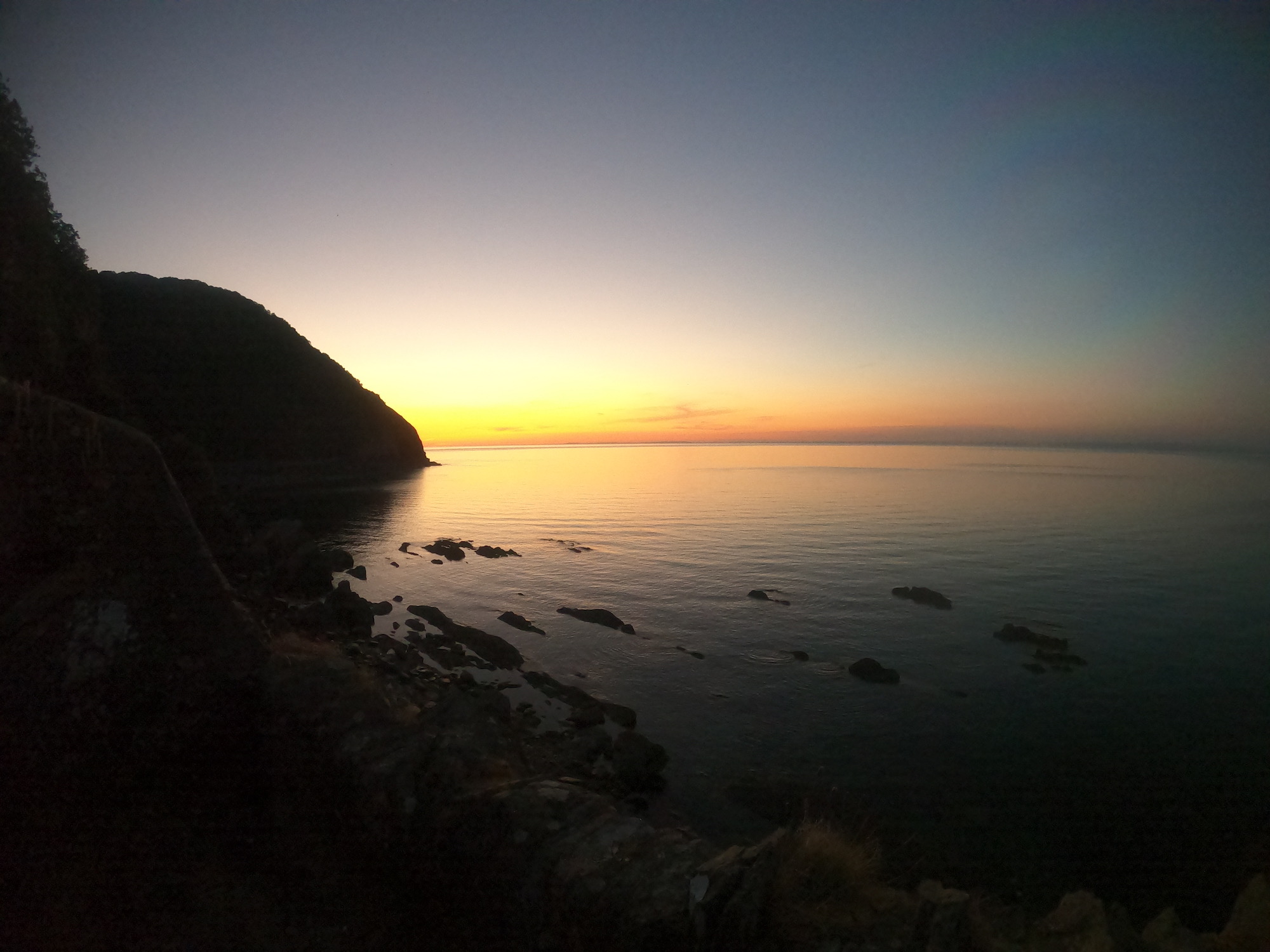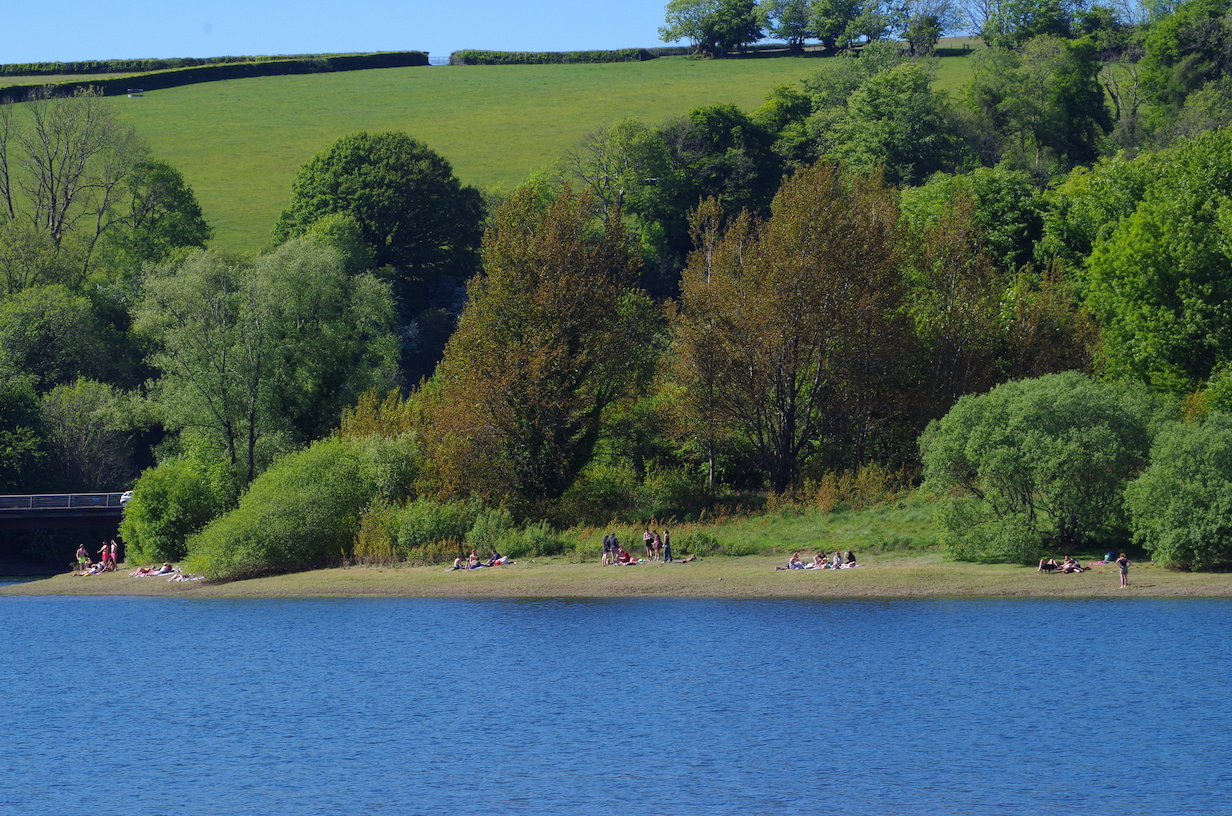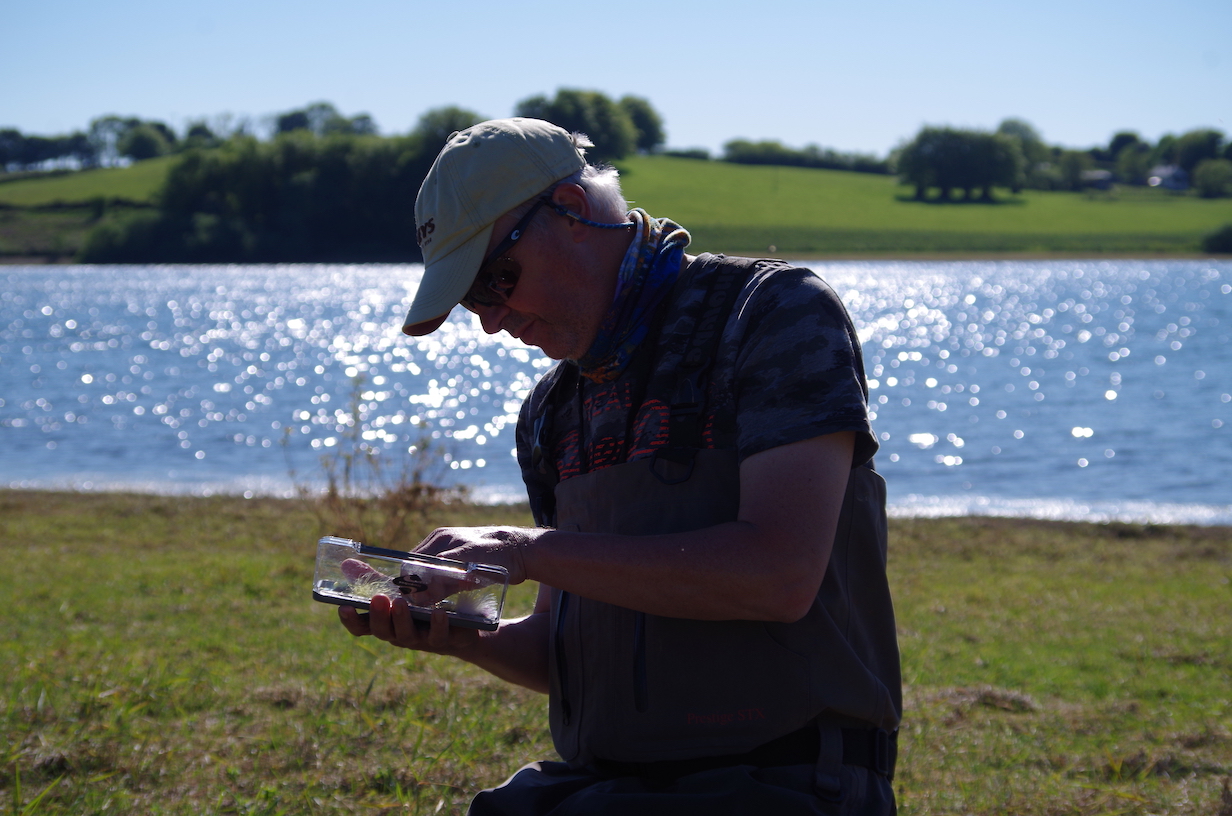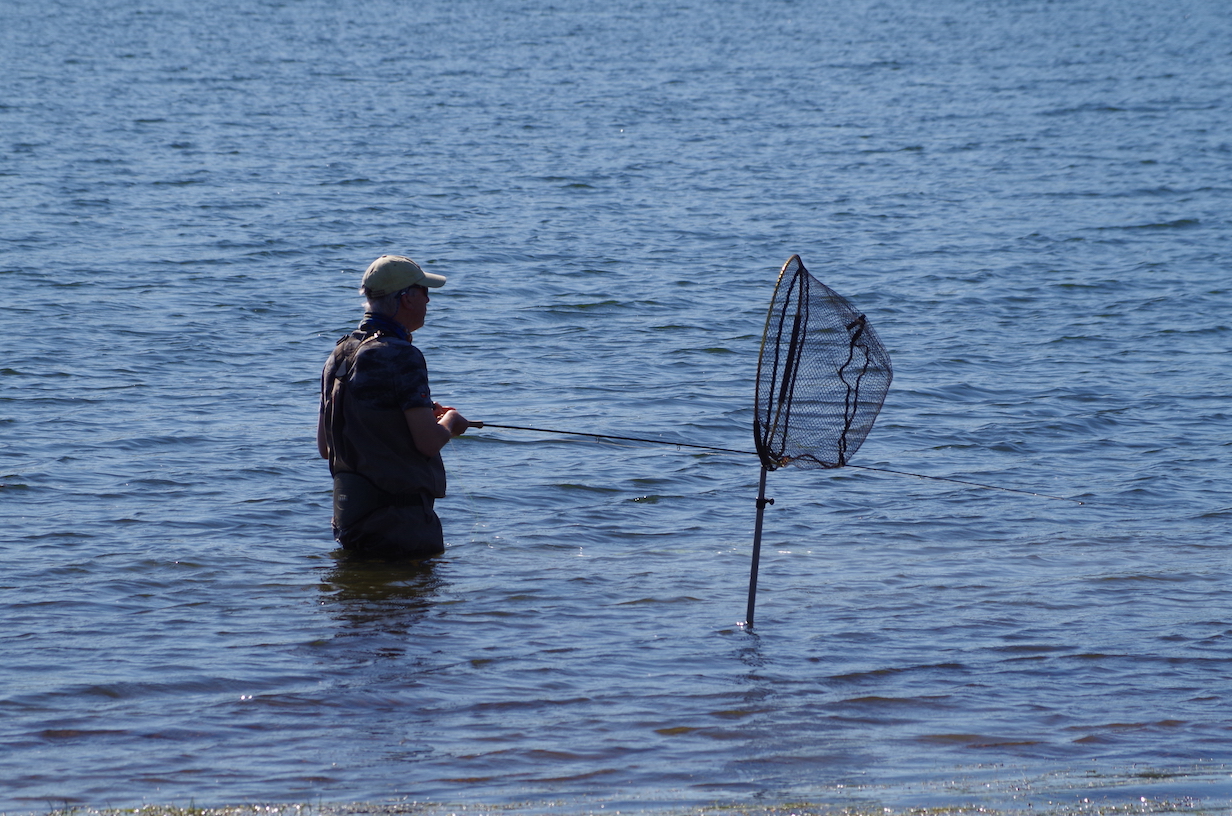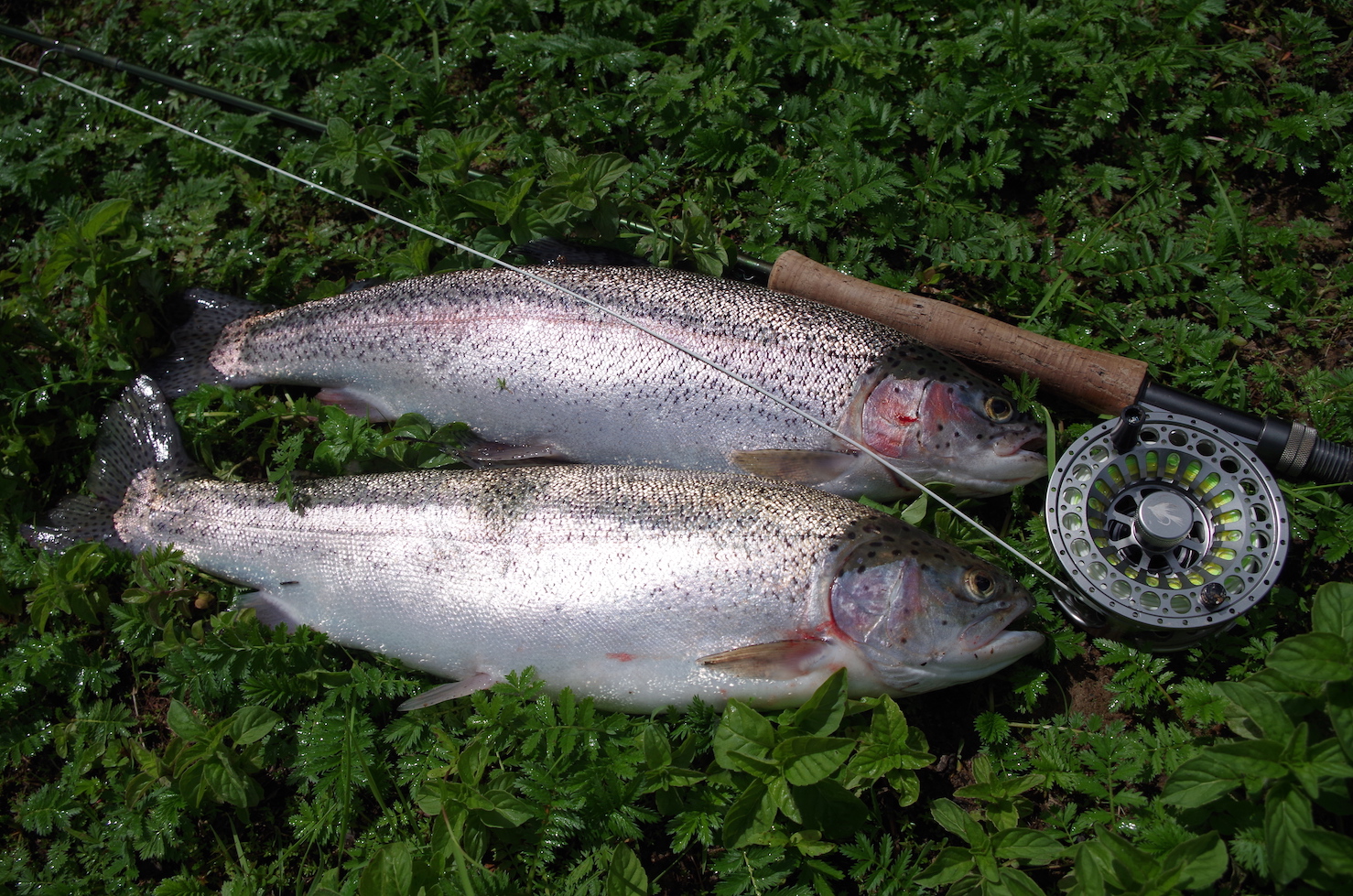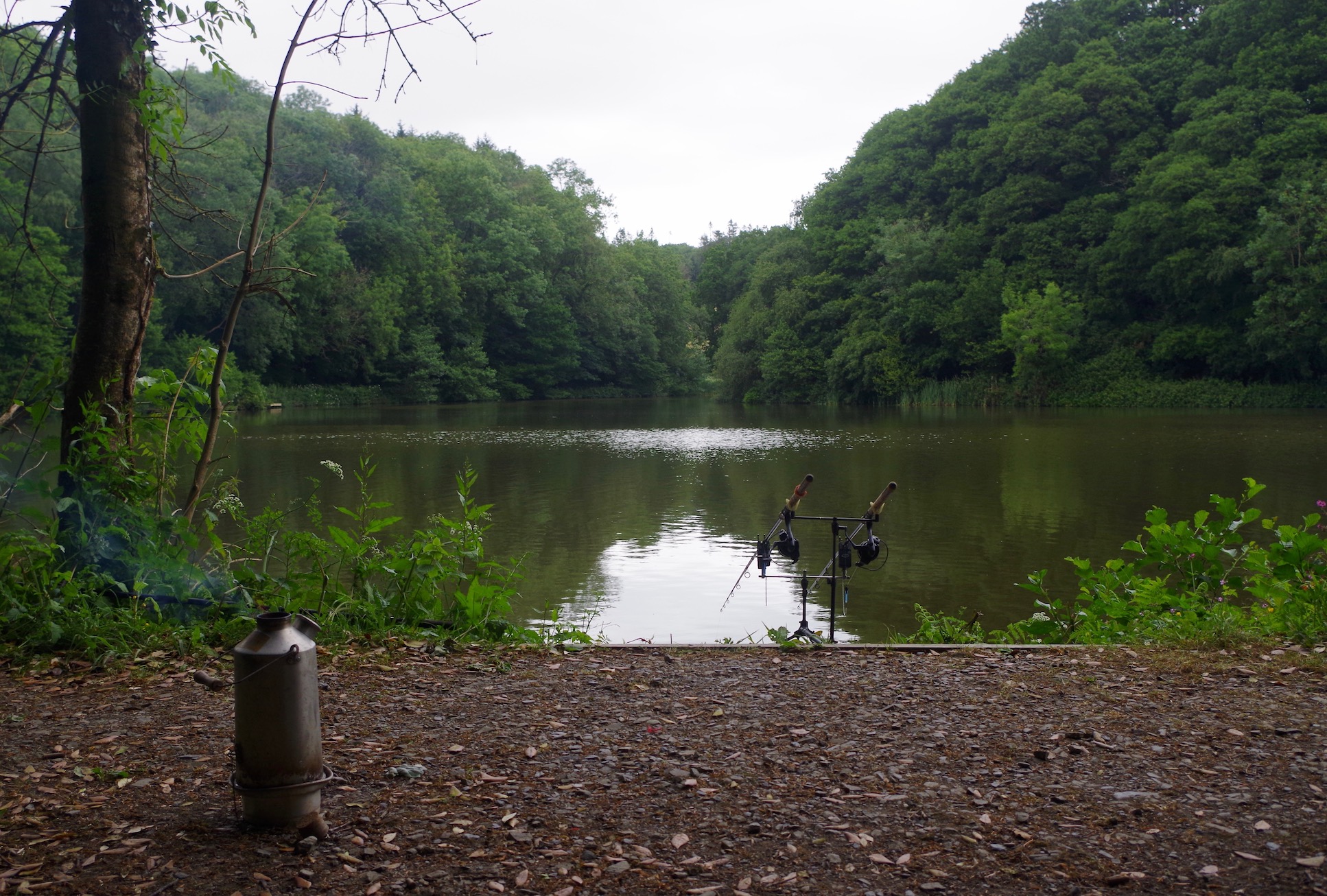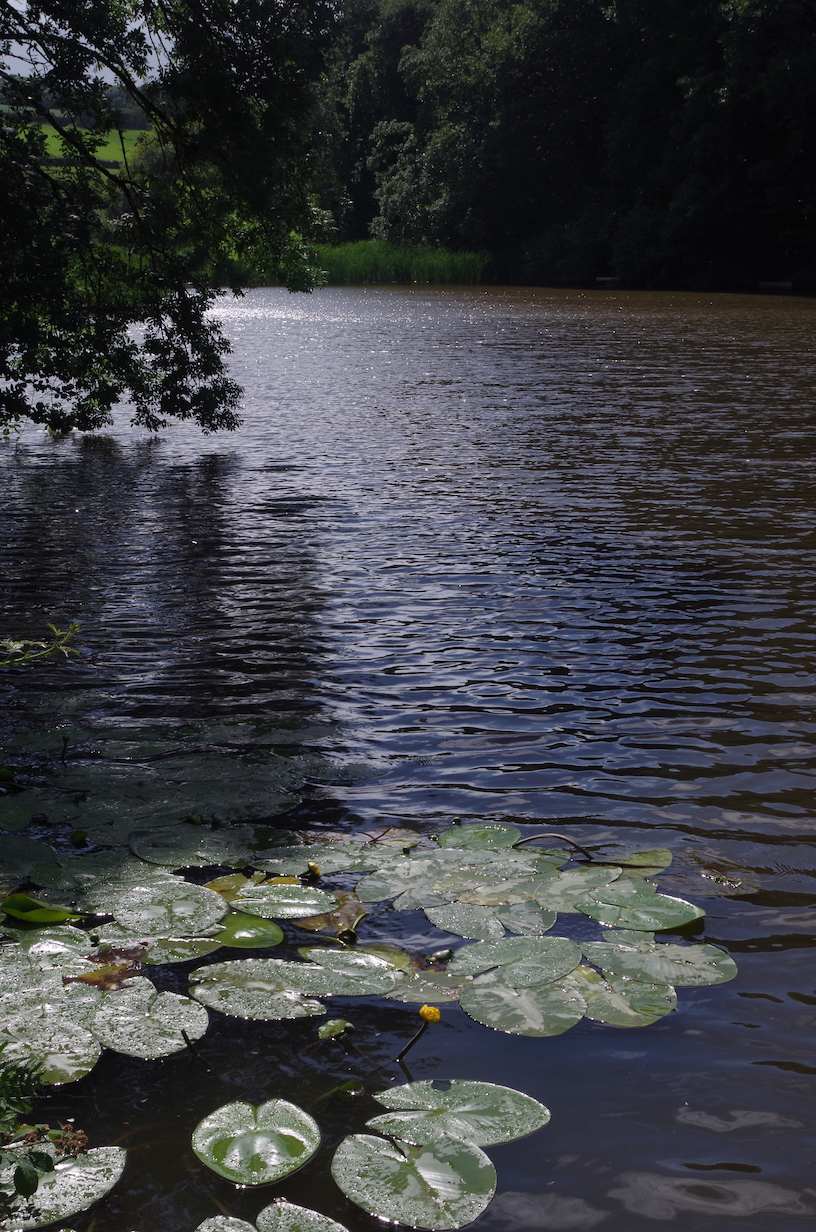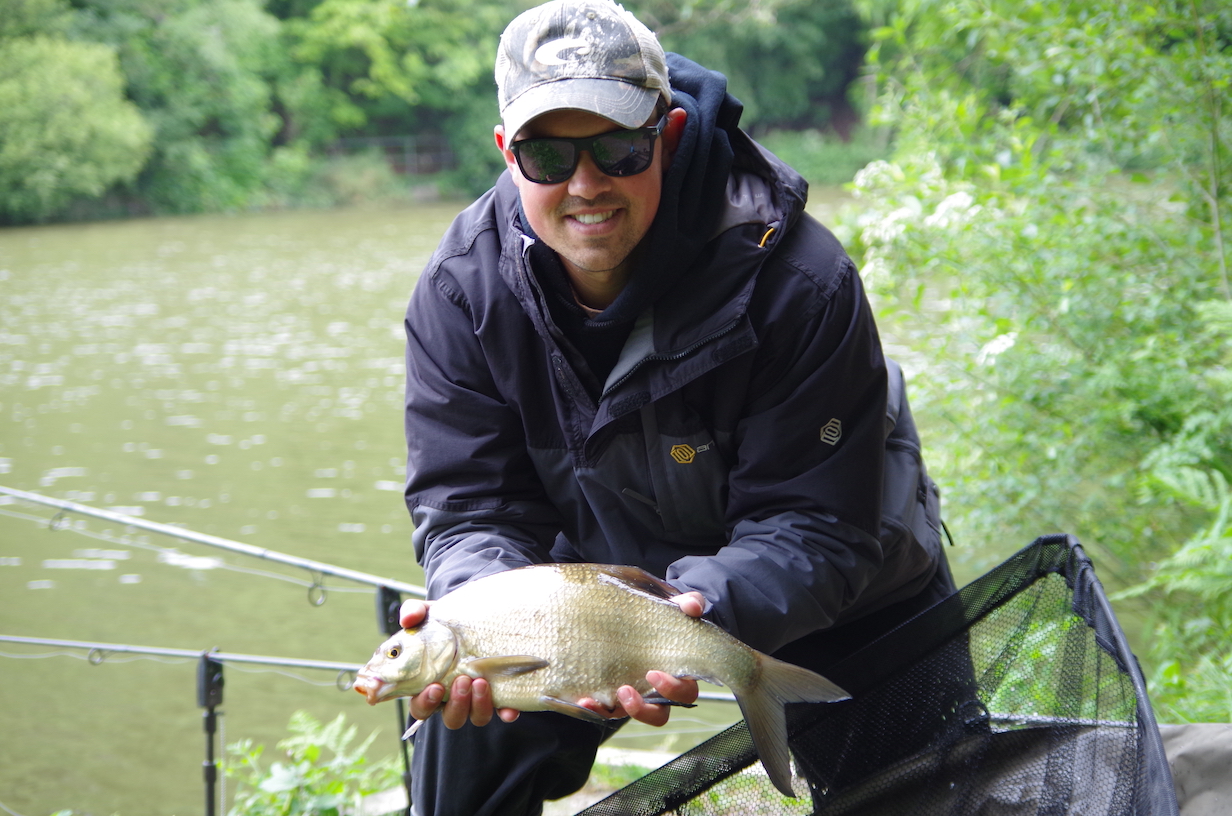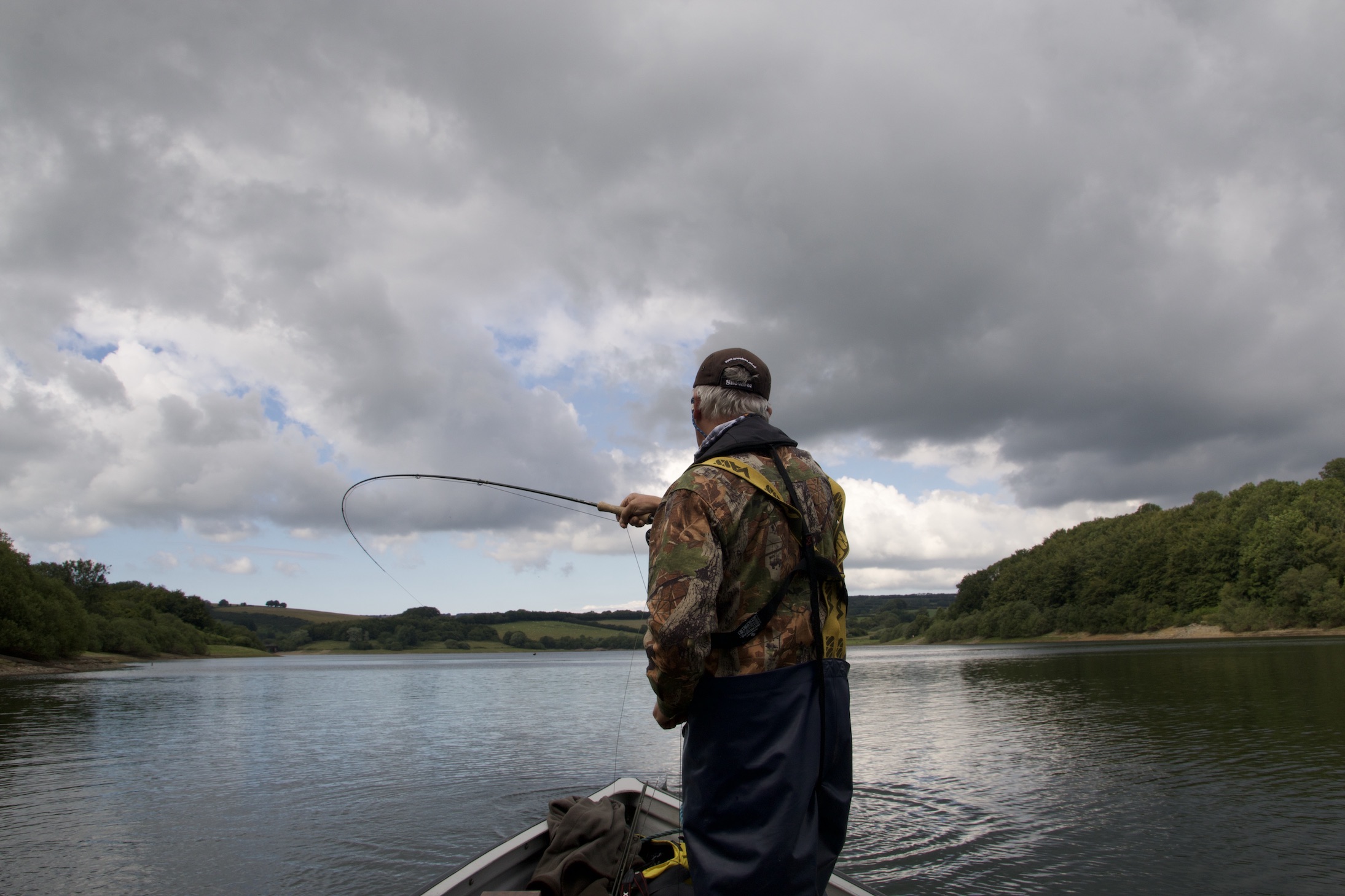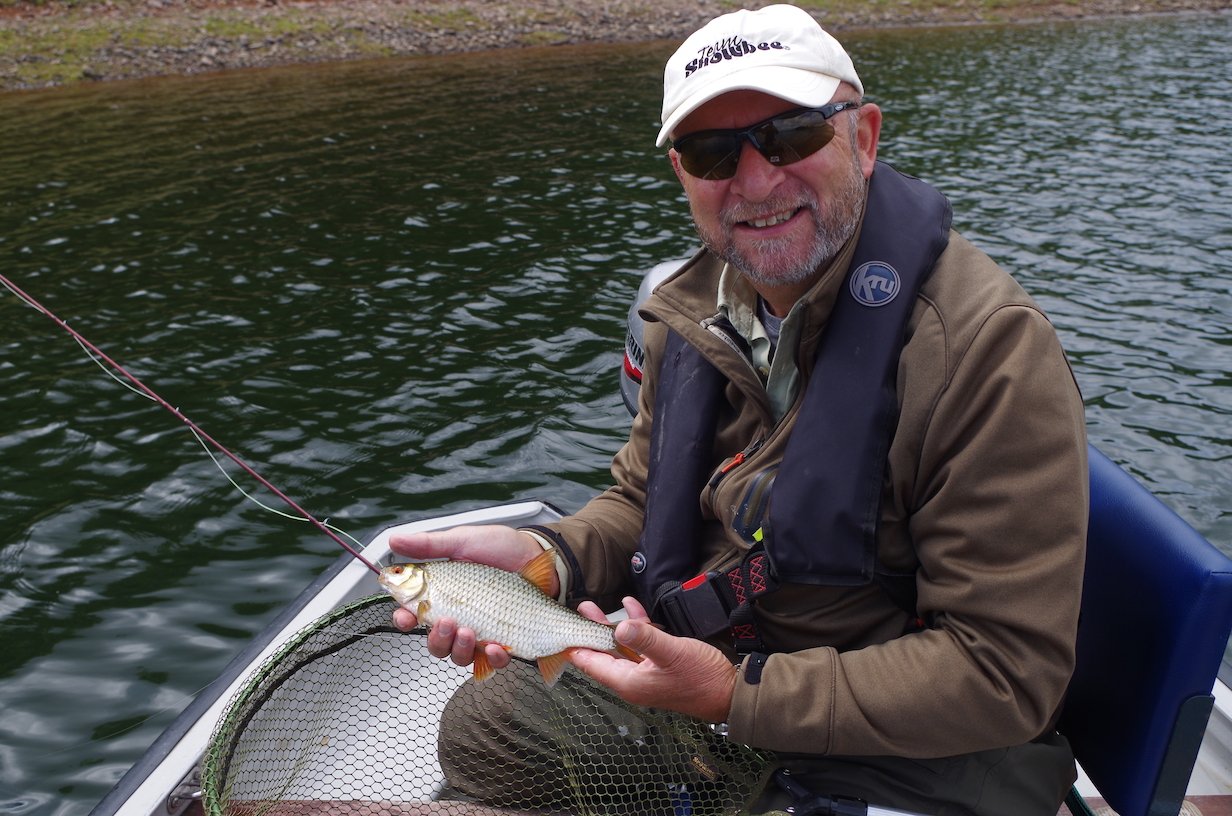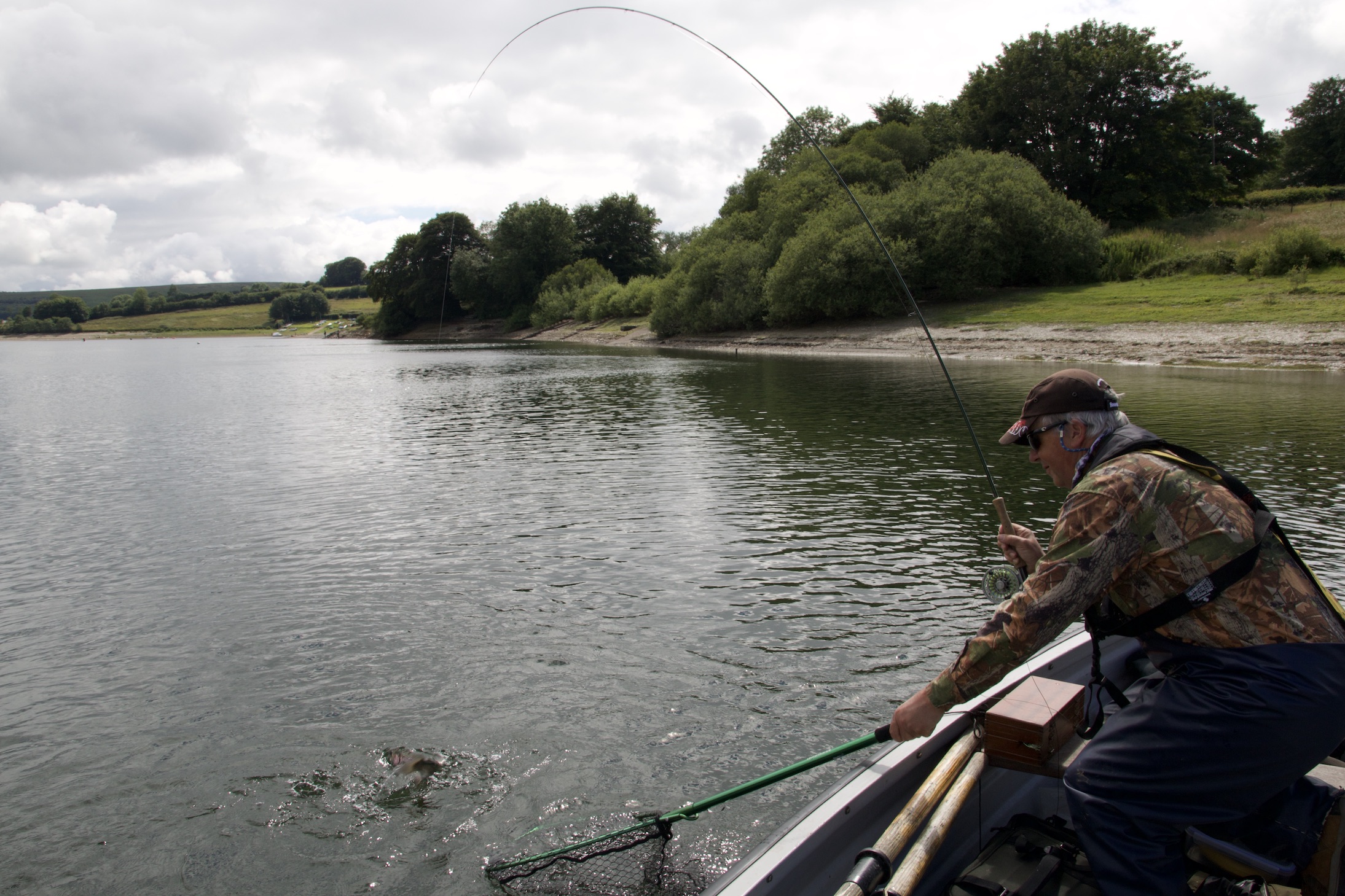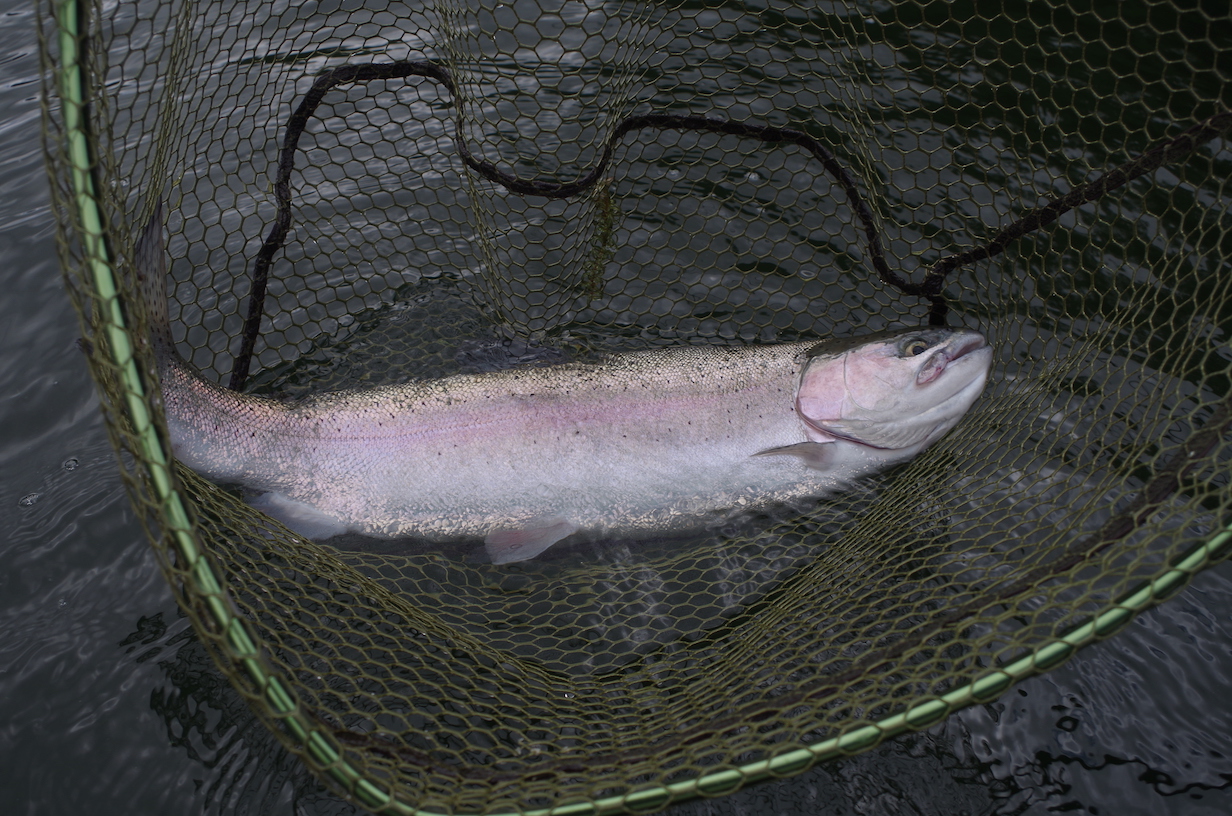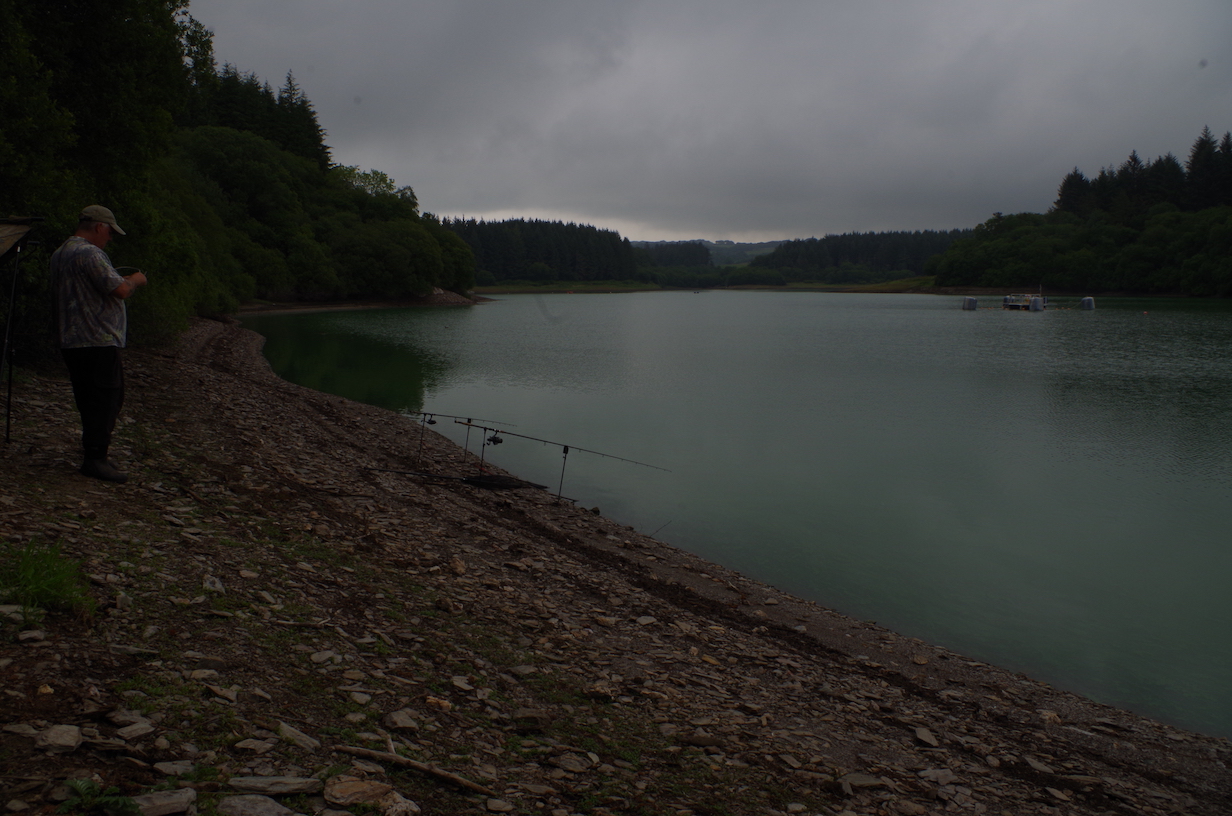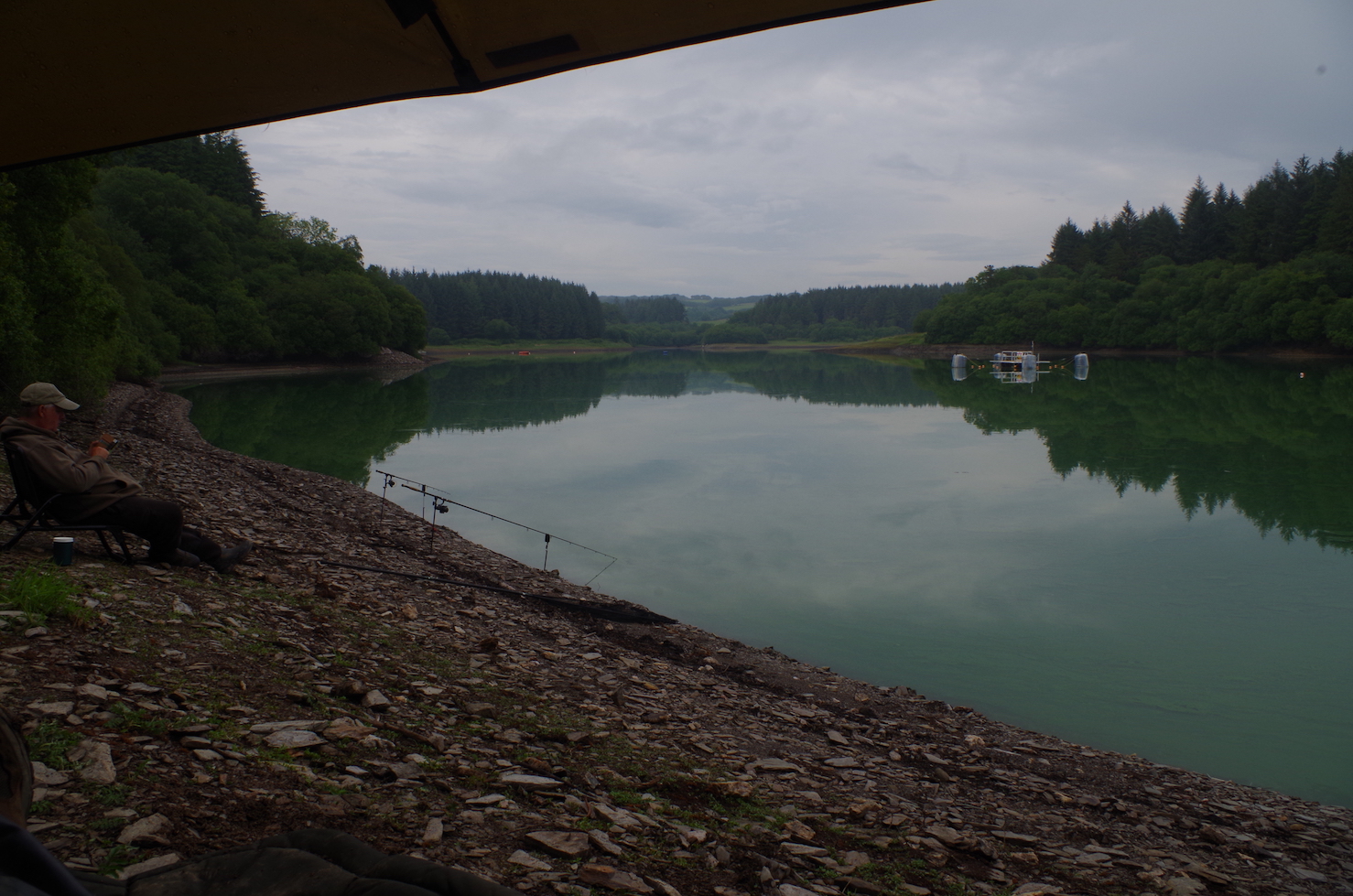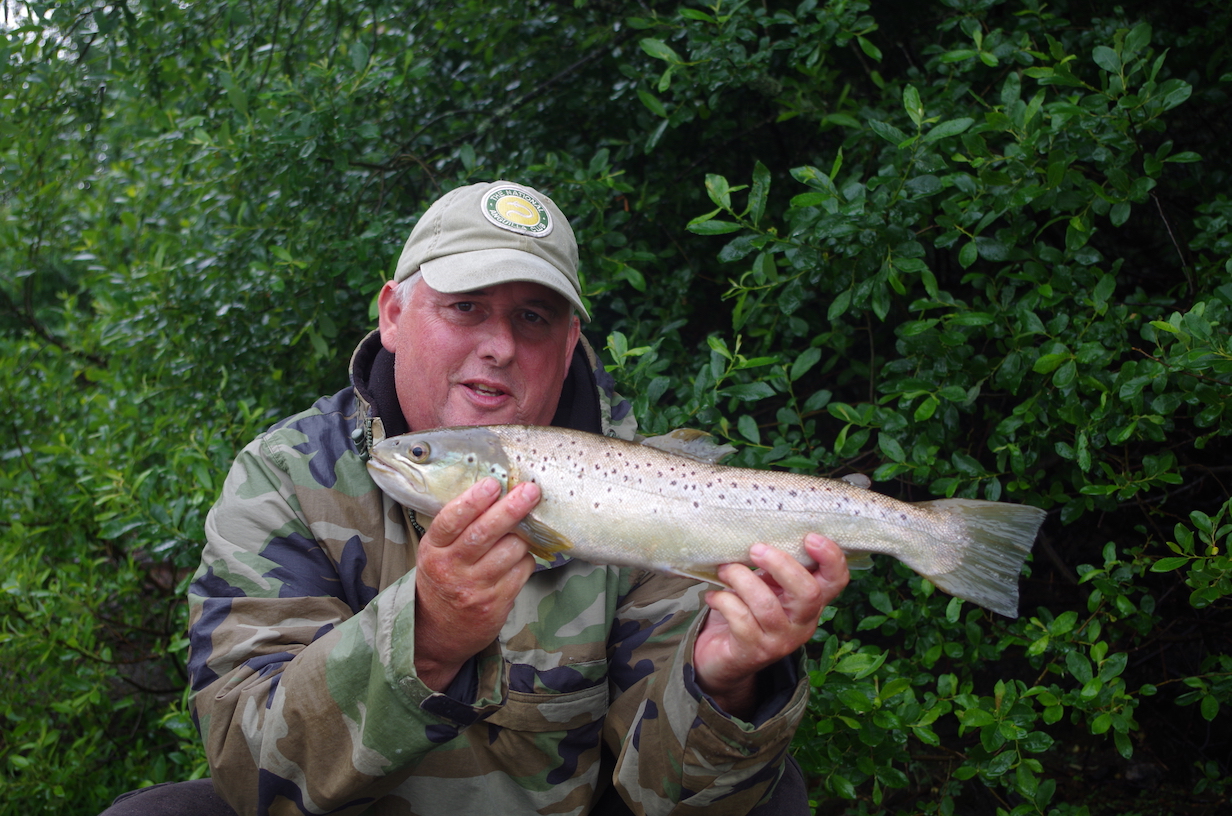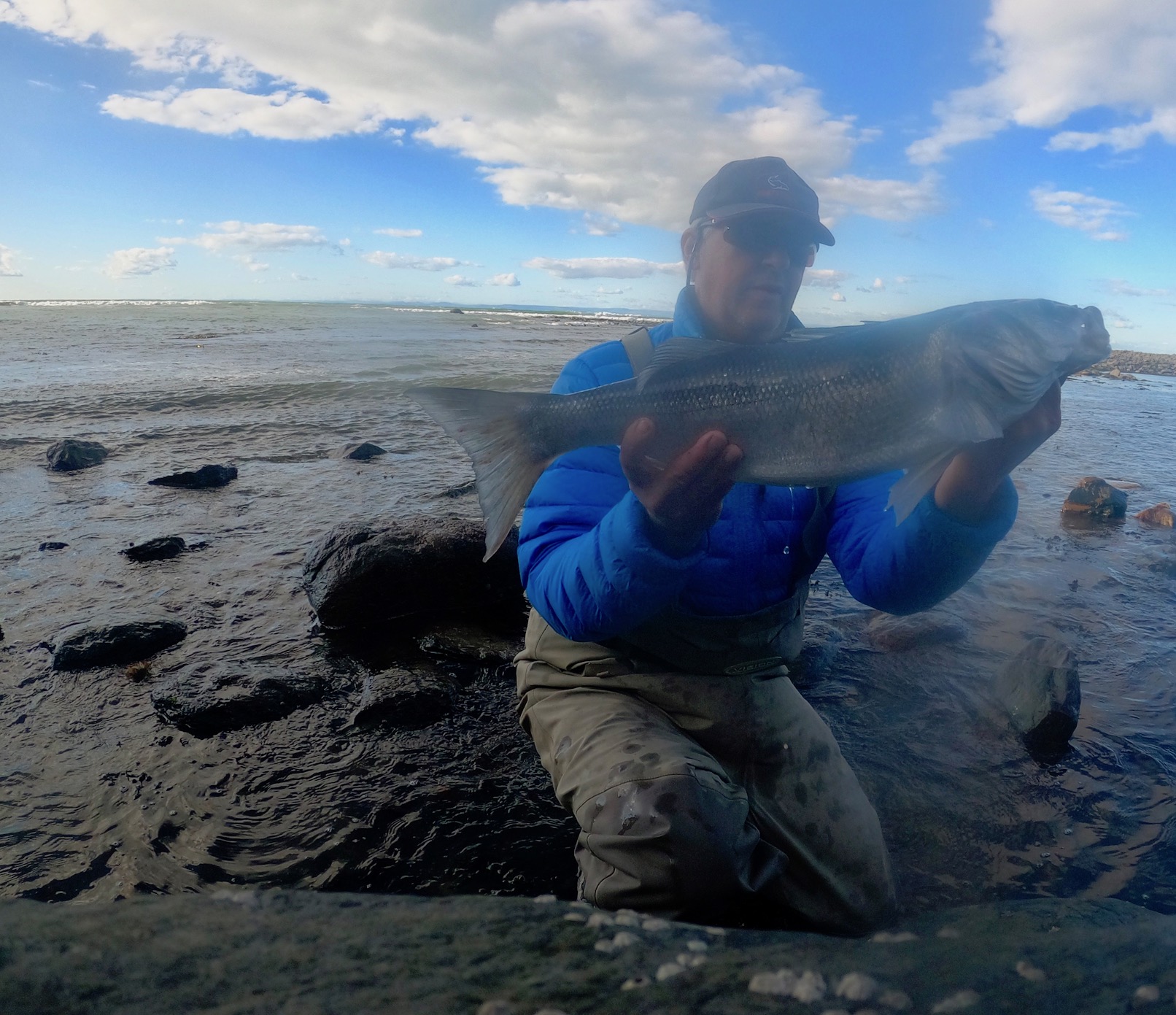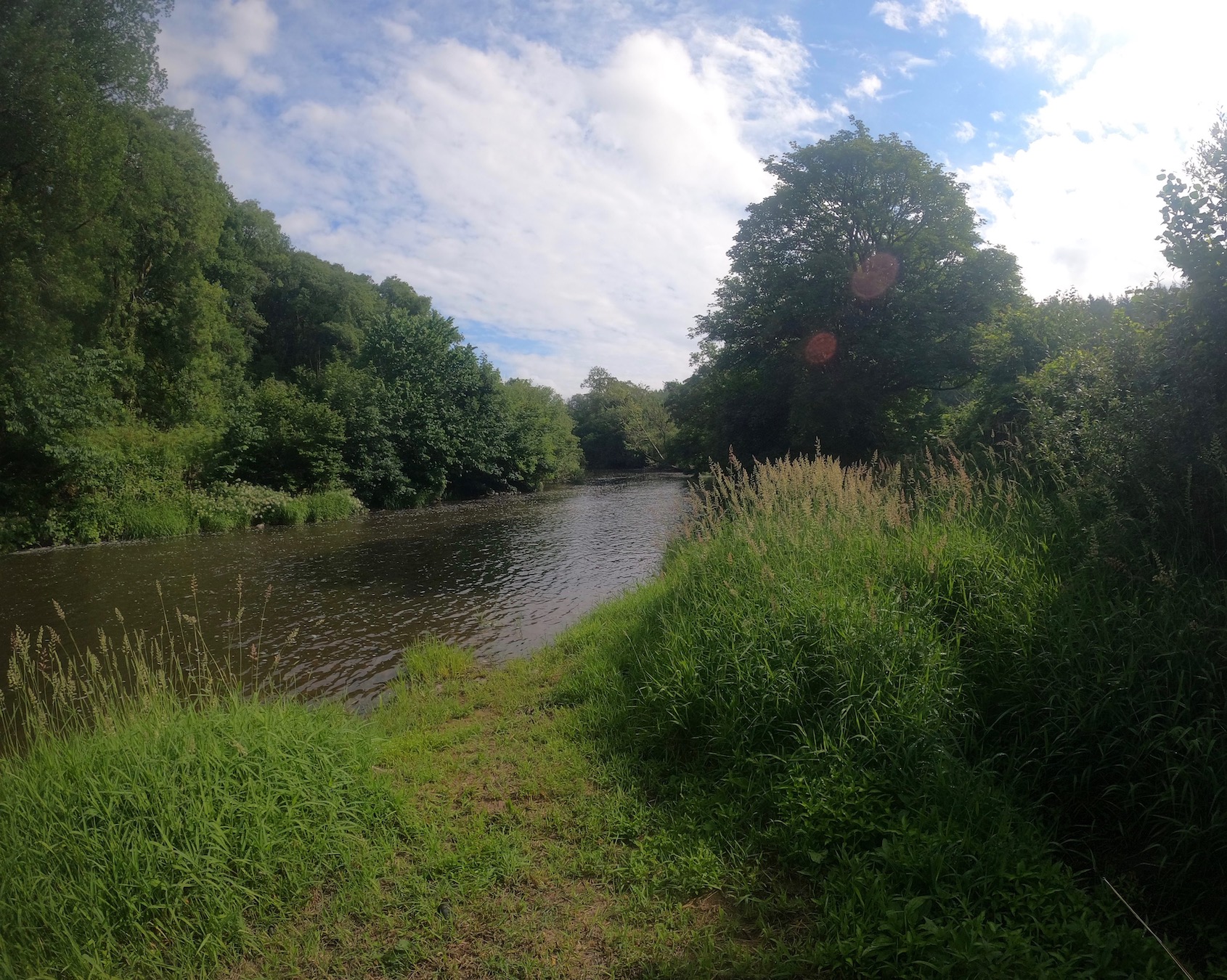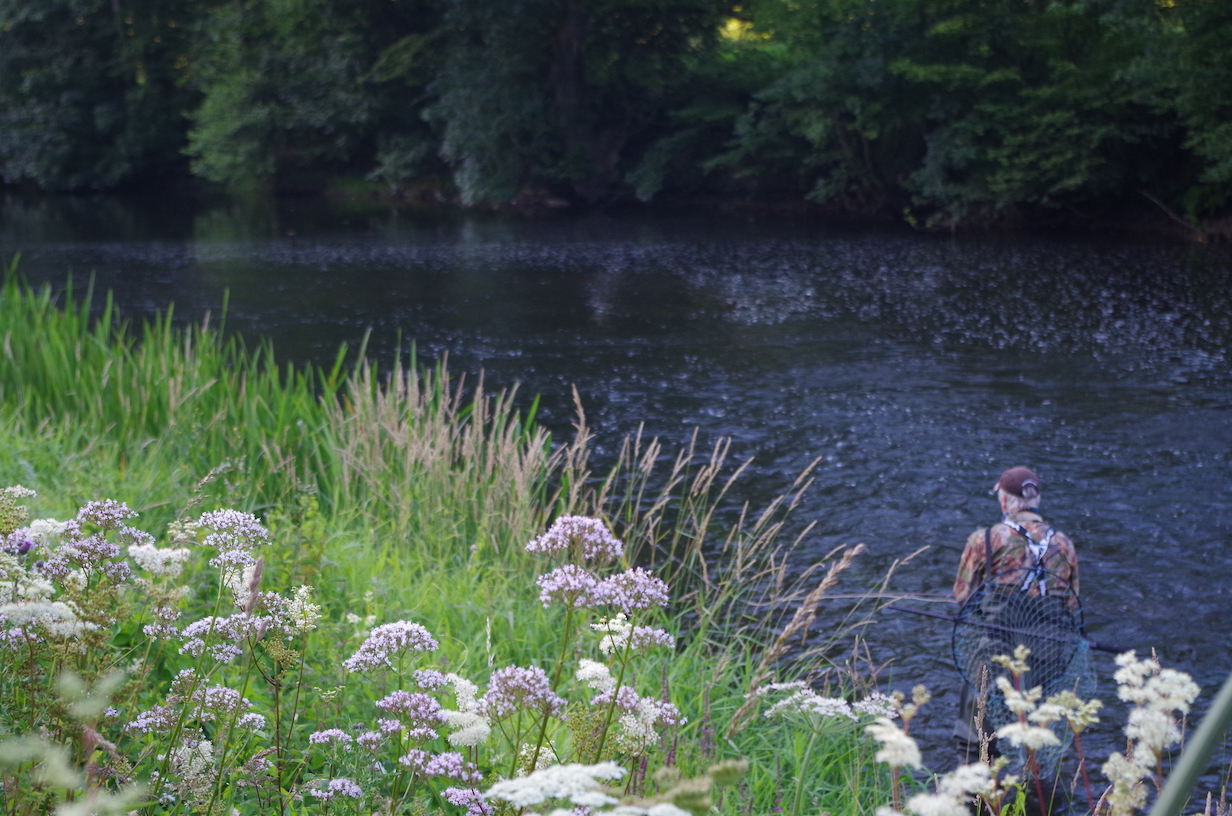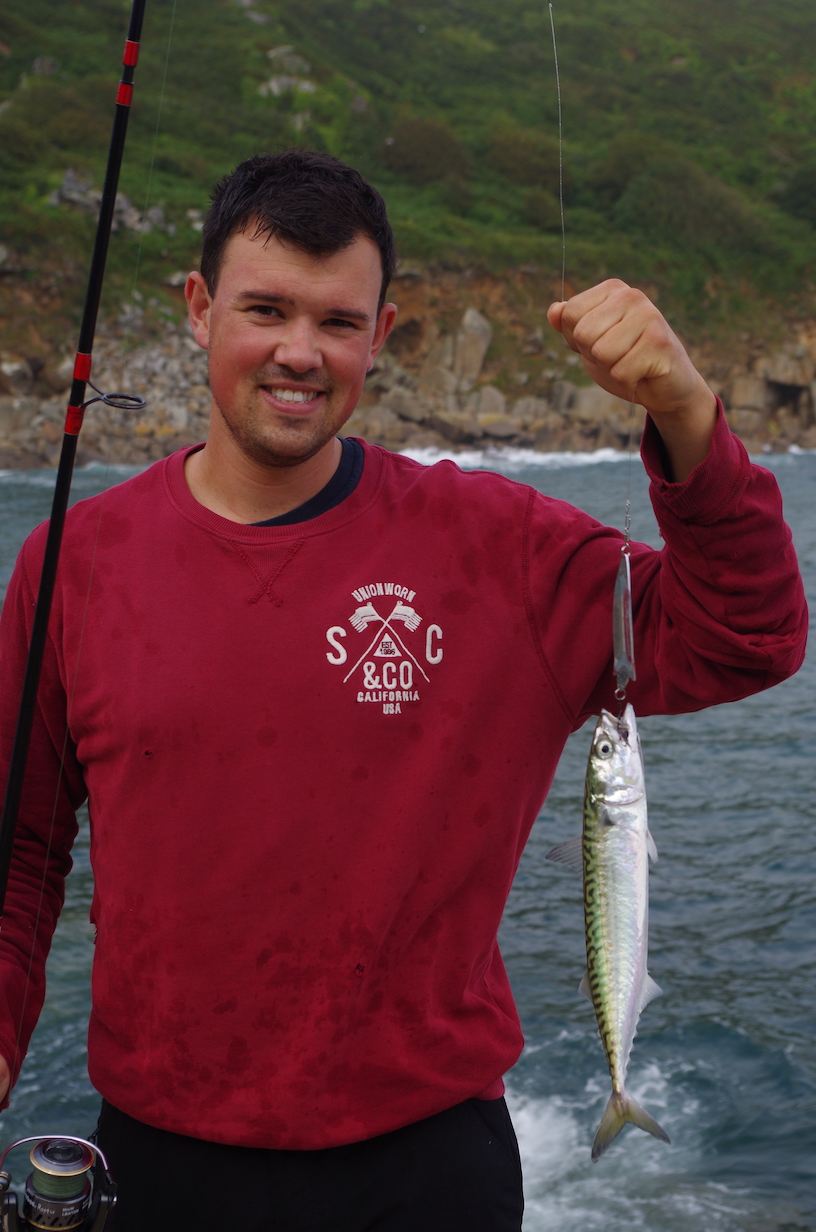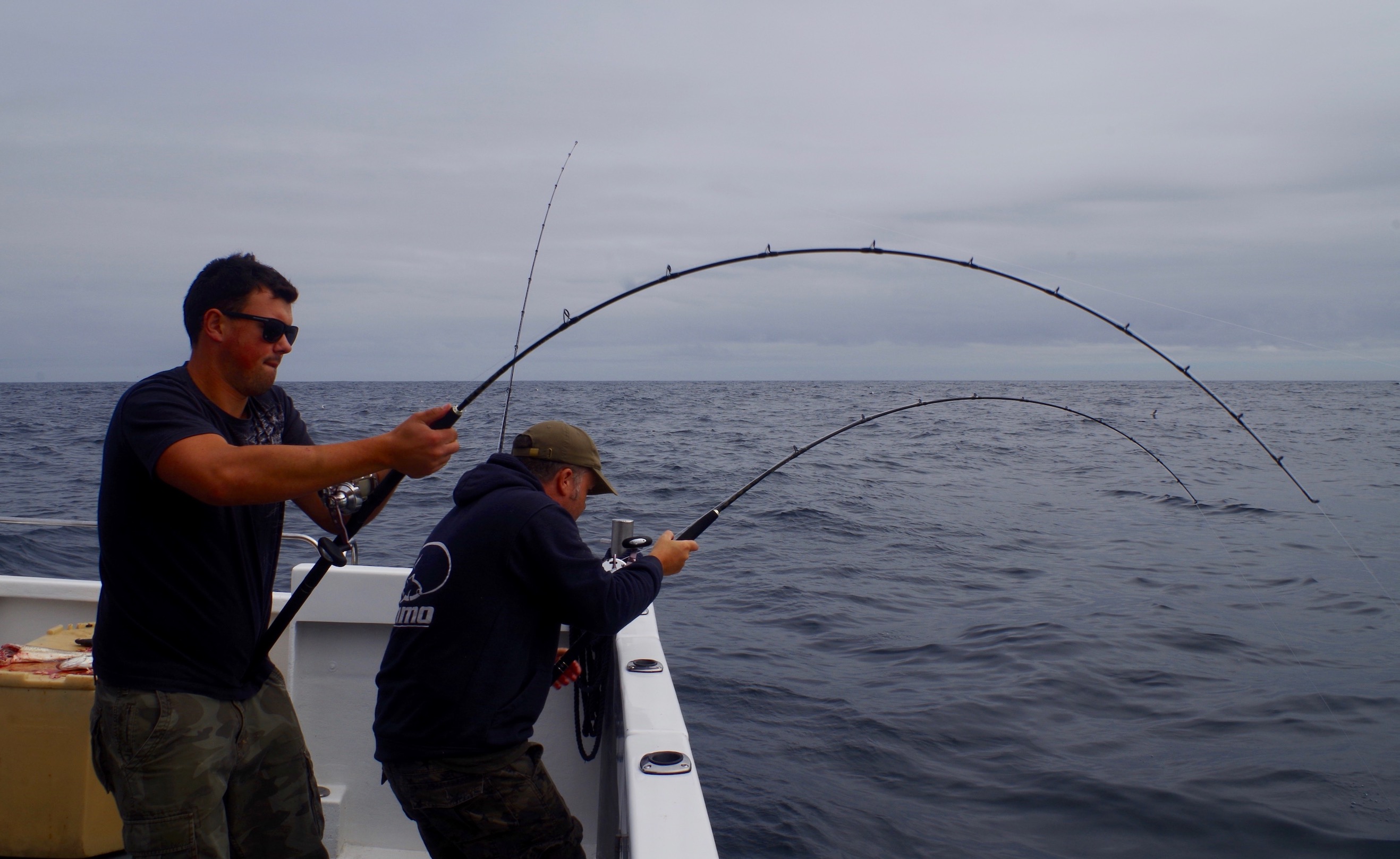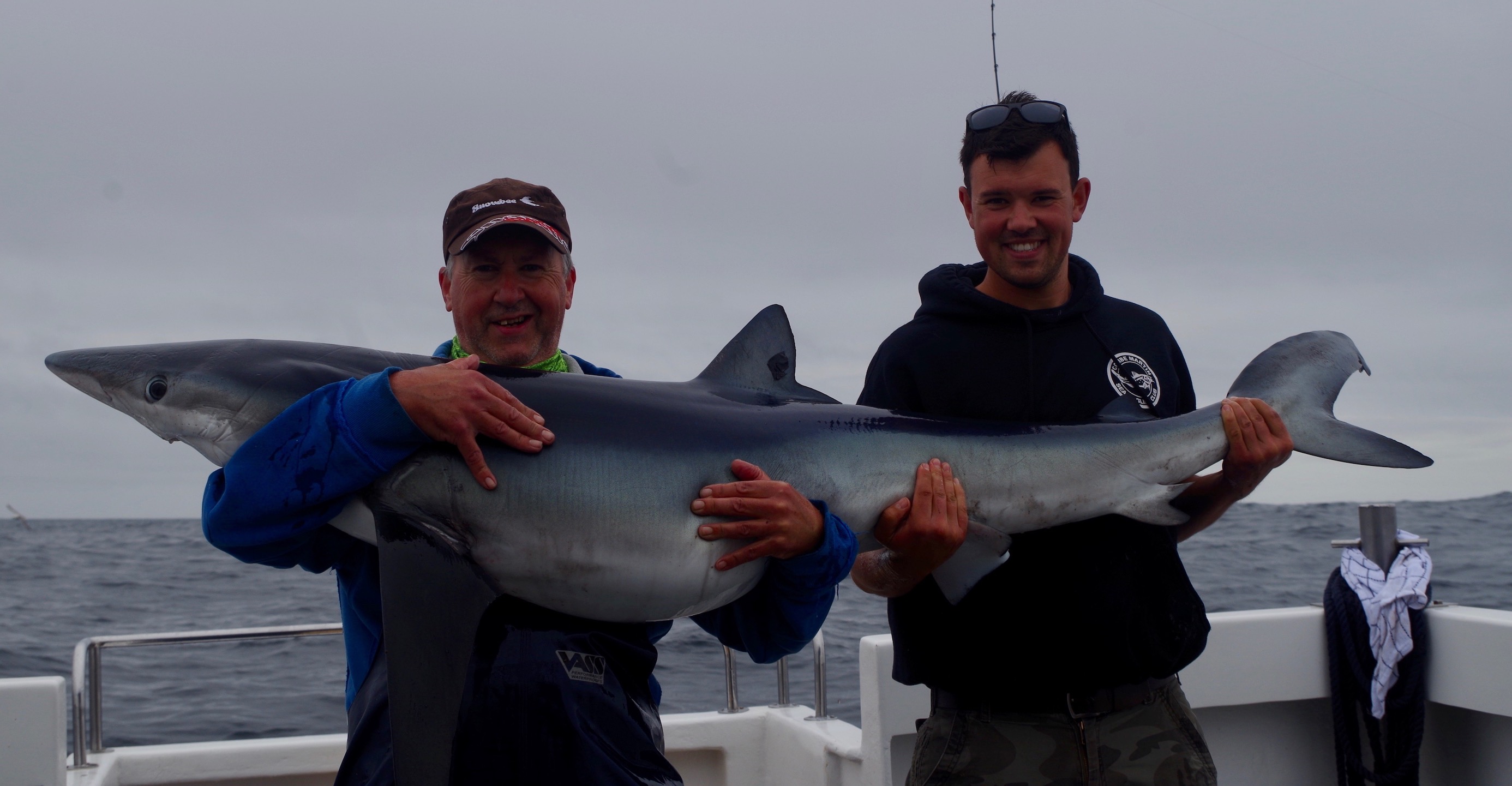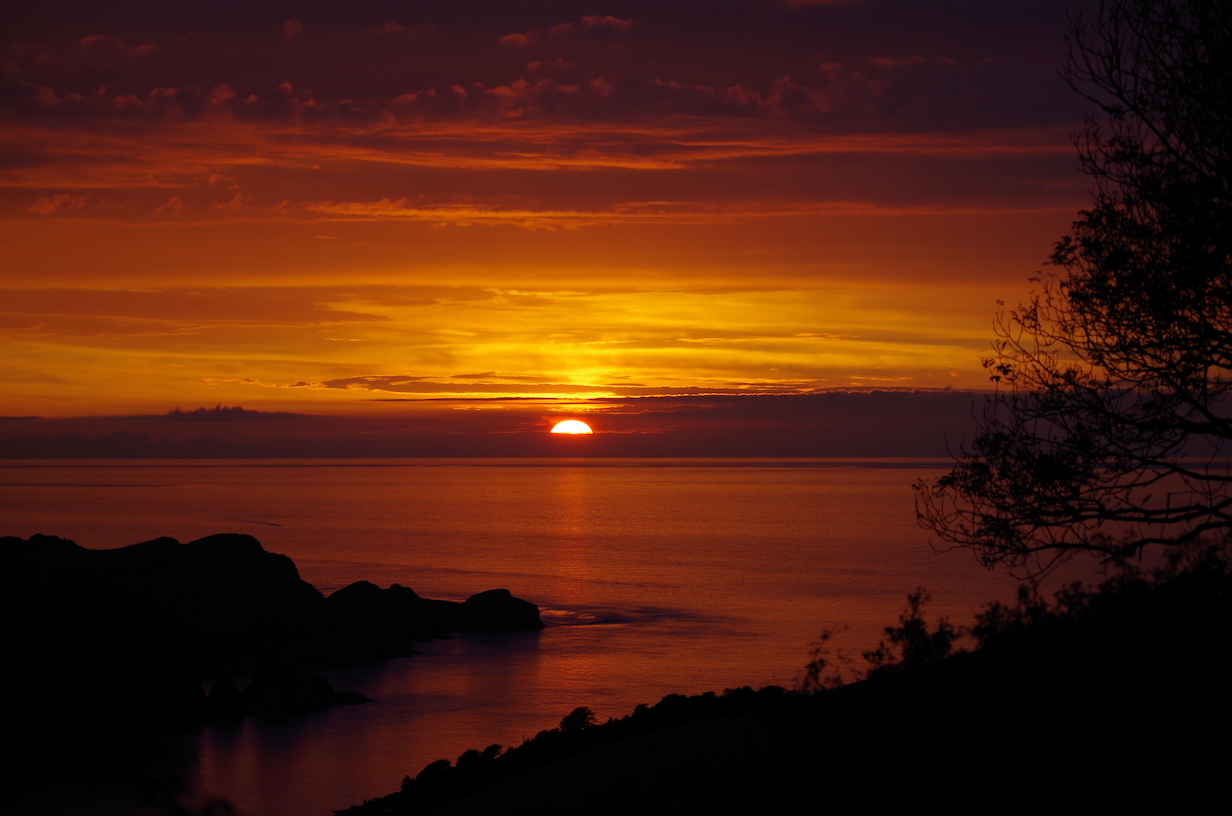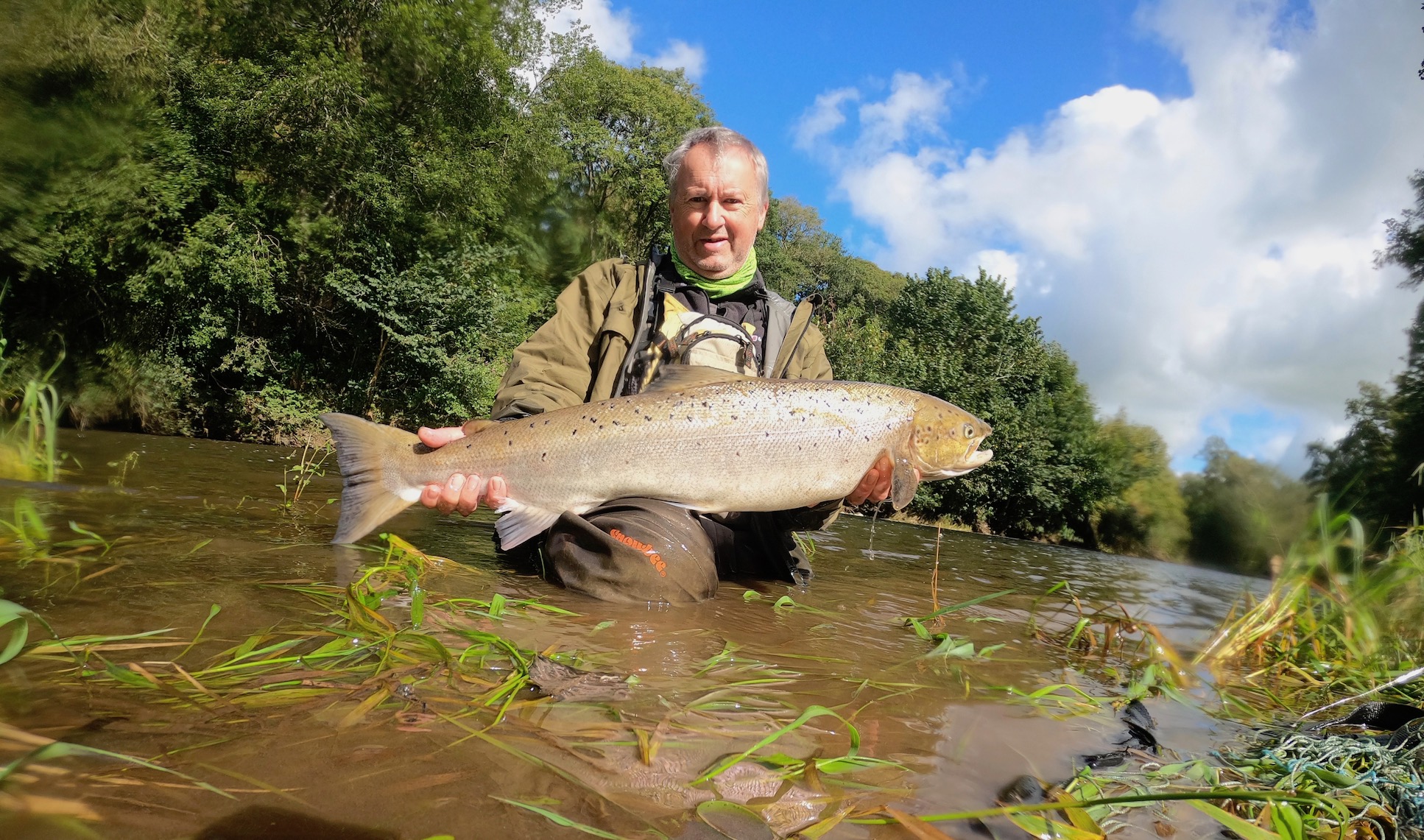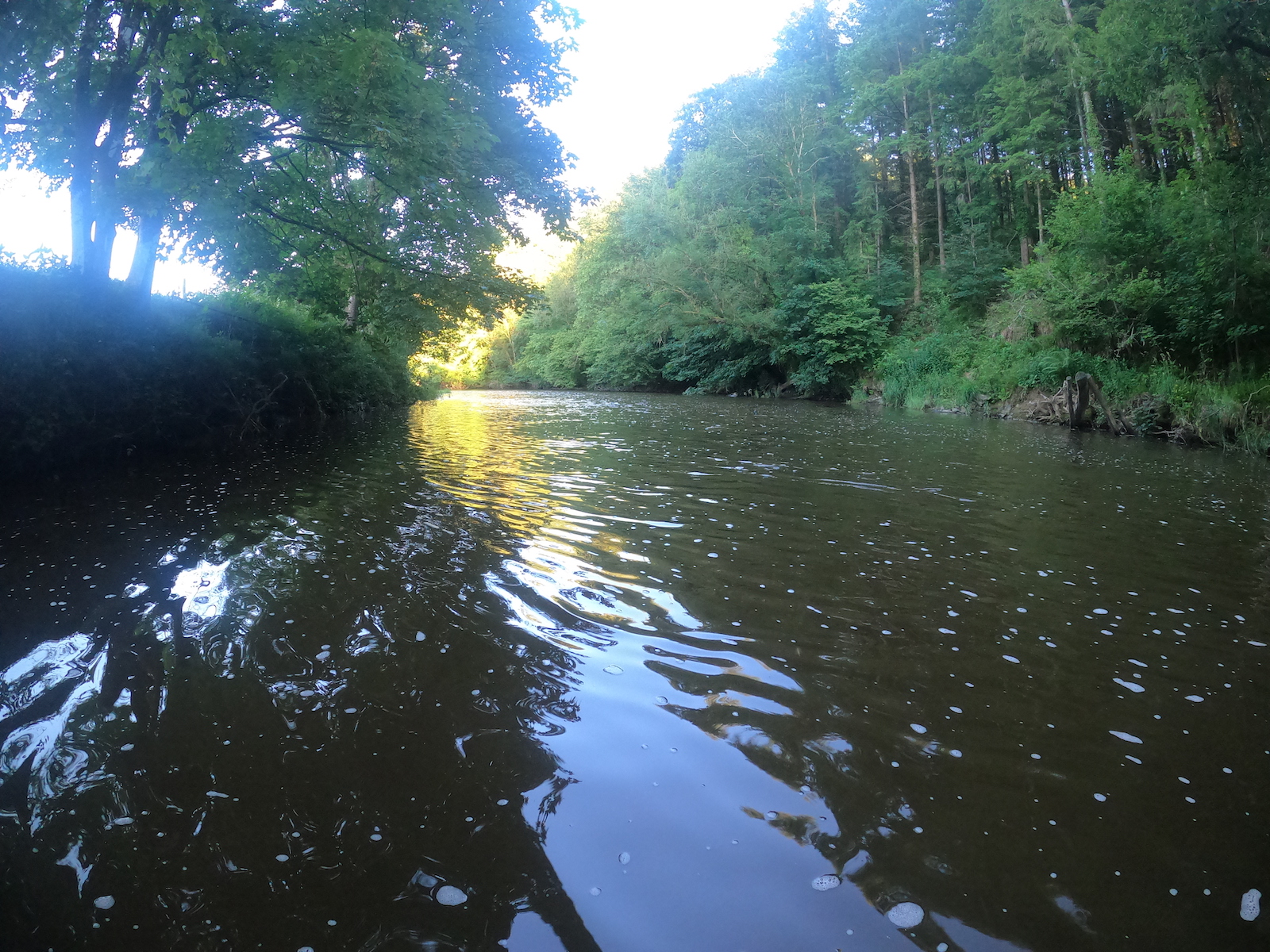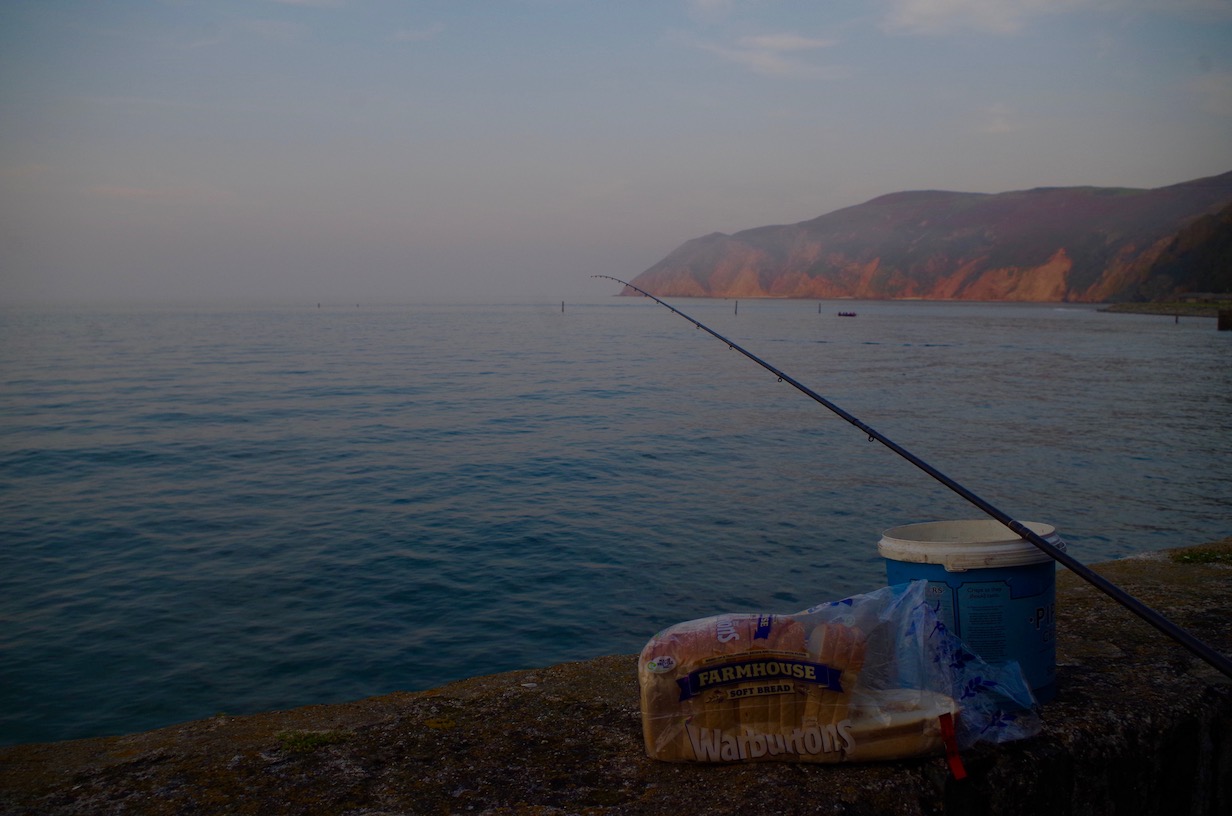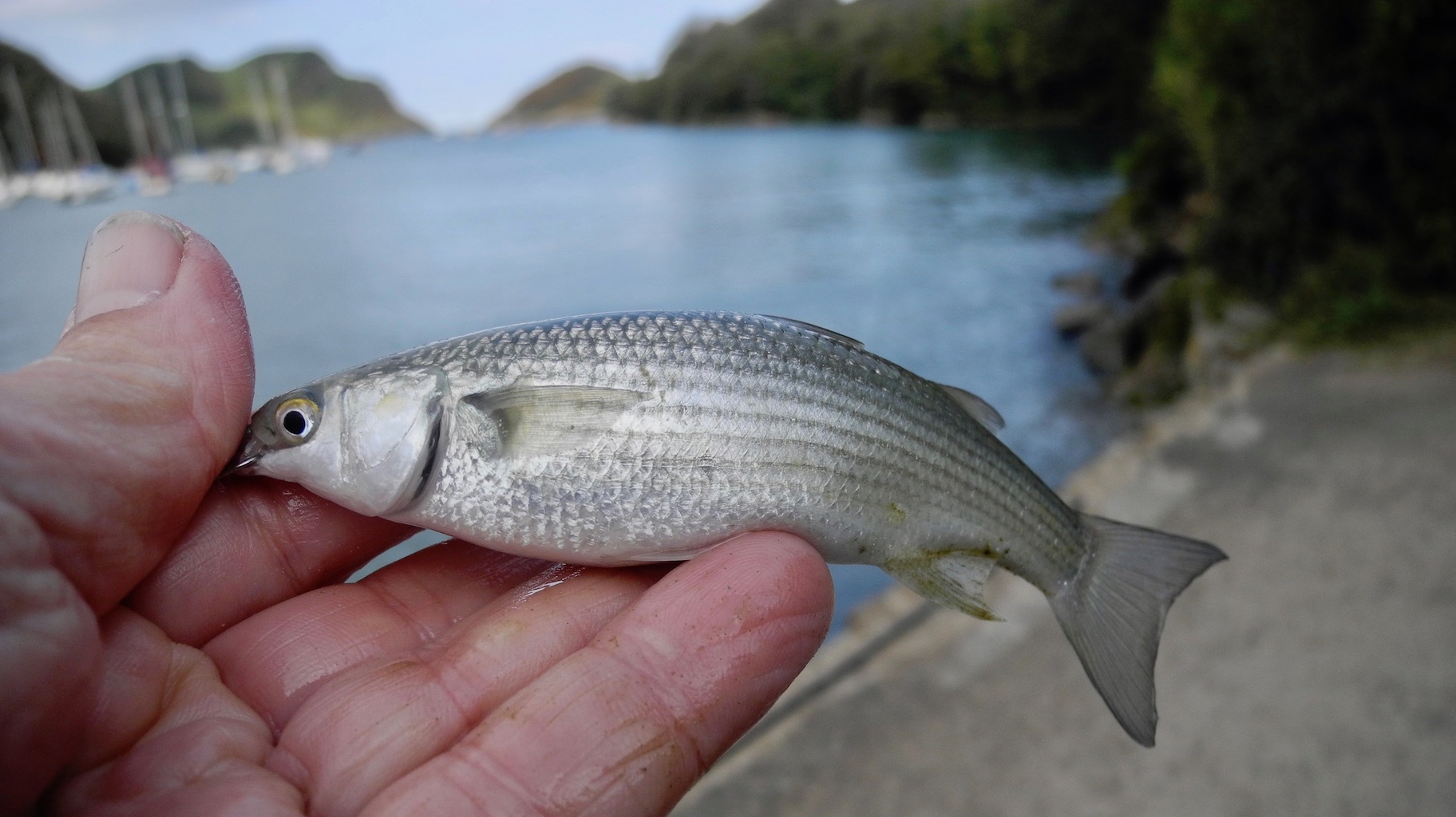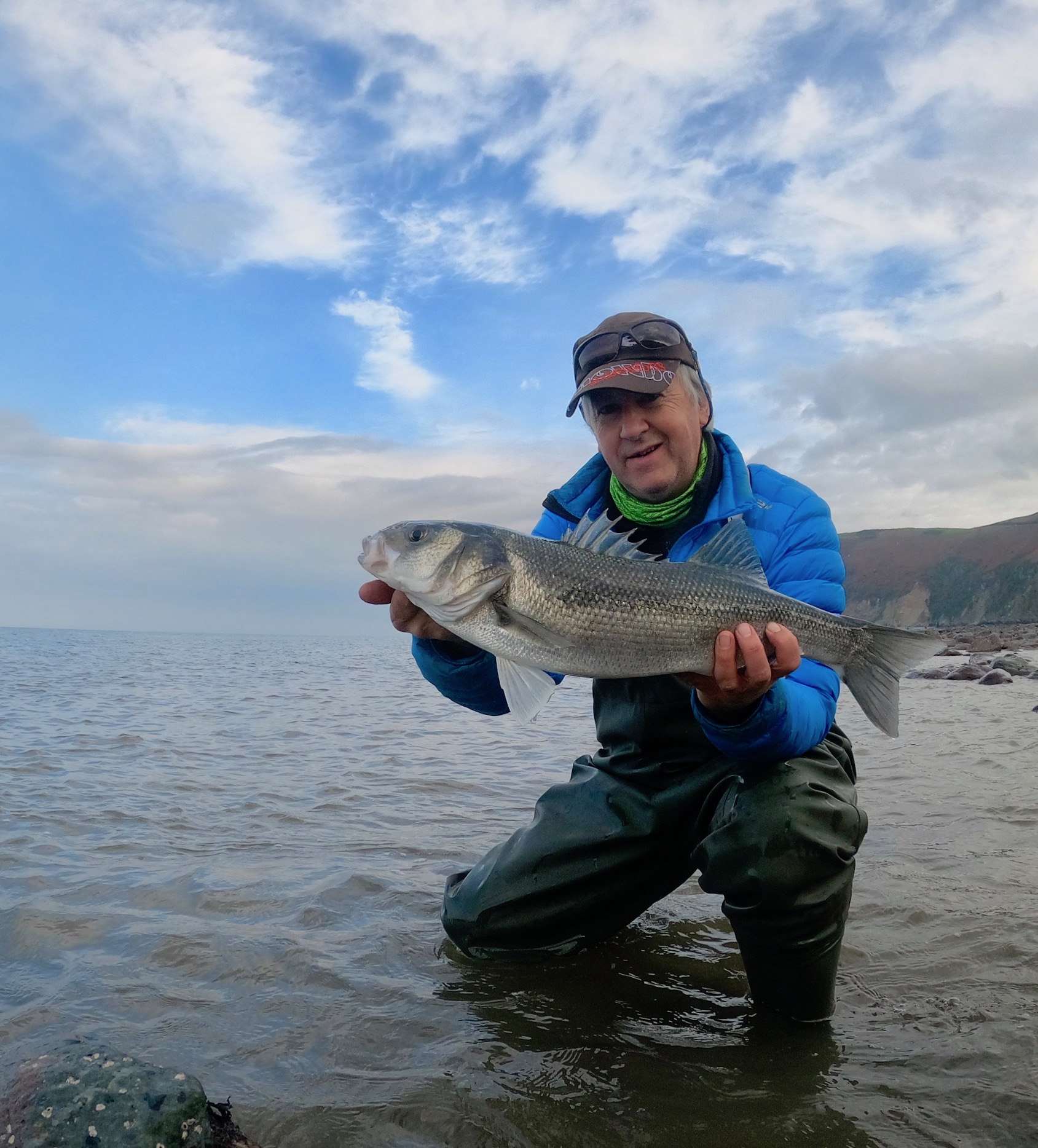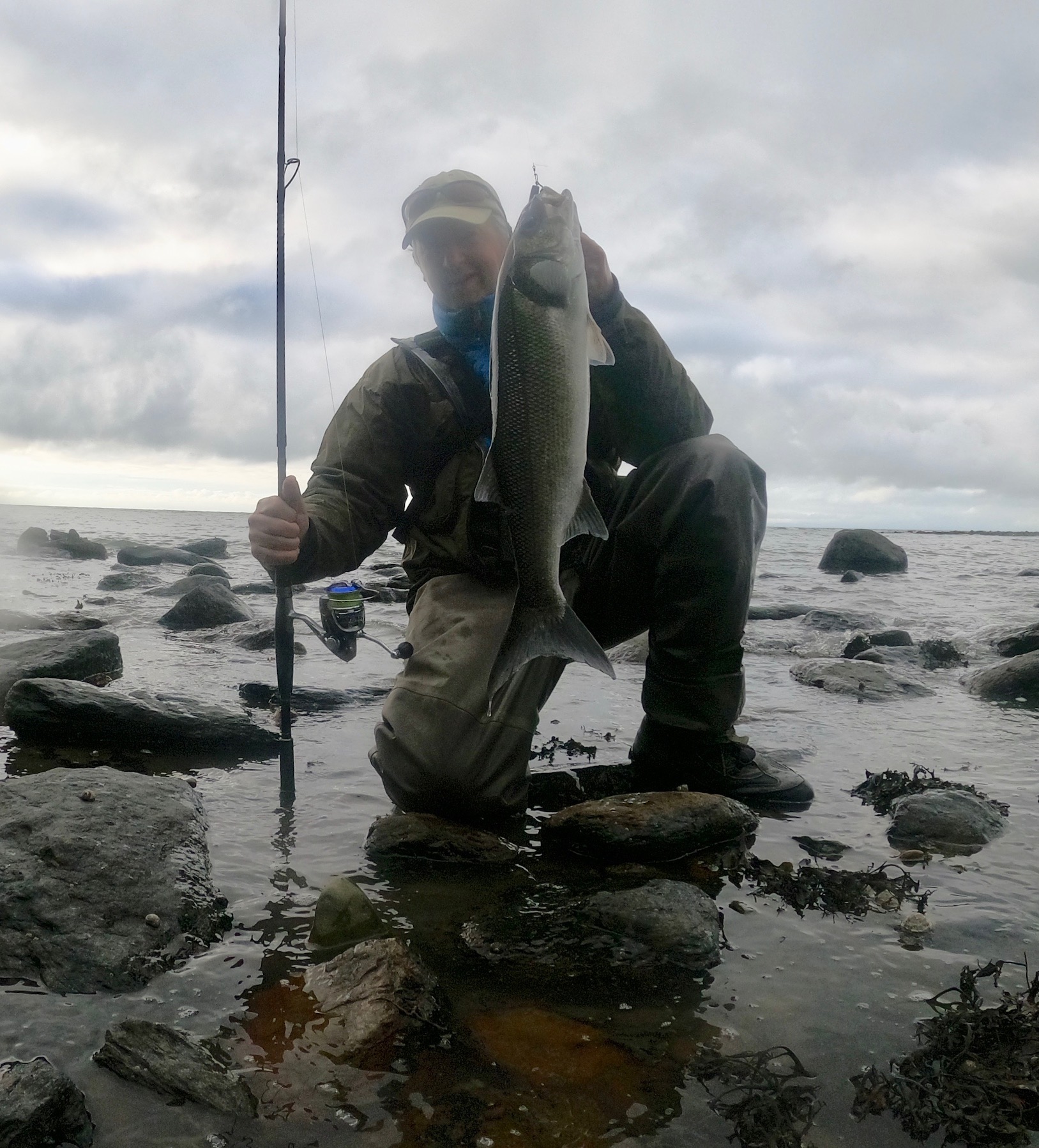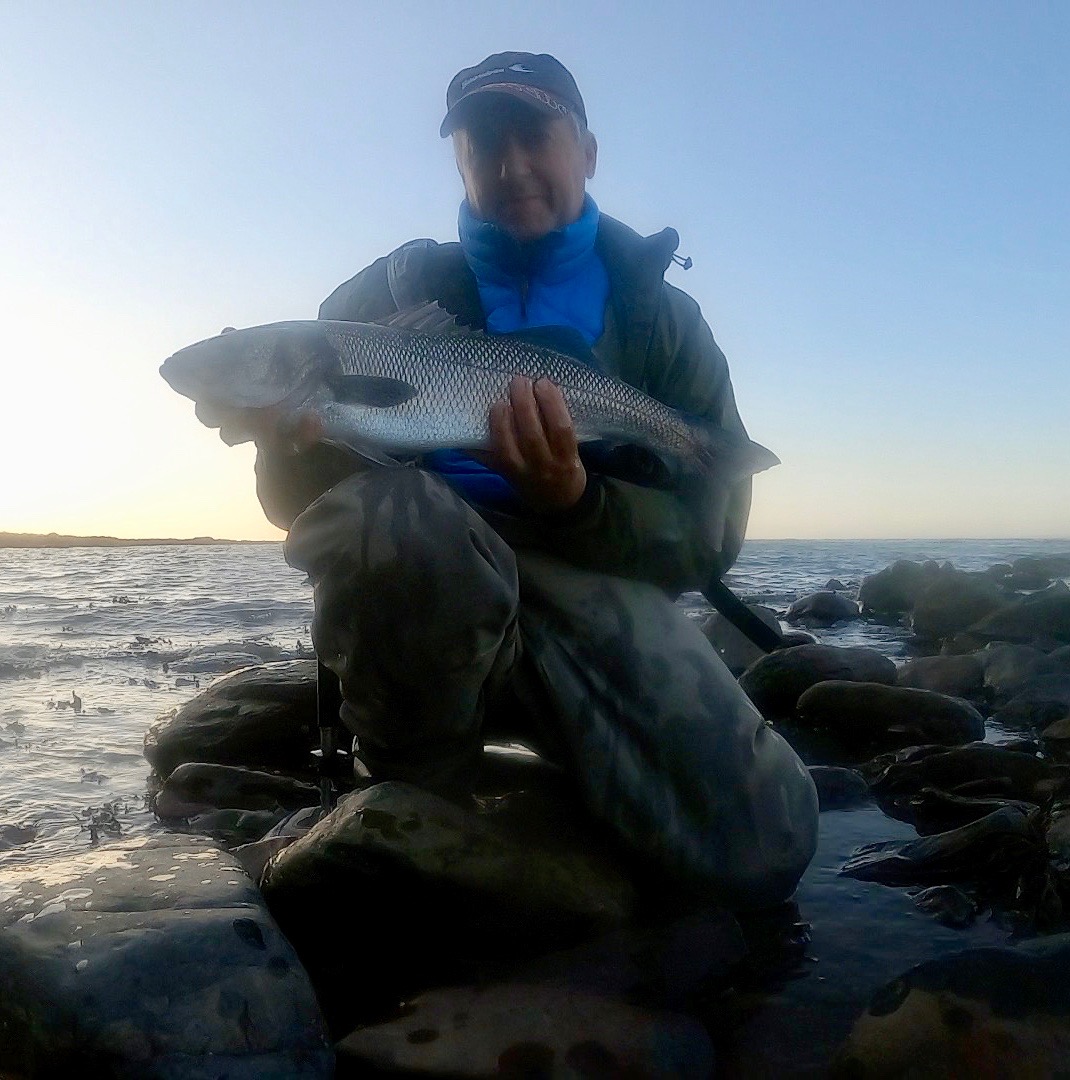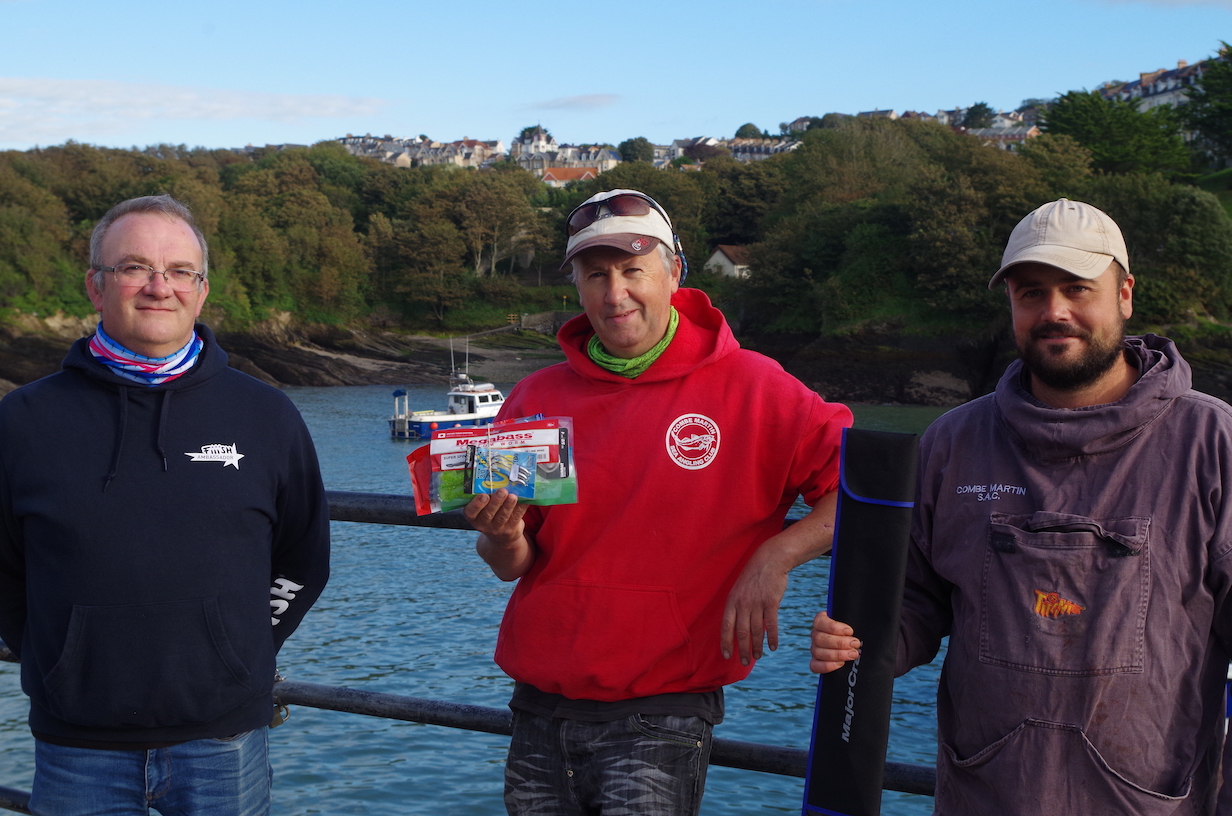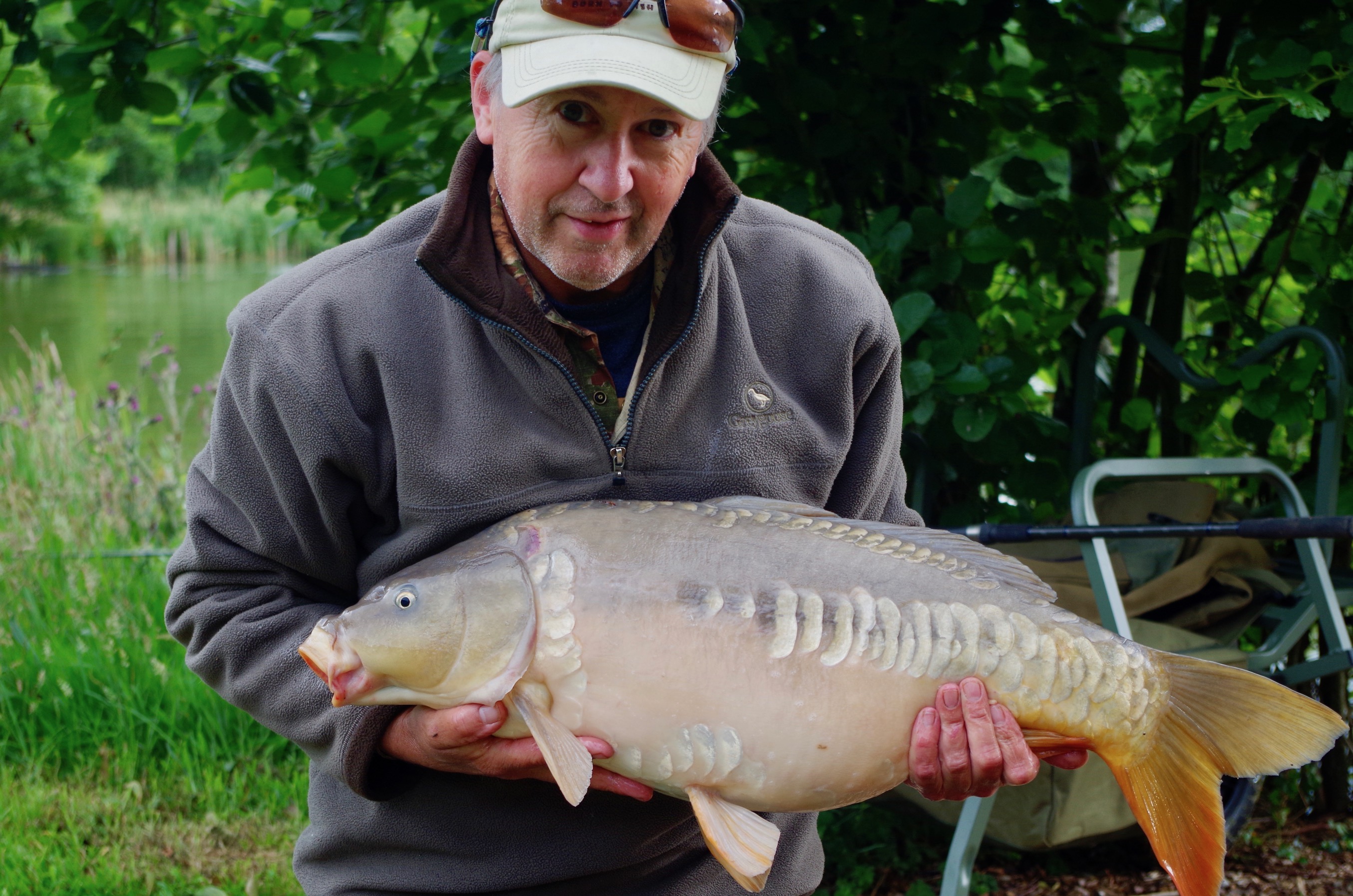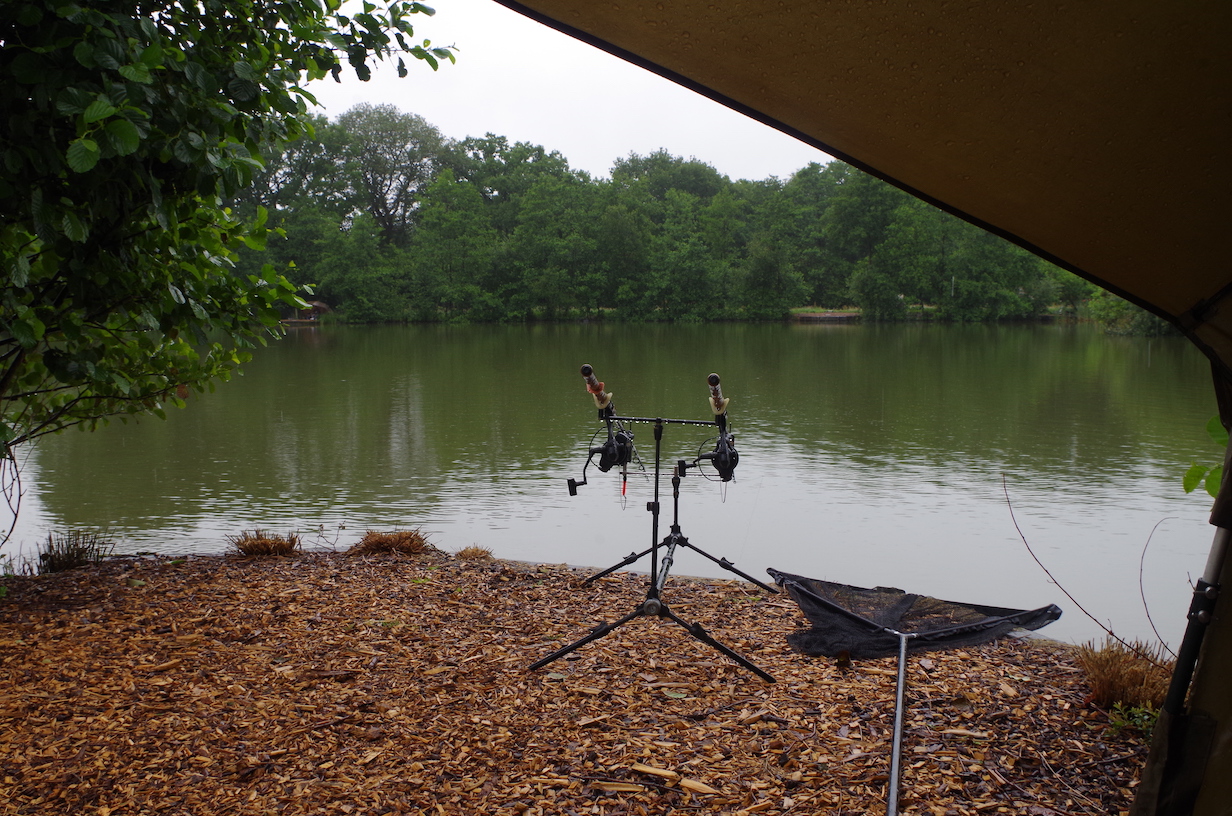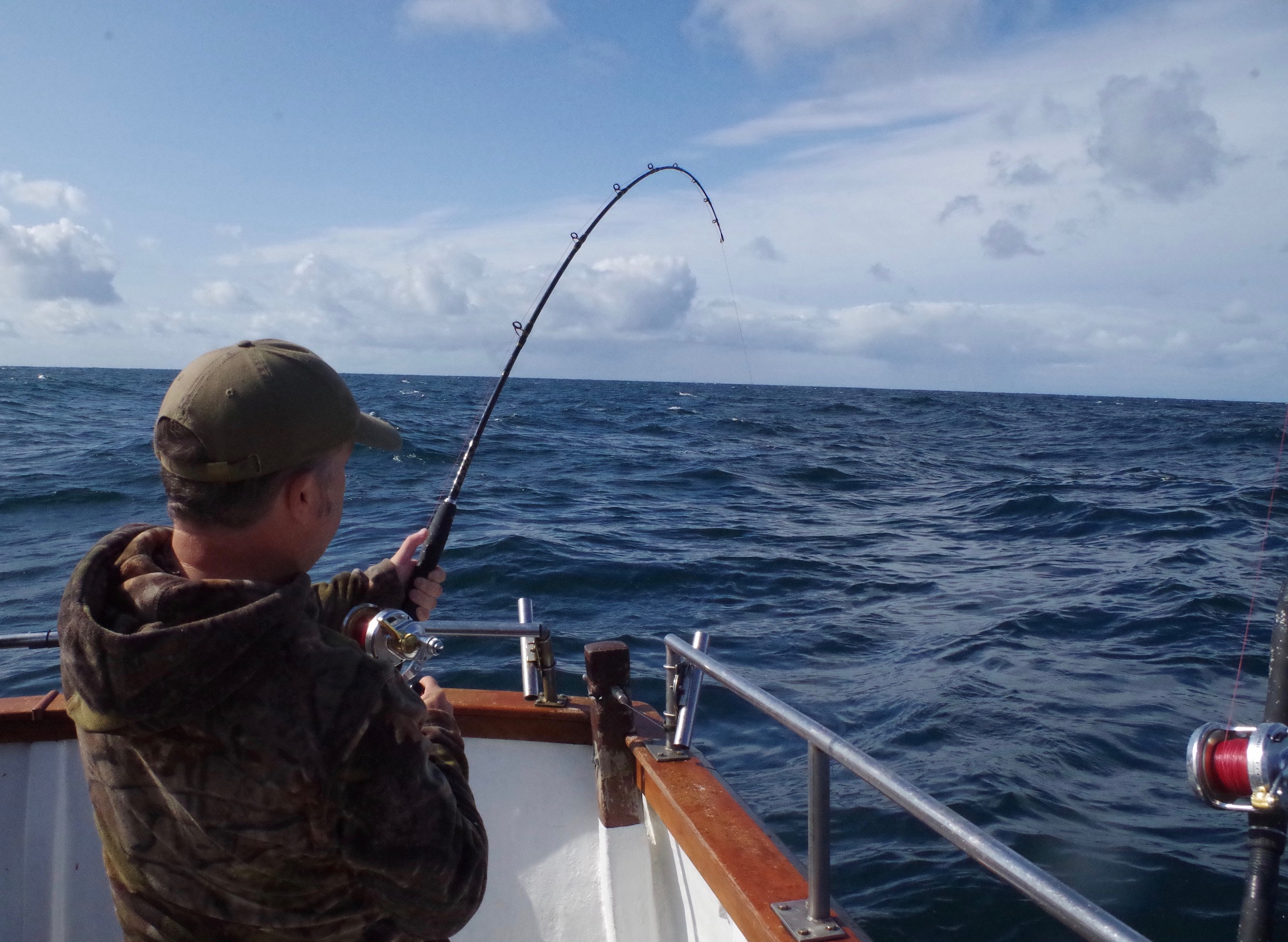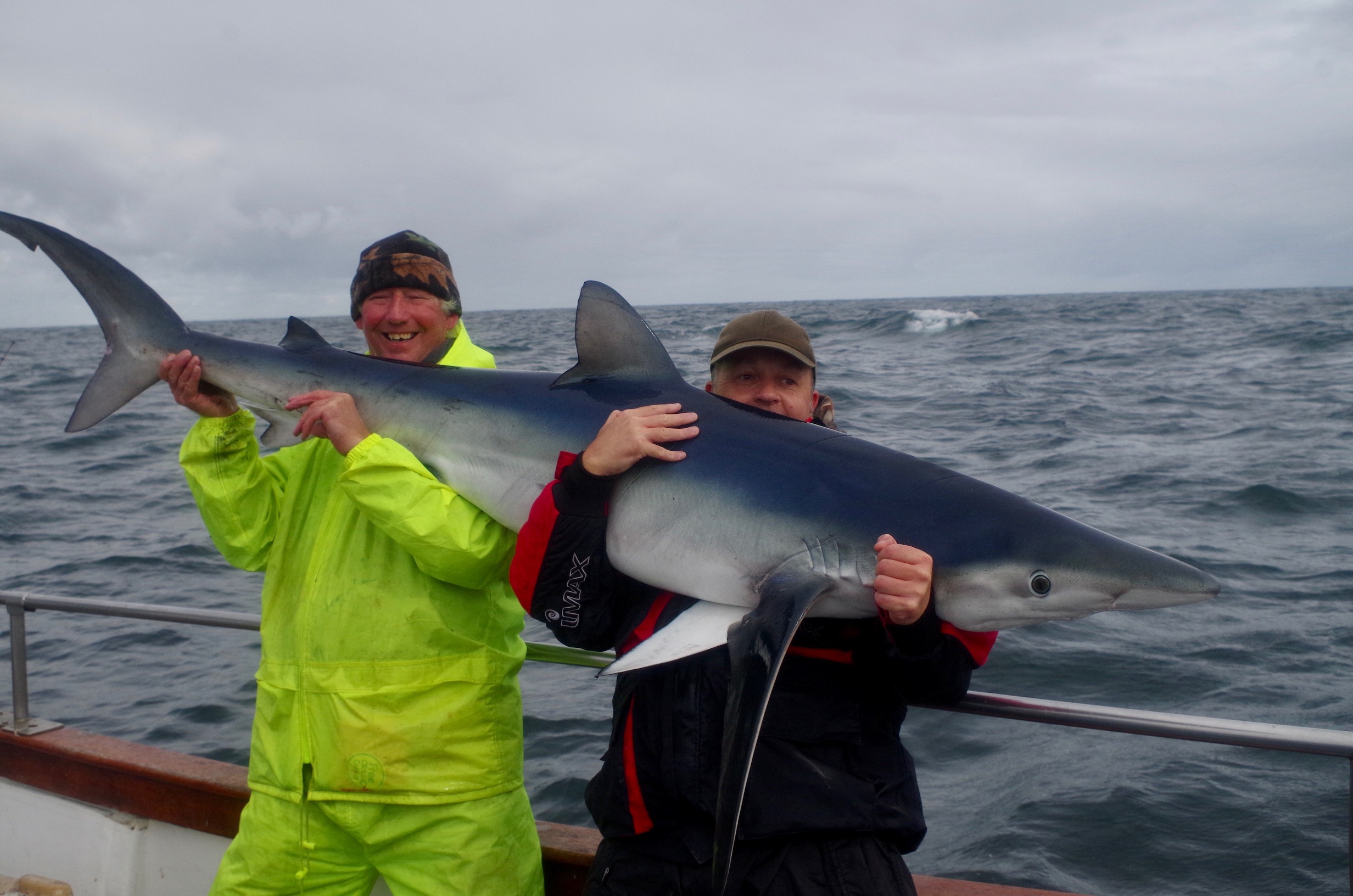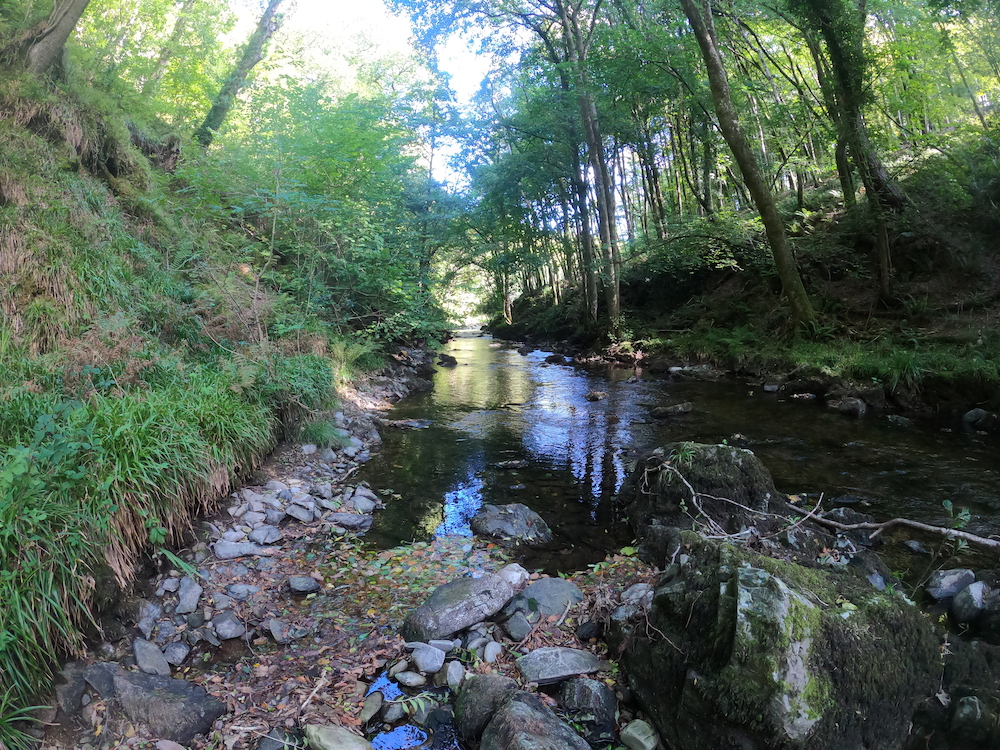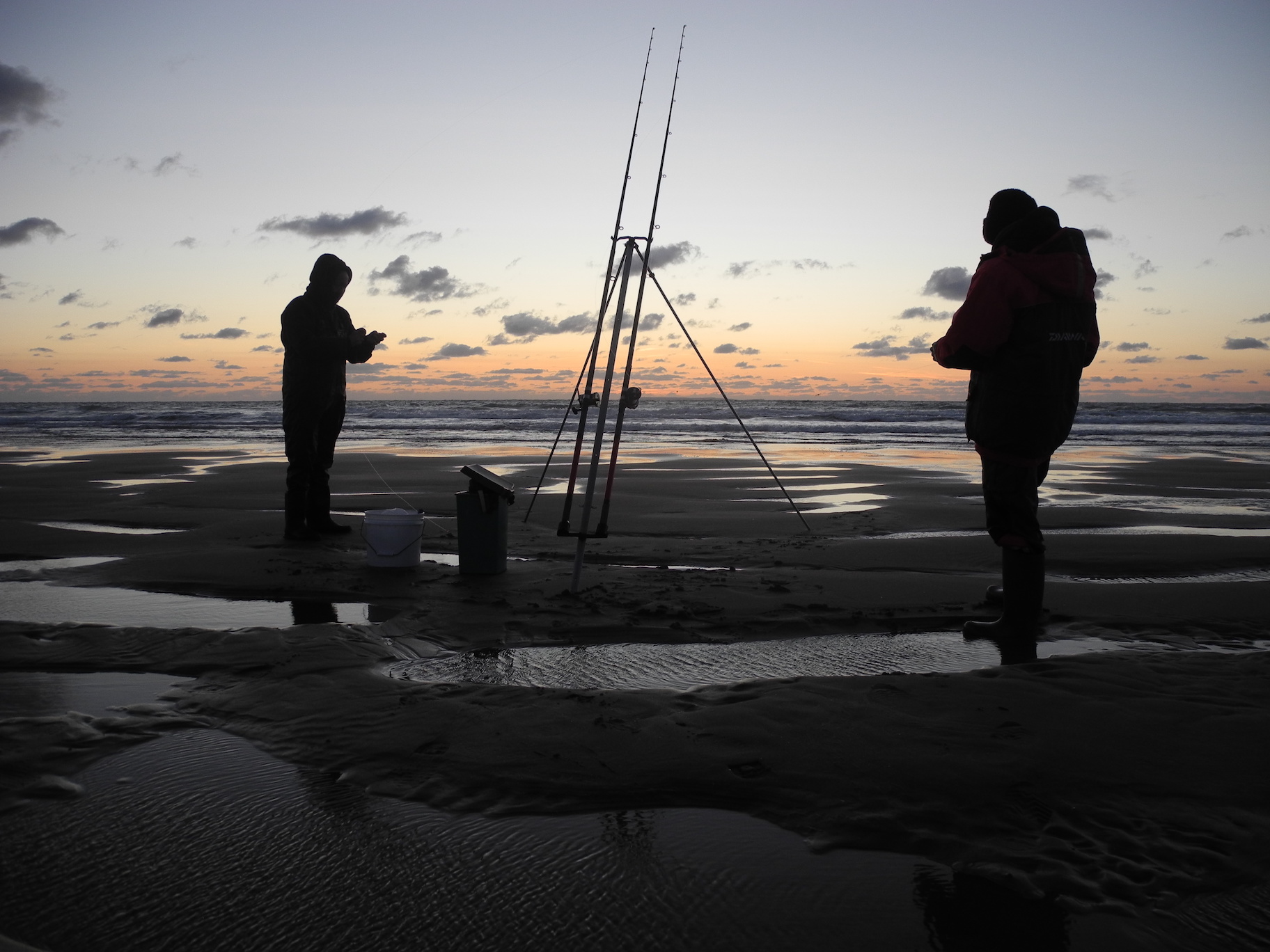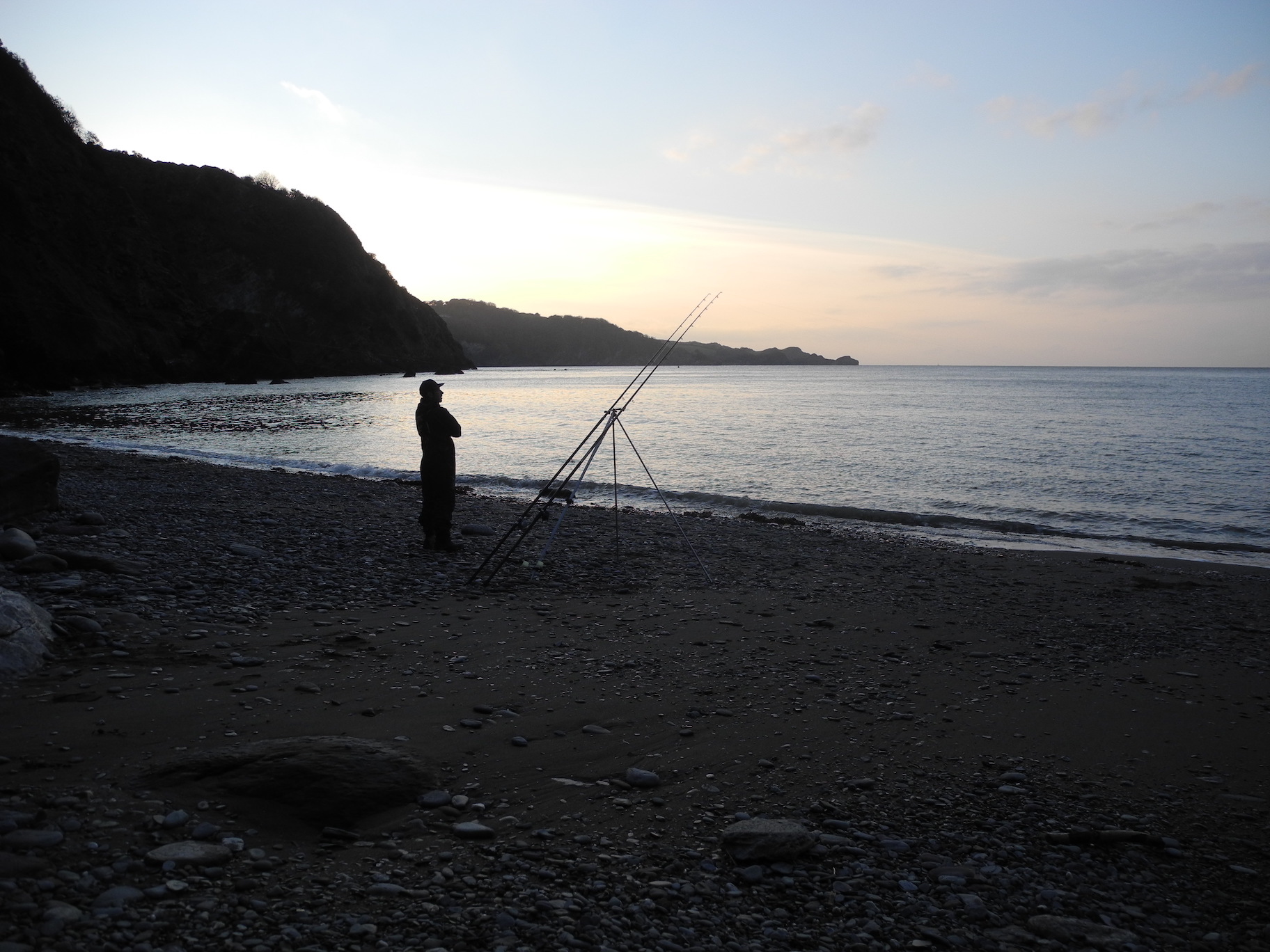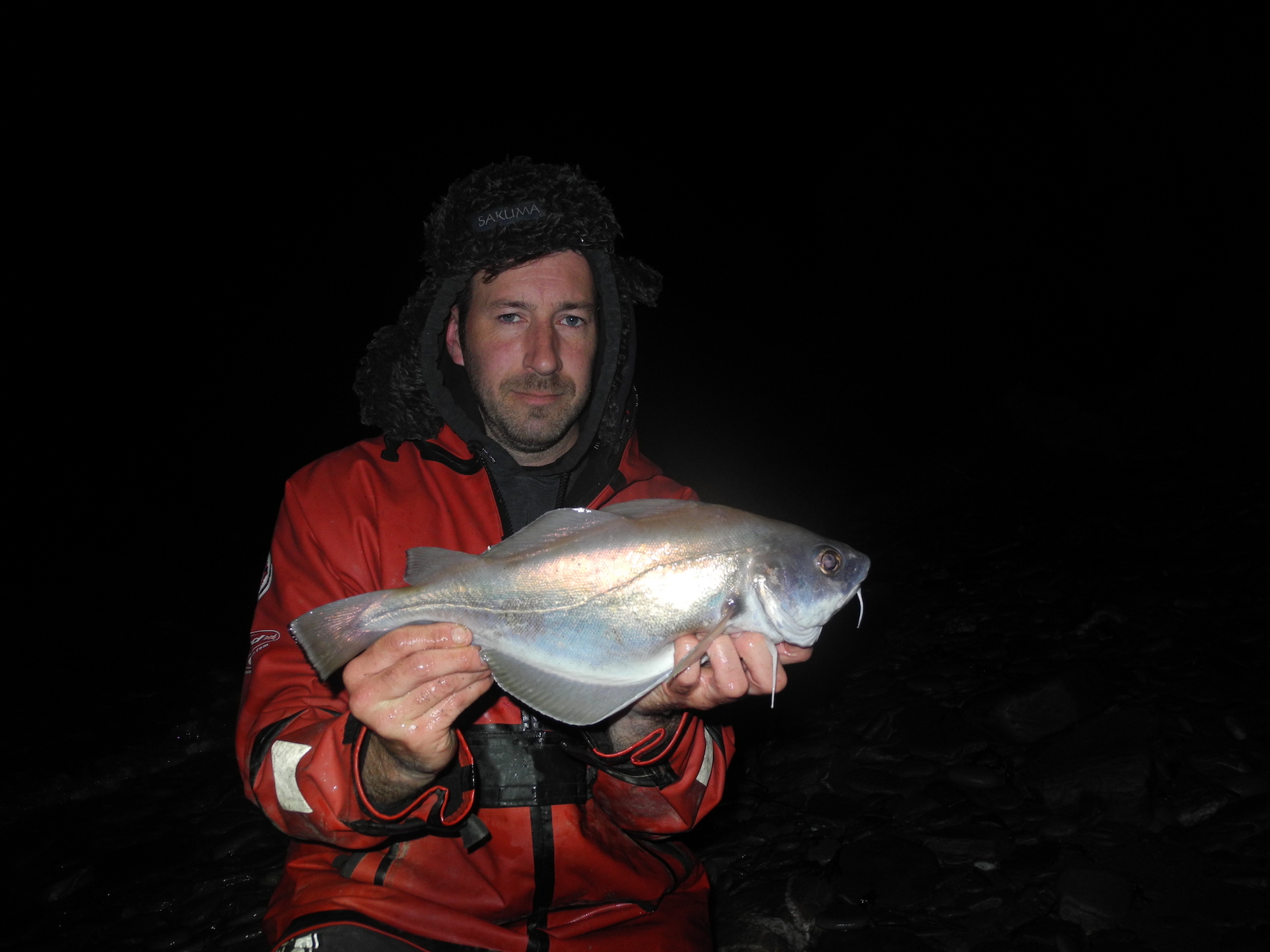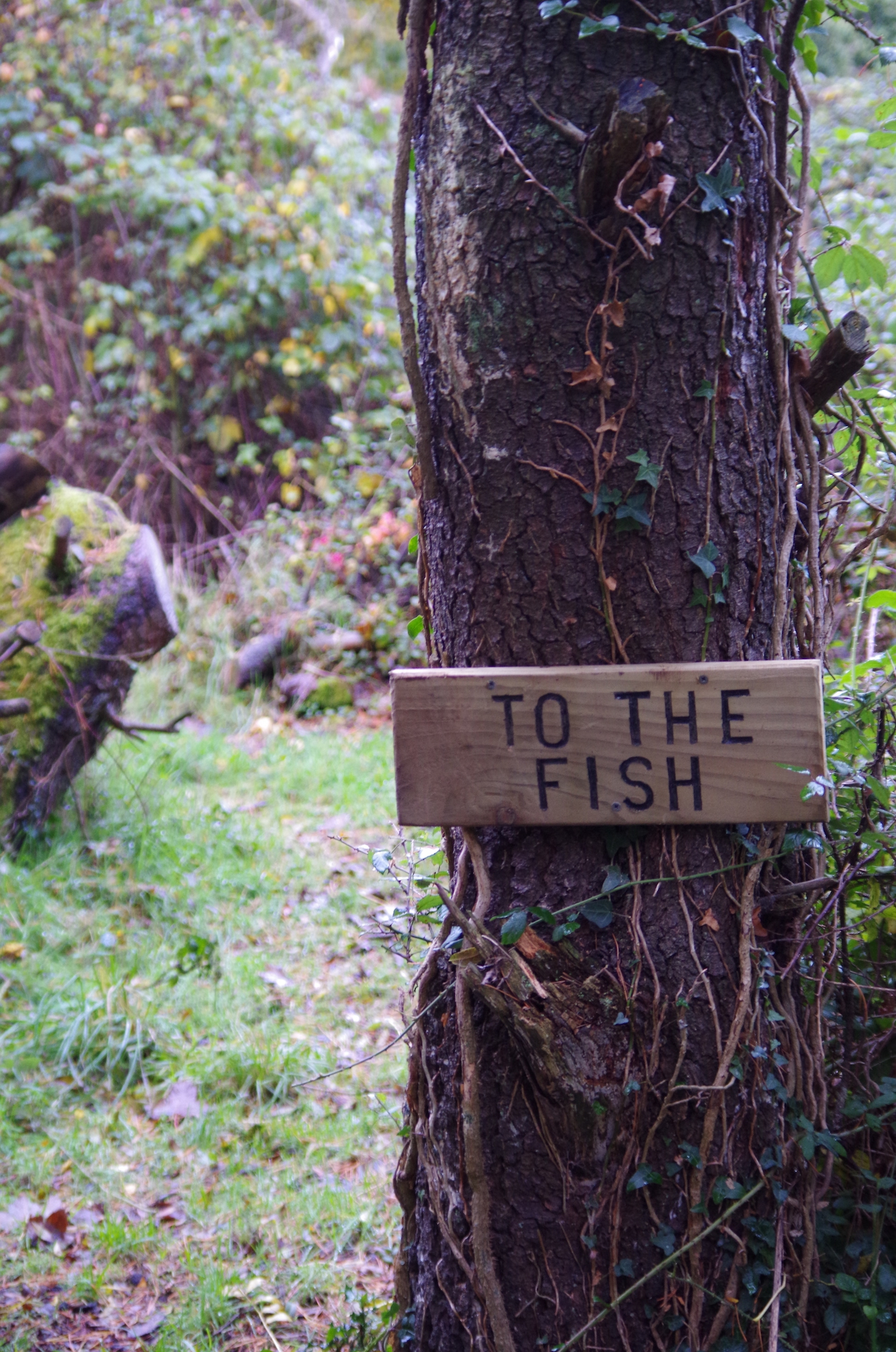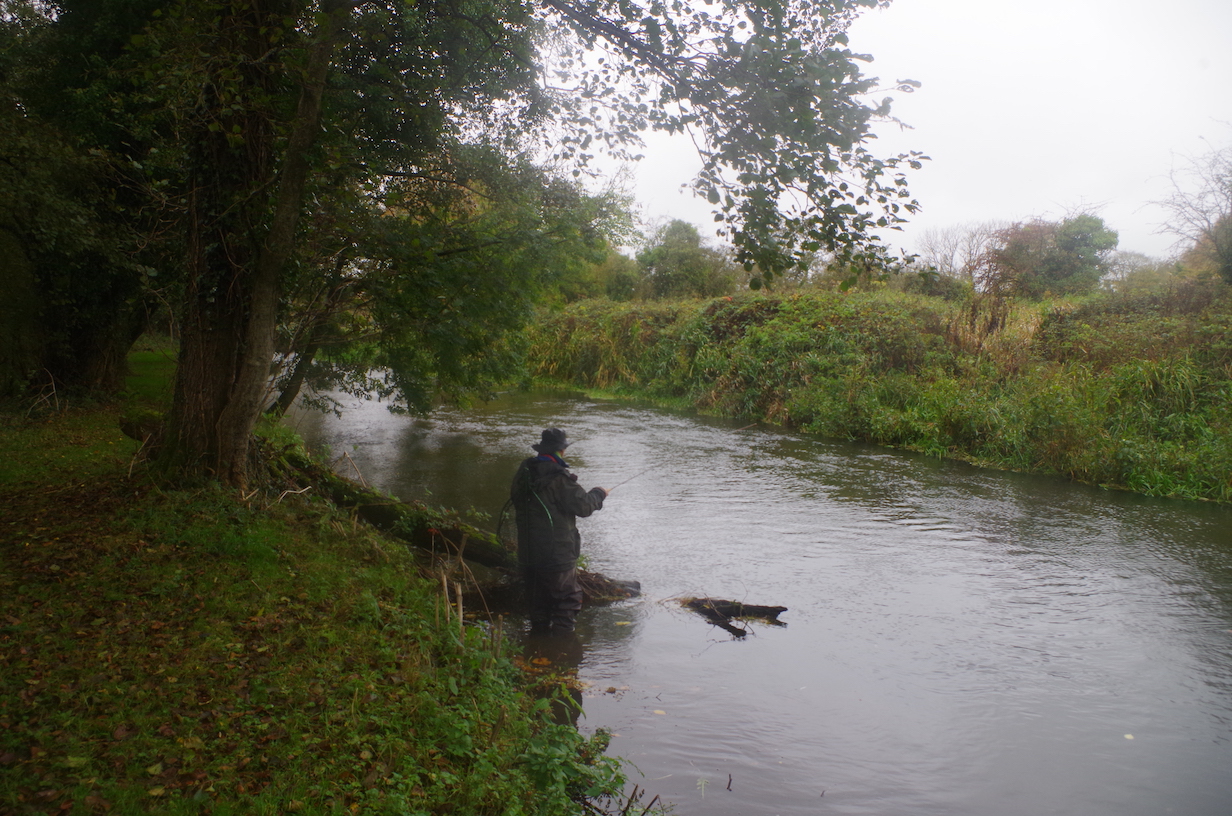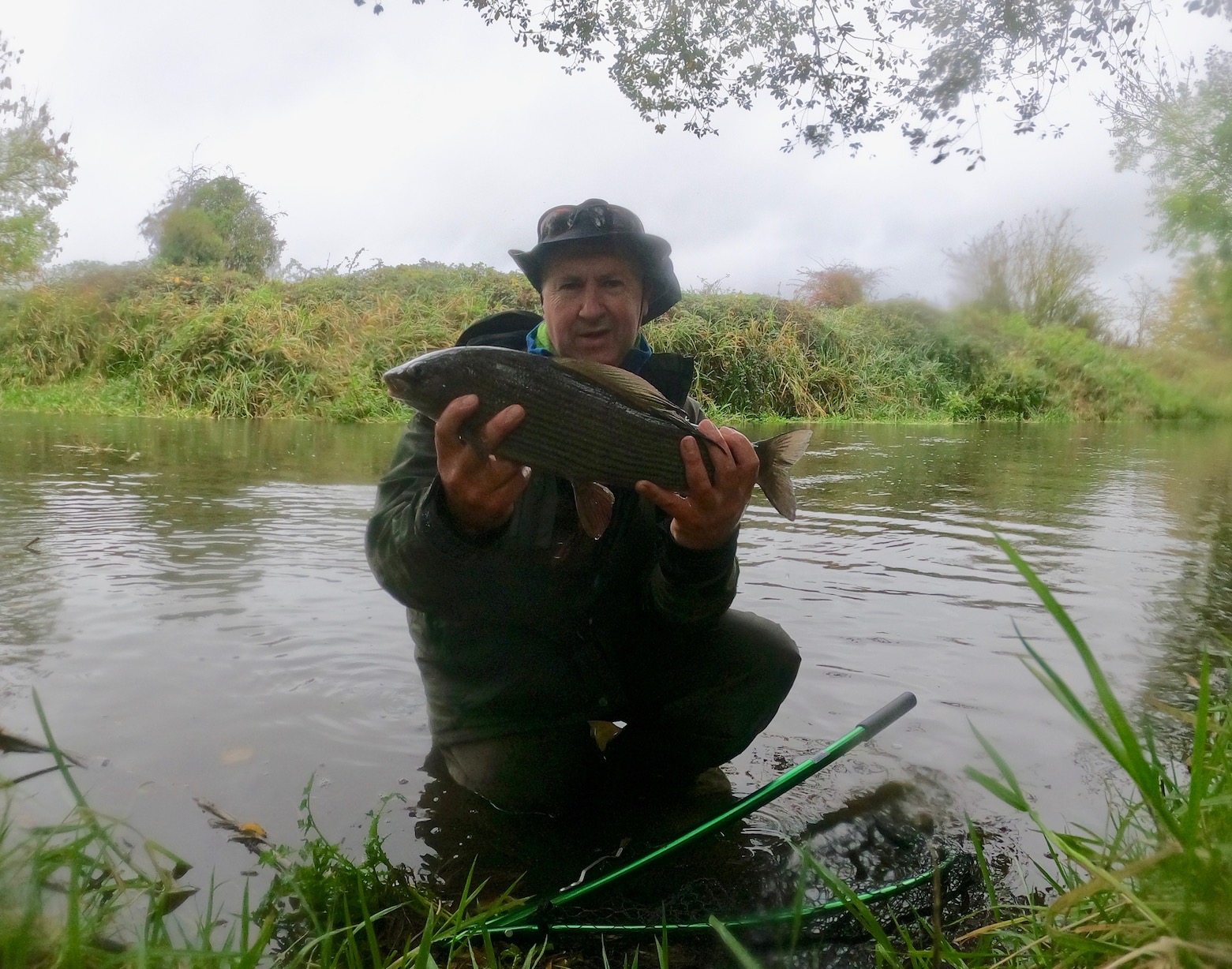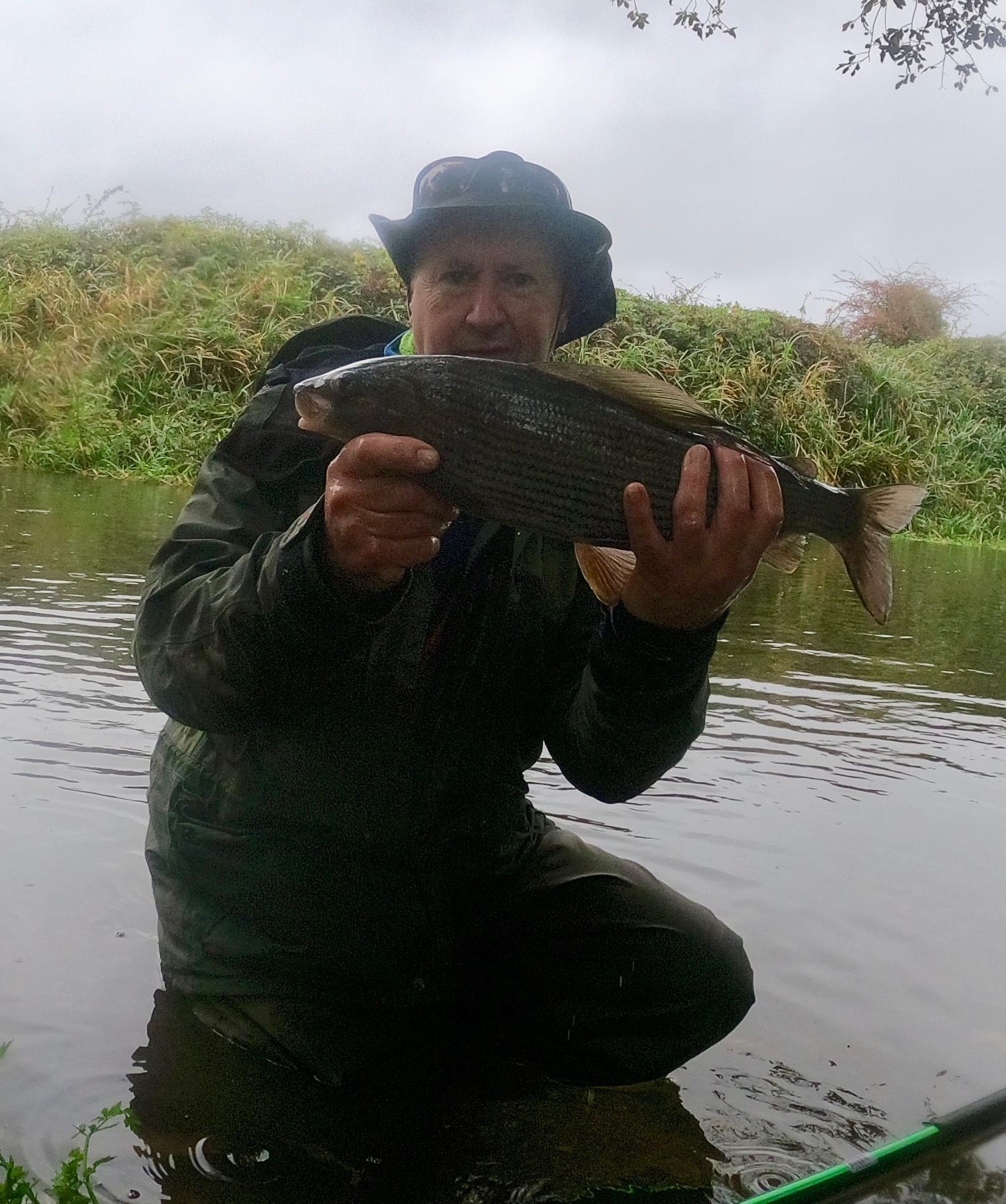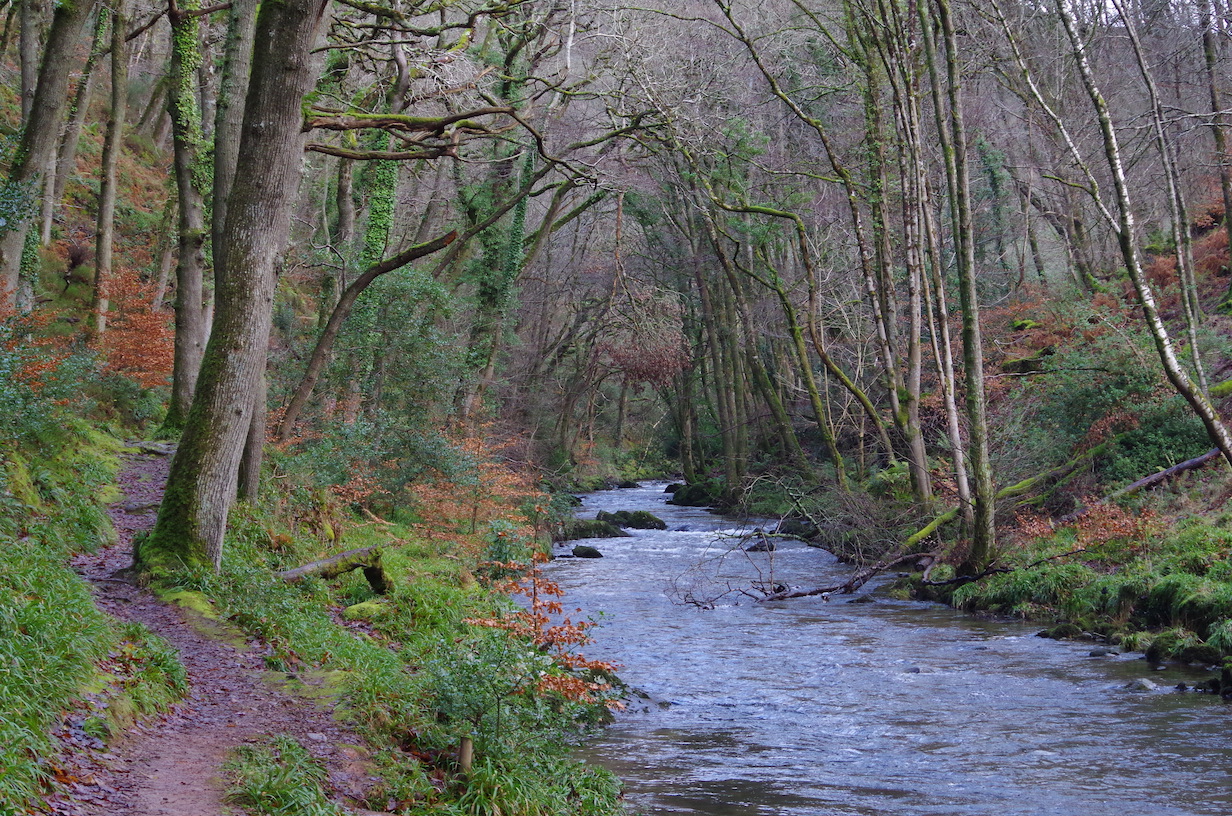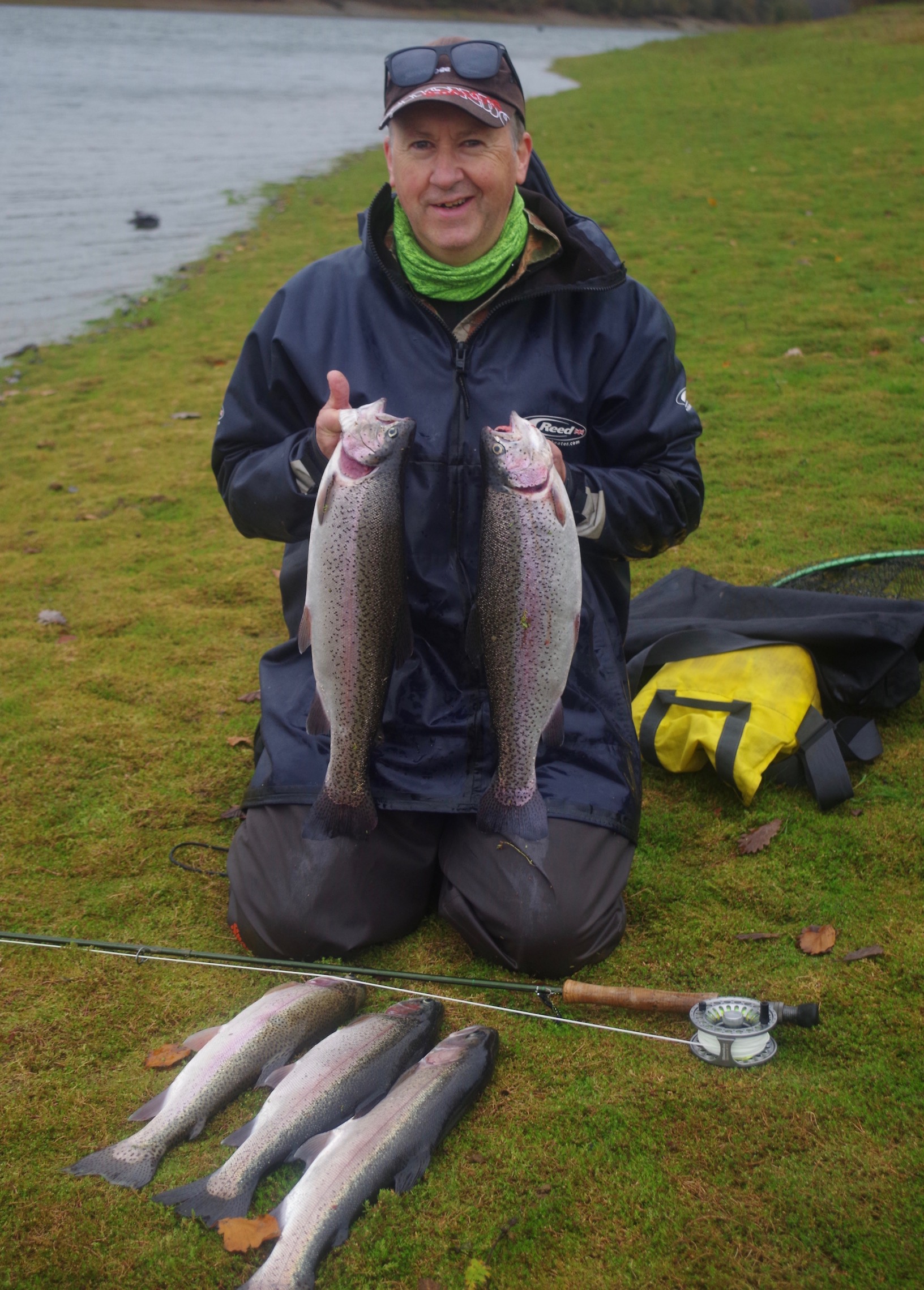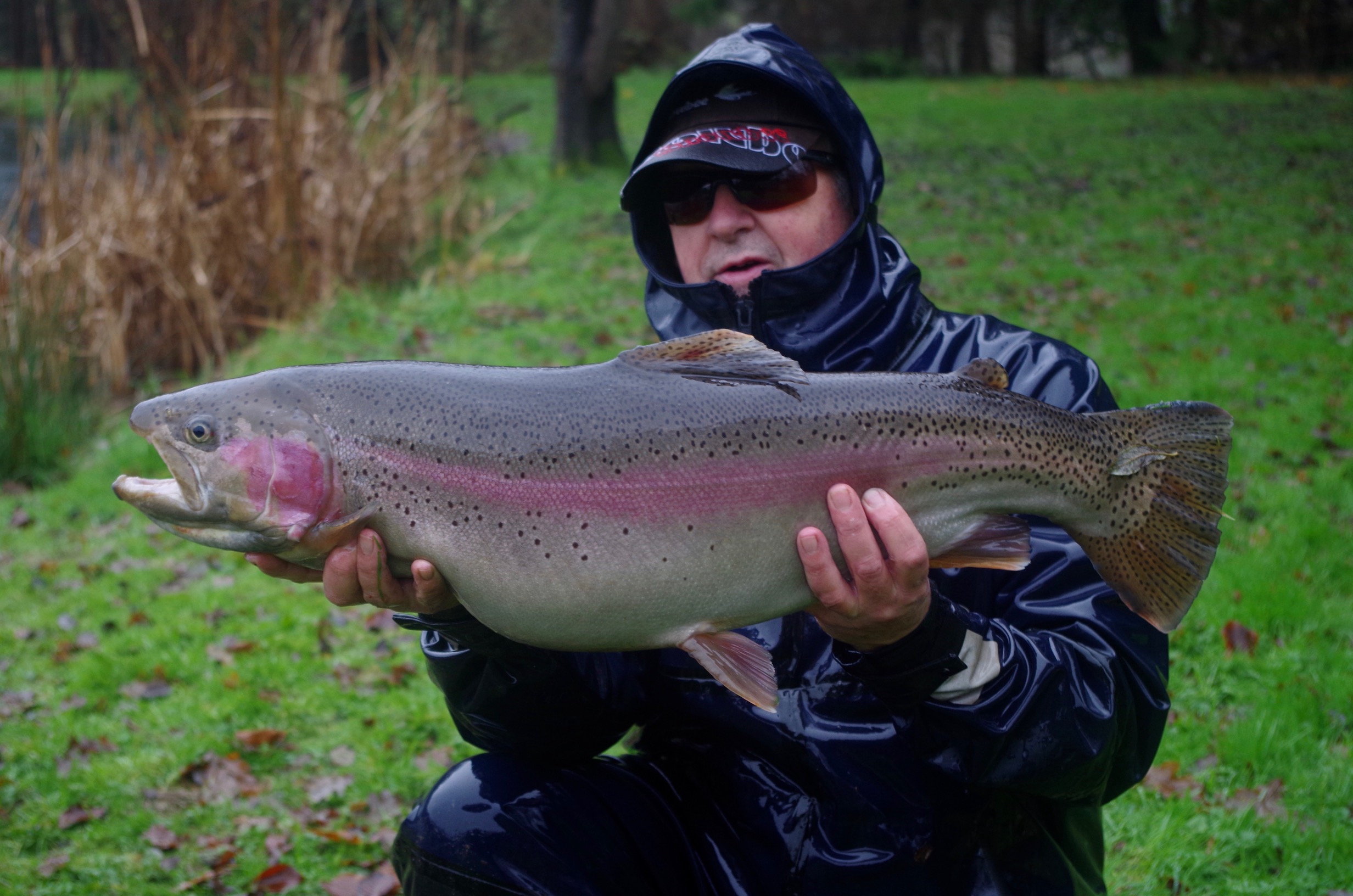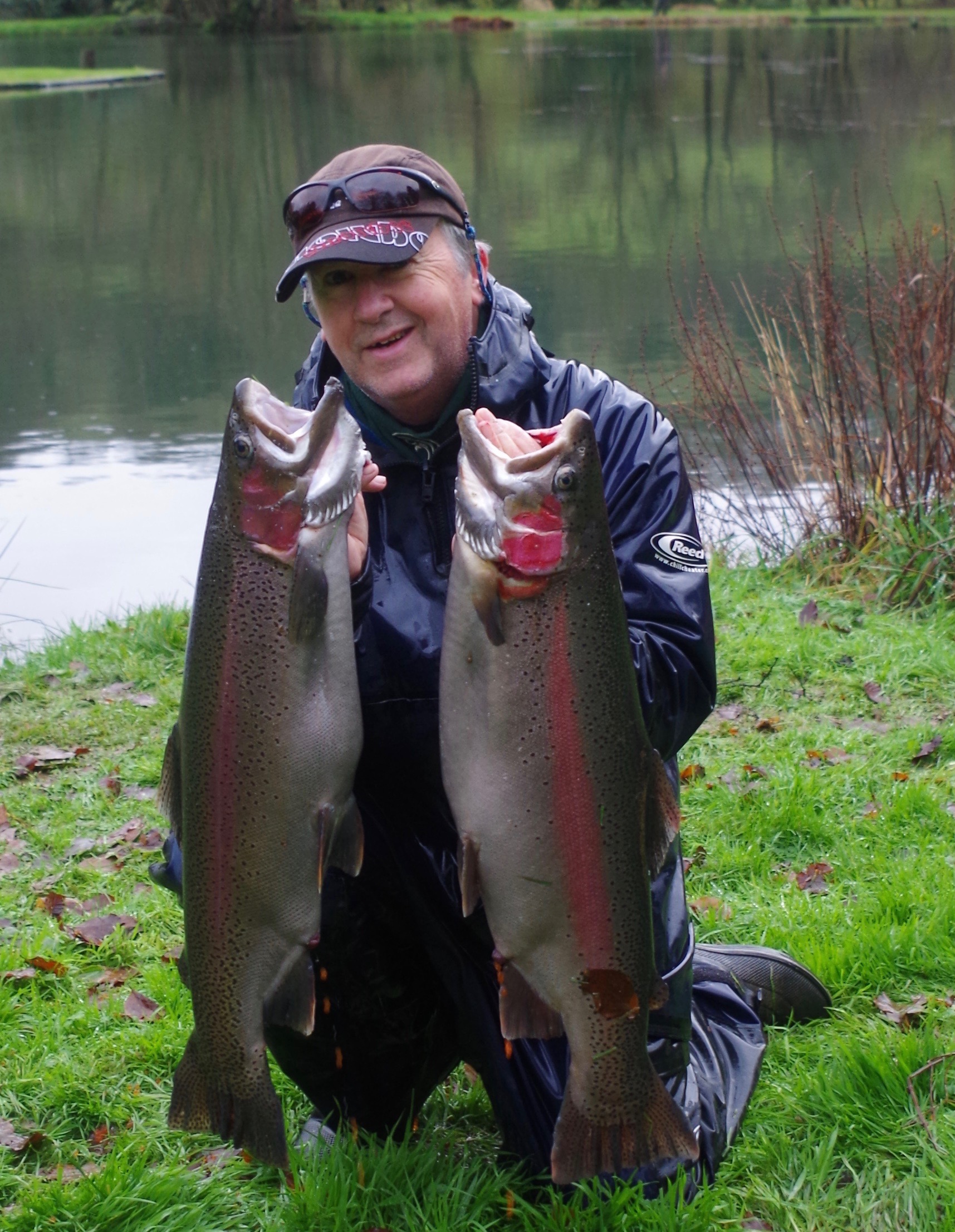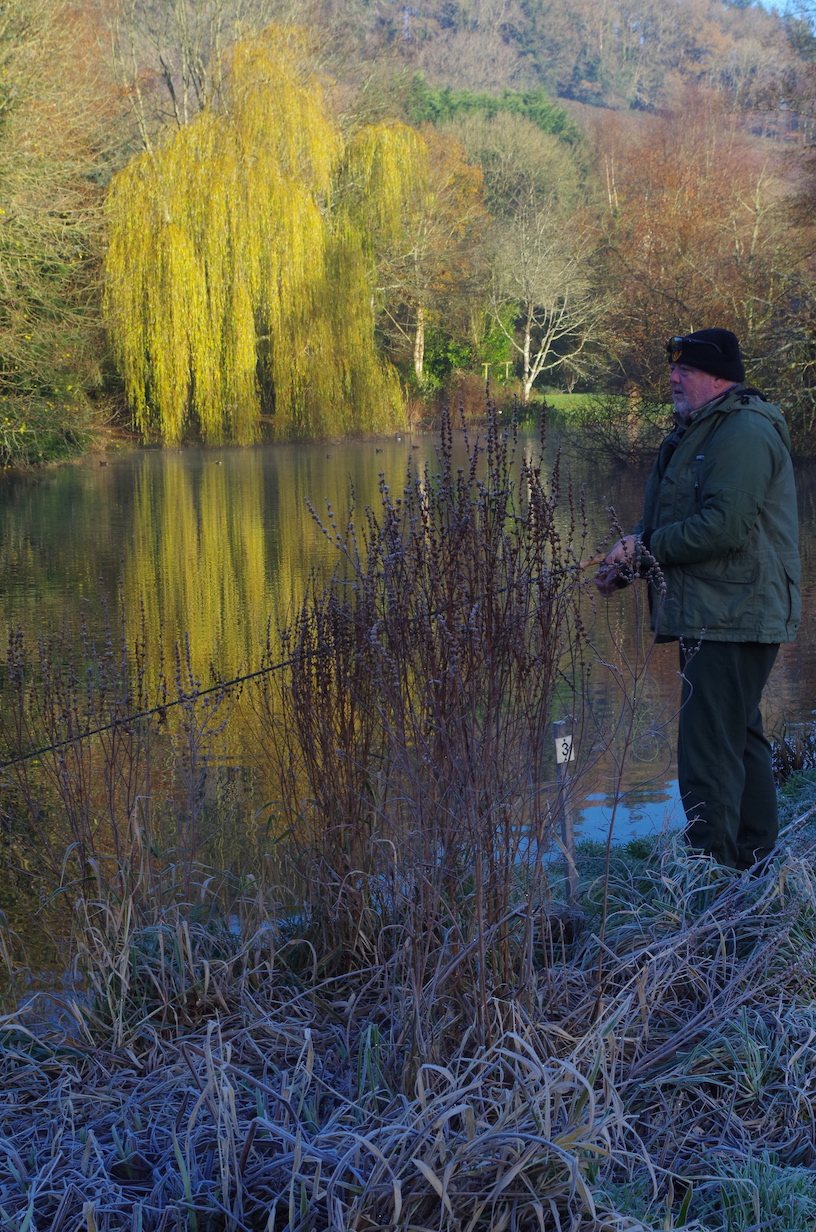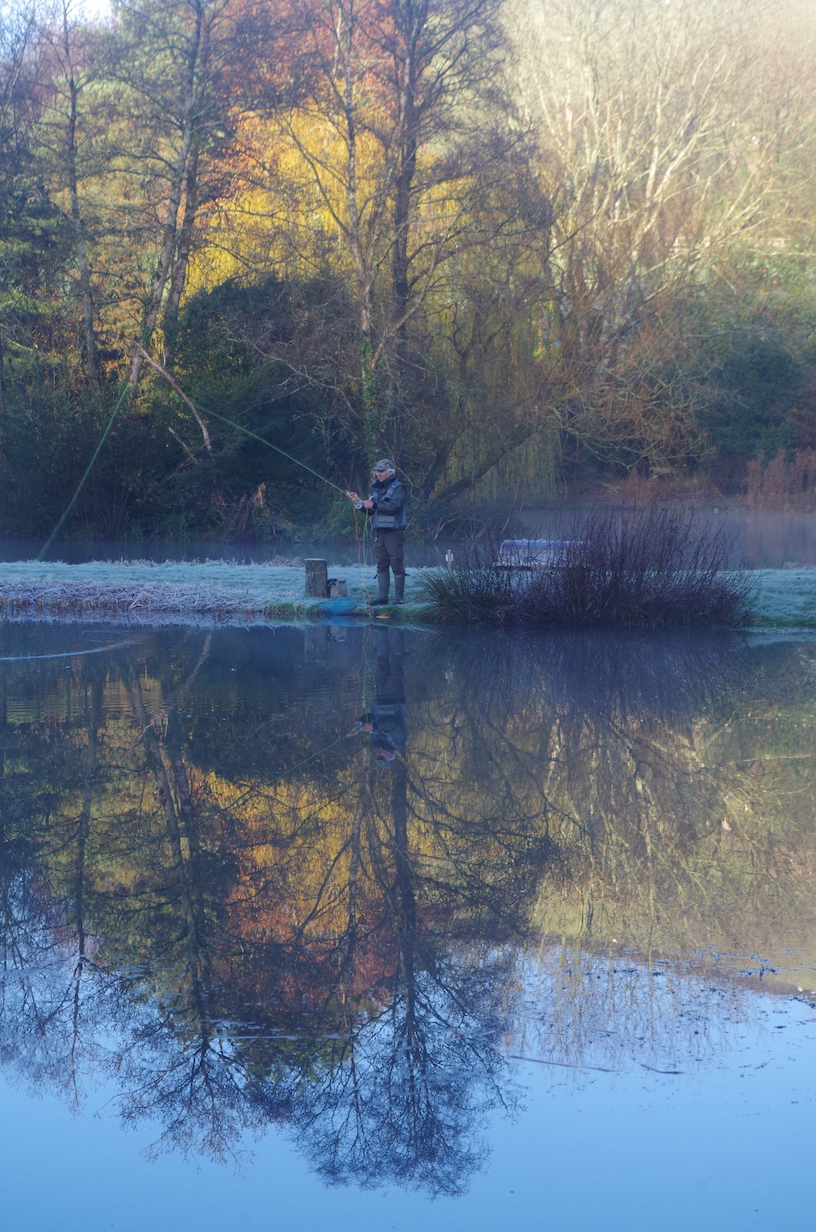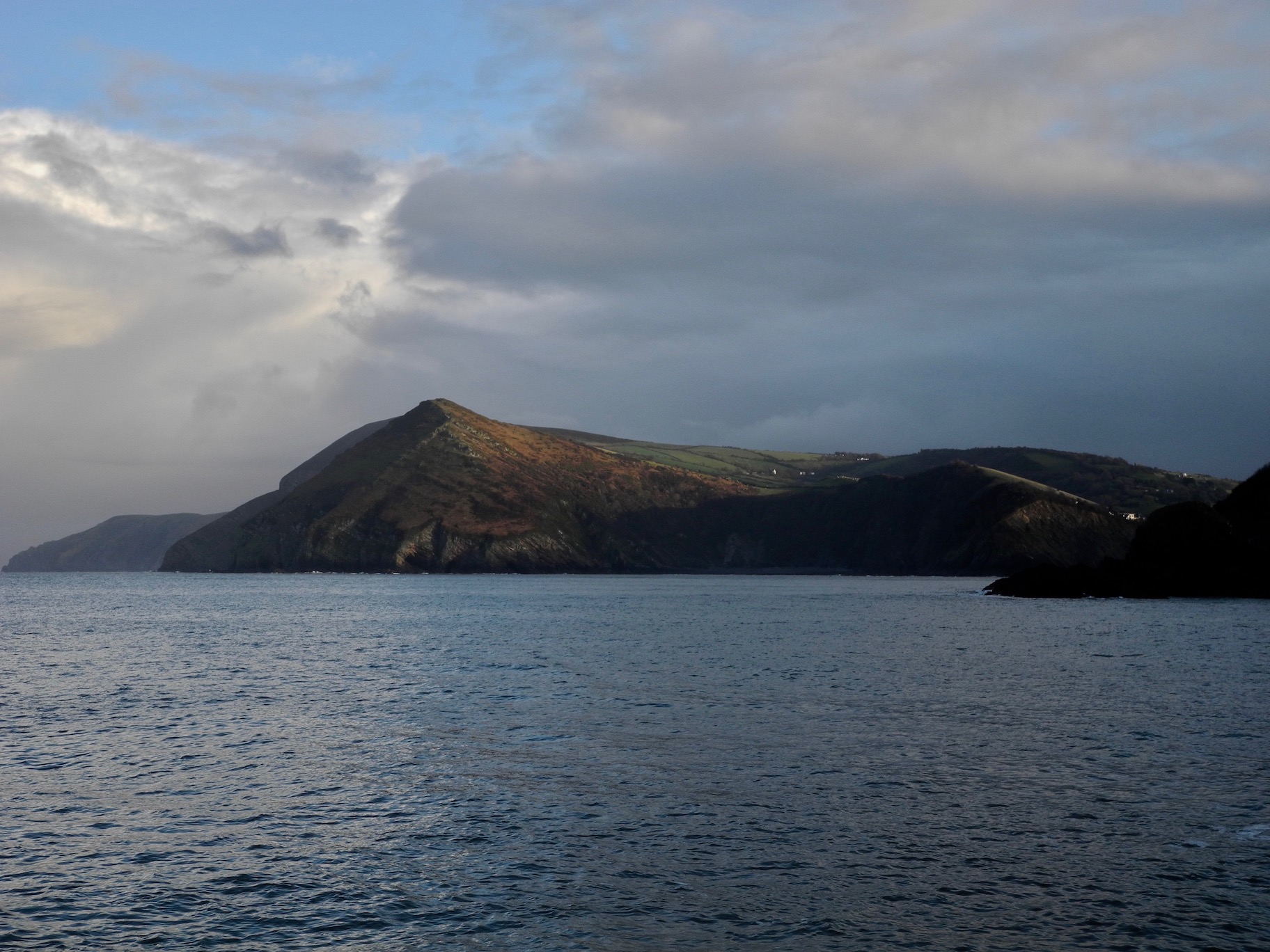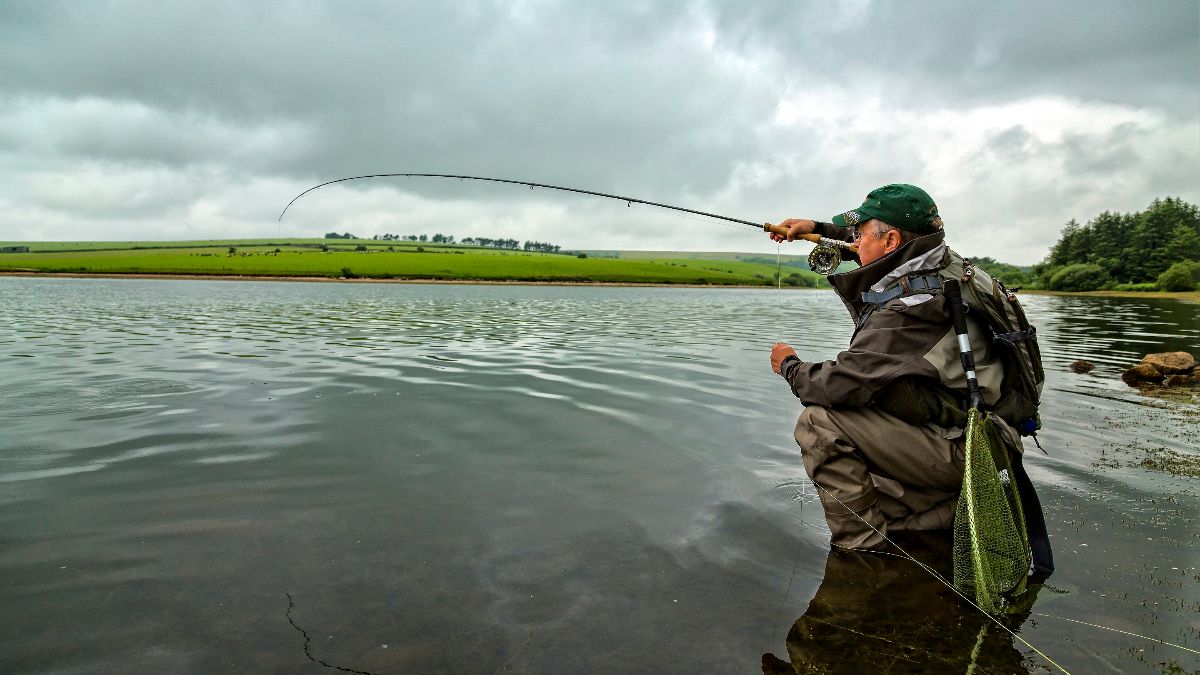
Introduction
A new season is upon us already. Having closed our Rainbow waters at Christmas it’s been a short turnaround this winter. I’m sure you can’t wait to wet a line again, especially with the current health crisis. One thing I have found during the current lockdown is that having something to look forward to is absolutely vital at the moment and I cant wait for the trout season to open! I’ve bought some new waders and some new wellies and I will be spending as much time fishing as I can this year.
I hope that you enjoy your season, wherever you fish.
Ben Smeeth
Covid-19 Update
We are opening and stocking our fisheries as planned but please remember, when visiting our trout fisheries, you must read and adhere to the information below which highlights the restrictions in place so we can continue to fish.
- Fishing is allowed as exercise so long as participants adhere to the rules of staying local, gathering limits, social distancing and limiting the time spent outdoors. (DCMS 06/01/2021)
- Only local travel is permitted for the purpose of daily exercise as set out in the Government’s travel guidance.
- The local area is specified as the town, village or part of the city in which you live. There is recognition that there will be a need to travel for outdoor exercise, this should be done locally, but you can travel a short distance within your area.
- Anglers will need to apply judgement in defining their local area.
- Boat fishing can continue and the boat fishing rules and regulations during Covid-19 remain in place.
- You can only fish with members of your own household, your support bubble or with one other individual.
- You must adhere to social distancing measures: Hands, Face and Space.
Competition fishing, or any other organised fishing event, is prohibited by law during lockdown.
For further information on local exercise please visit the Angling Trust website or the Government website.
2021 Pricing and Dates
Our prices for all day and season tickets have remained the same as 2020.
All of the prices can be found here.
The opening dates are as follows:
Rainbows:
Kennick and Siblyback – 13 February
Stithians and Burrator – 6 March
Season ticket holders for the Rainbow waters can fish one day earlier than day ticket anglers.
Browns:
Roadford, Colliford, Fernworthy and Wistlandpound – 15 March
New Trout Website LaunchedWe have launched a new trout fishing website which has all of the information you need for your trout fishing with us this year.
We have made buying your ticket easier with the new ‘buy a ticket’ option on the homepage.
All of the weekly catch reports and summaries, along with the latest news, are all displayed prominently making them easy to find.
We have also made completing a catch report much easier with the catch return tab on the homepage.
www.swlakestrust.org.uk/trout-fishing
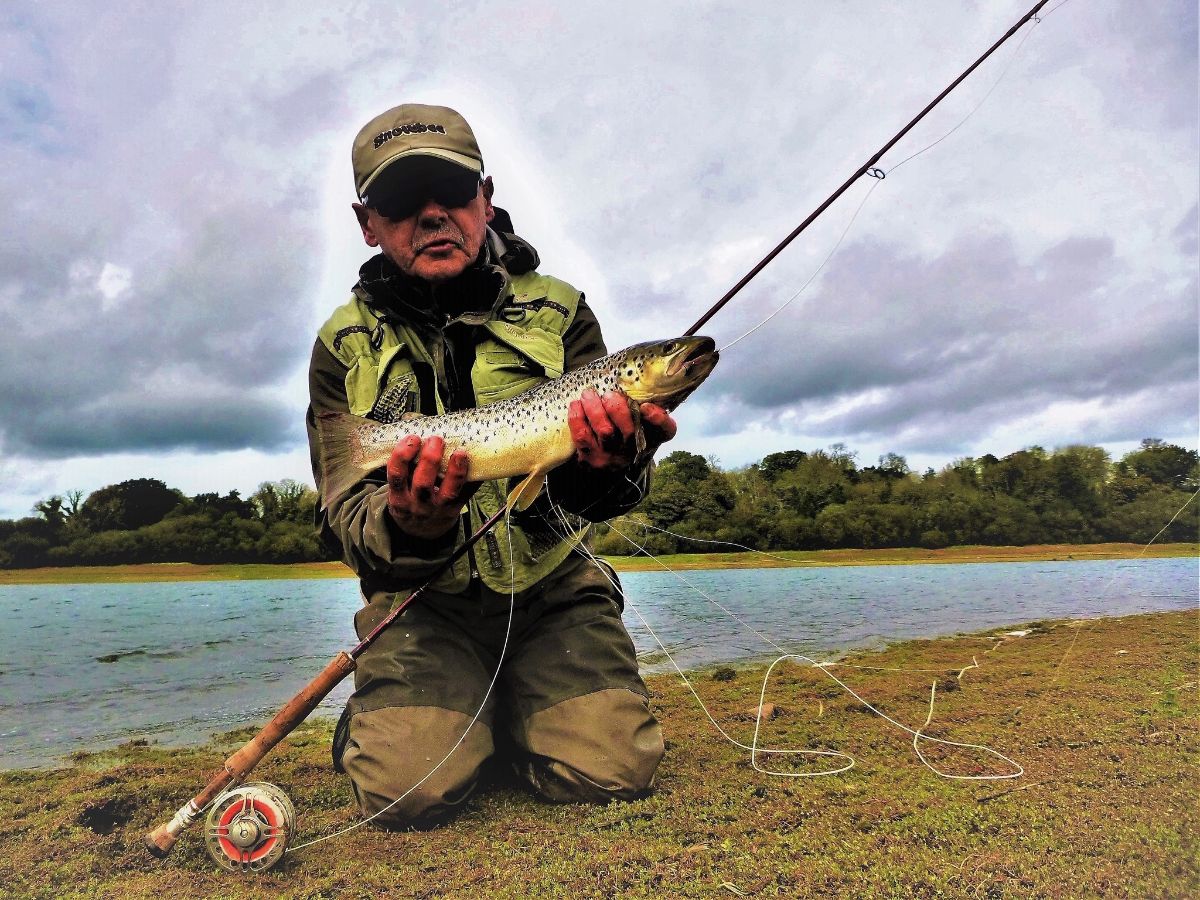
Season Tickets
Season permits can be purchased directly from our website. Alternatively, please give our head office a call on 01566 771930 or drop me a line on 01288 321262 and we will be more than happy to help you purchase your ticket over the phone.
Why buy a season permit?
- You can fish a day before our day ticket anglers at the Rainbow waters
- You can fish as many times as you would like throughout the season as long as weekly bag limits are not exceeded
- It gives you the flexibility to fish for an hour or the whole day
- Boats are £10 per day instead of £15
- We have multiple lake season tickets with our all waters and castabout (brown trout) options
- If you are a member of the Burrator Fly Fishers, Siblyback Fly Fishers, Kennick Fly Fishers or CAST fly fishing club (Stithians) we will give you 5% off your season permit
- If we extend the season to the end of November your ticket will be extended without charge
- You won’t have a to buy a day ticket every time you fish
Stocking
Our stocking in 2021 will be done by two suppliers with our Rainbows coming from Mark Underhill at Rainbow Valley Trout Farm.
In 2020 the Rainbow’s supplied by Rainbow Valley were extremely hard fighting, quite often stripping line to the backing!
The Browns are coming from Richard Howe and his team at Torre Trout Farms.
We know all the fish will be of high quality and be sure to give you some great sport as always.
Day Permits
Our permit rooms on sites will be closed until further notice with the coronavirus situation.
Permits are only available through our website or by calling our main office on 01566 771930.
Please note, the office is open Monday to Friday, 8:30am – 4:30pm.
Tickets can be purchased days in advance of your visit.
Castabout Ticket
I want to highlight the value for money with the Castabout ticket. This ticket covers all four of our brown trout waters, three of which are stocked (Colliford, Fernworthy and Roadford) and Wistlandpound where the fishing is for previously stocked and wild fish. At £250 for a full season, or £212.50 for concession, the value for money is outstanding.
Roadford in particular fished absolutely superb last season with 110 browns to 3lb being caught in the last week of the season by just 11 anglers! Colliford showed glimpses of returning to its former glory and, although we are not there yet, we are working towards it. Numerous fish of 2lbs were caught with the majority being released to fight another day.
Fernworthy wasn’t its usual self in 2020 but still provided plenty of pulls. I’m expecting the fishing to be great this season when we stock more fish into the lake.
Competitions
- 11 April – The Snowbee team of four competition at Siblyback
- 2 May – Kennick bank pairs
- 23 May – Cornwall v Devon at Siblyback
- 20 June – Kennick Peninsula Classic singles
- 17 October – Best of the Best final at Kennick
The Best of the Best competition, sponsored by Snowbee, has a £2,000 prize fund for the final. Here’s how it works:
- There will be 6 heats of 12 anglers maximum
- 6 will qualify for the final from each heat leaving 36 anglers in the final at Kennick on 17 October
The dates for the heats are:
- Siblyback – 6 March
- Kennick – 20 March
- Stithians – 24 April
- Burrator – 8 May
- Siblyback – 29 May
- Kennick – 2 October
If you would like more information on any of the competitions please visit our website. If you would like to book onto one of the heats please call our office on 01566 771930.

